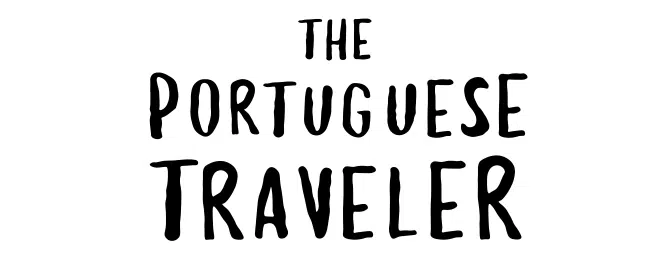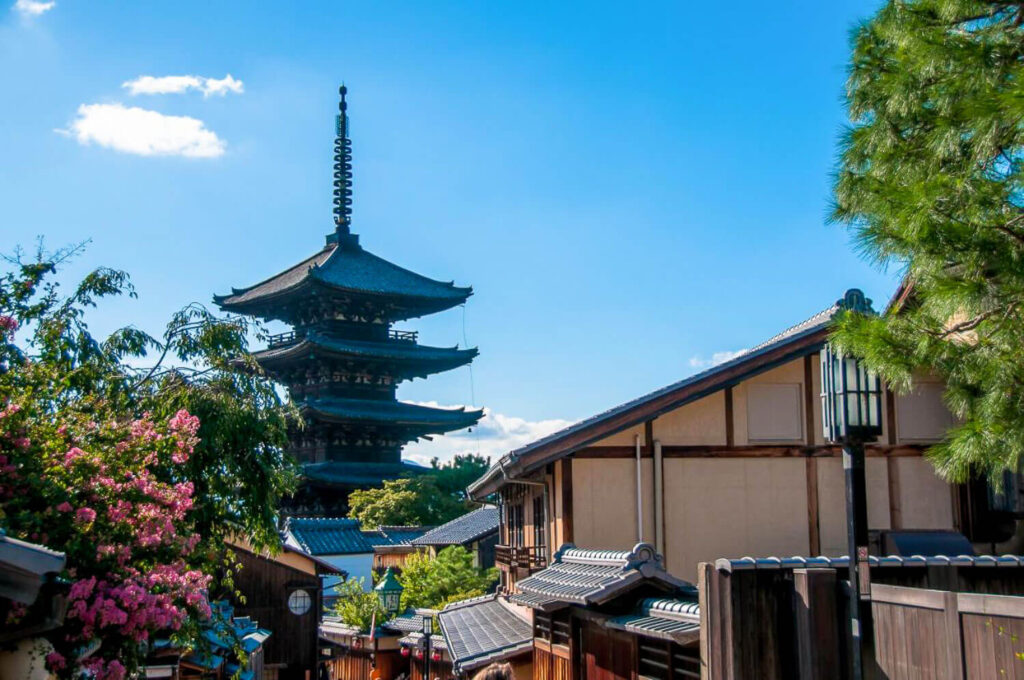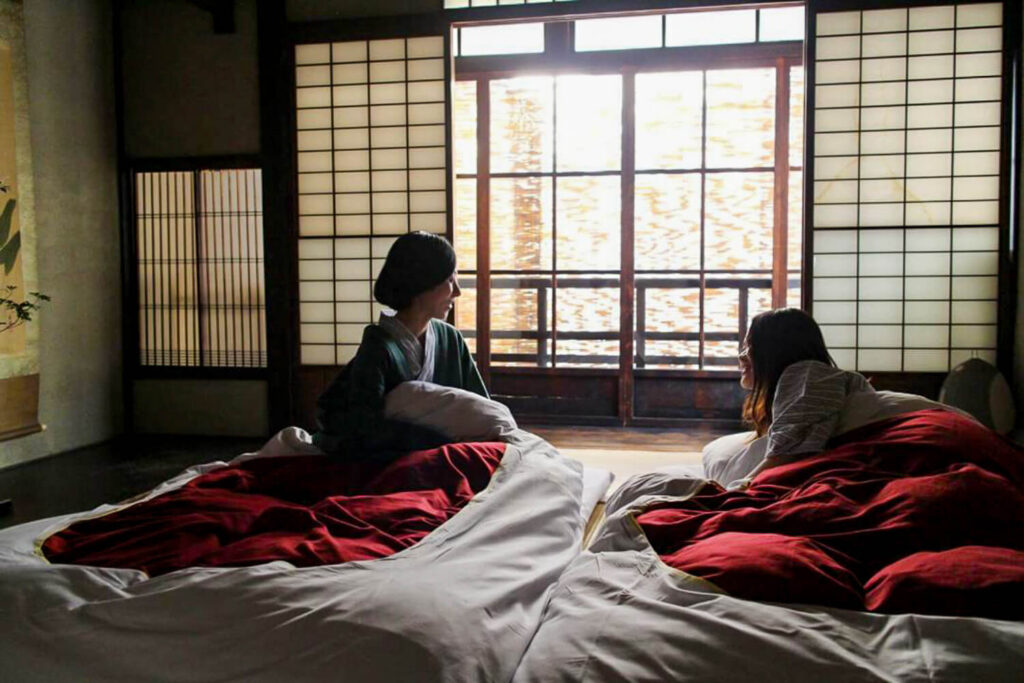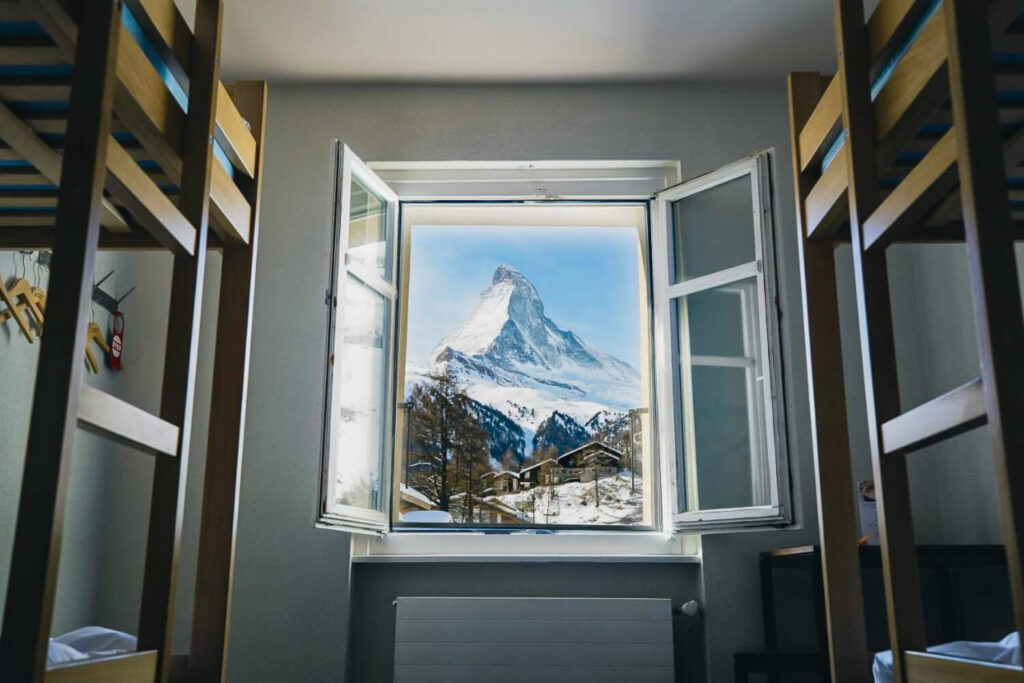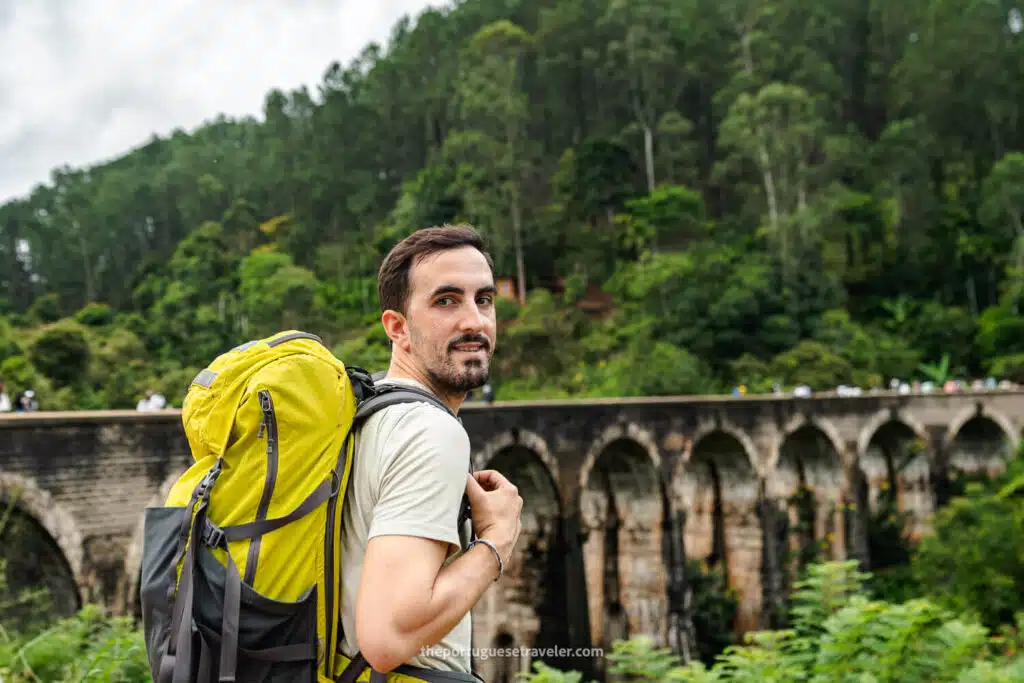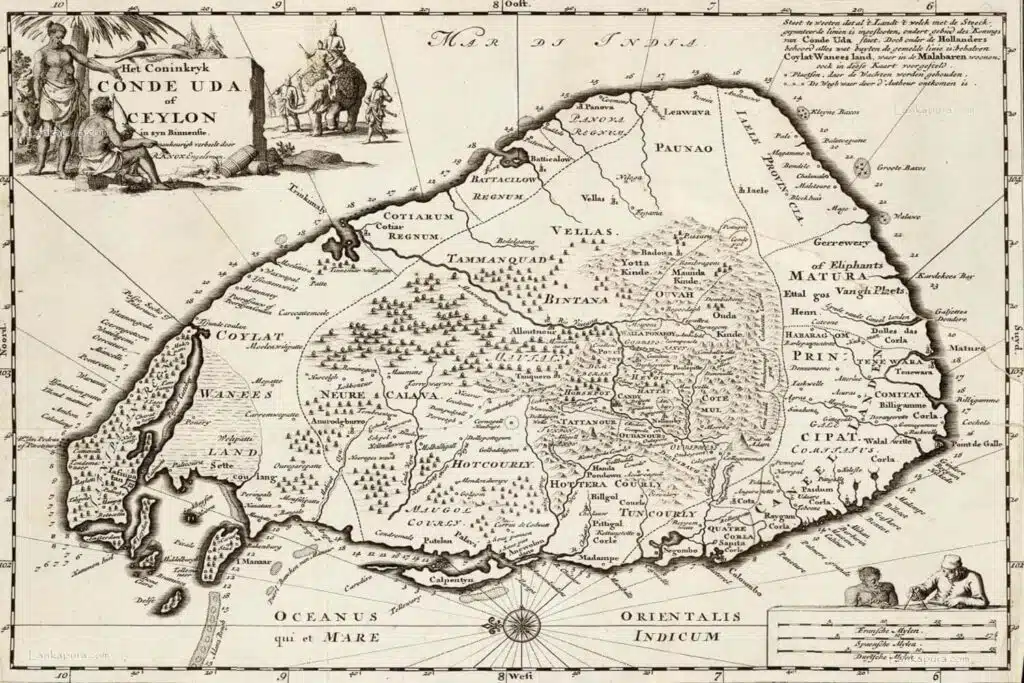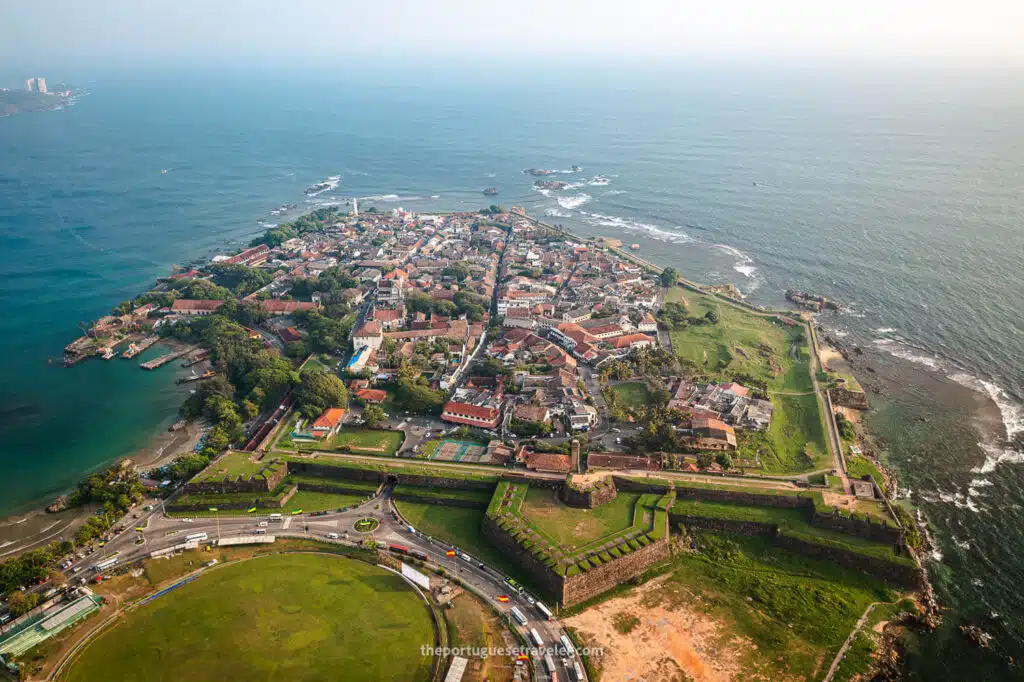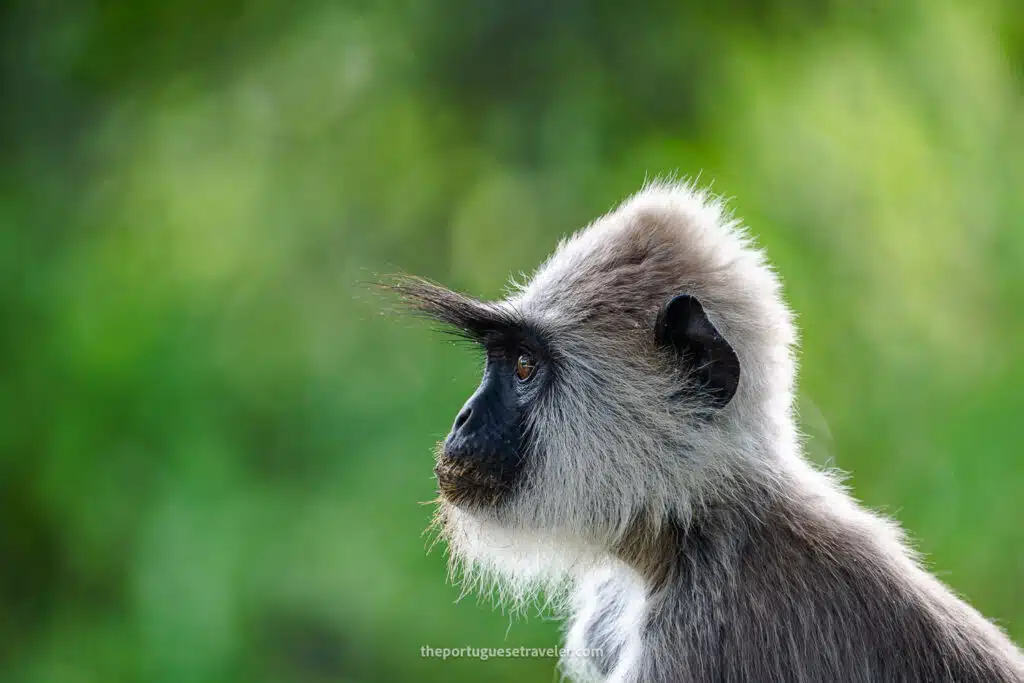Ravana Falls, Cave & Temple in Ella, Sri Lanka
Ravana’s Legacy: History, Myths, and Travel Info
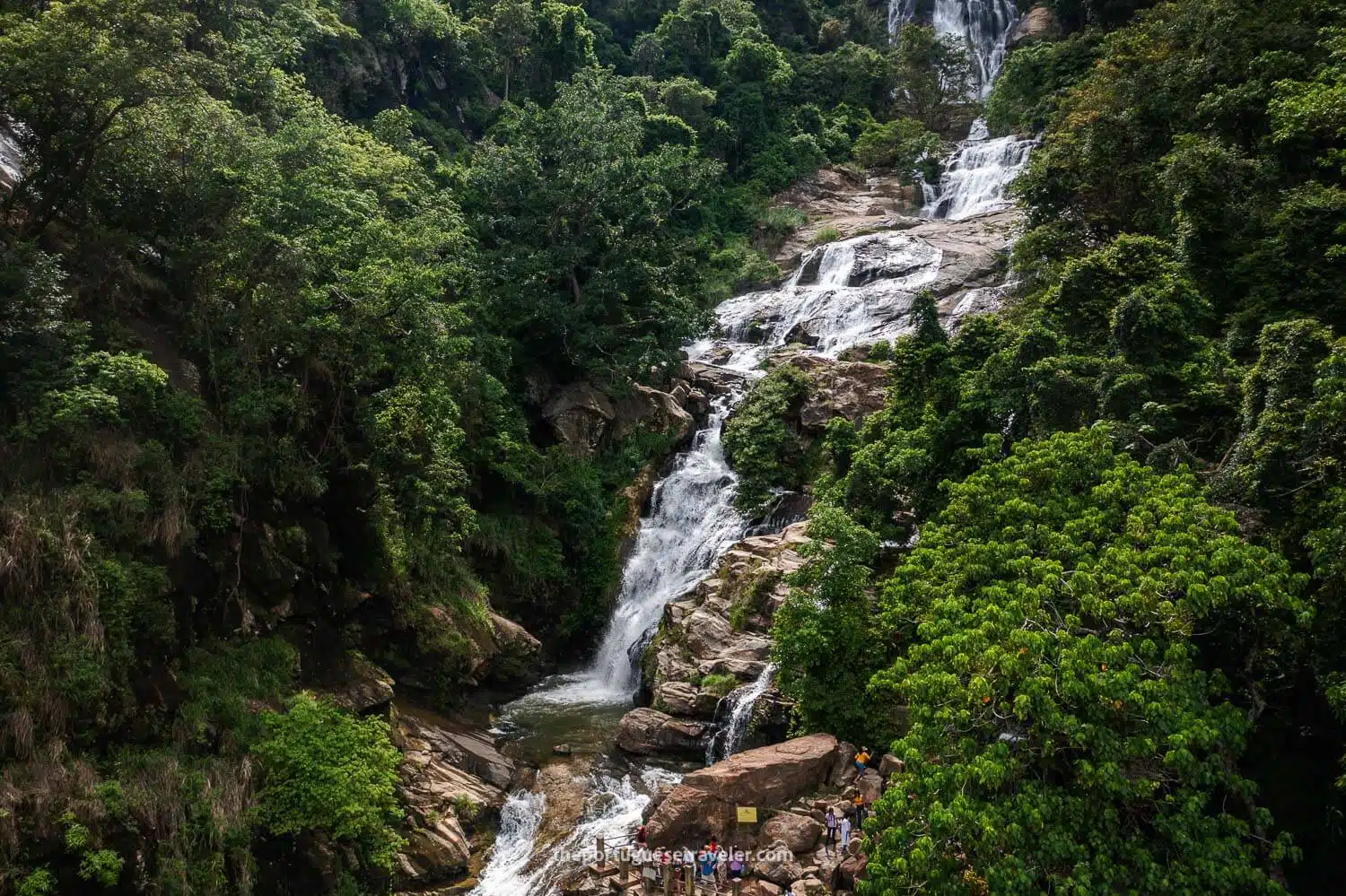
Ravana Falls and the nearby Ravana Cave & Temple are among Ella’s most captivating attractions, blending stunning natural scenery with deep-rooted legend. The 25-meter waterfall, framed by lush greenery, is both a peaceful retreat and a culturally significant site linked to the legendary King Ravana from the Ramayana. Whether you’re snapping photos, taking a dip, or simply enjoying the view, it’s a spot that shouldn’t be missed.
Just minutes away, the Ravana Cave & Temple adds a layer of mystery, said to be the very place where Sita was once hidden. The surrounding myths give the area a unique spiritual and historical atmosphere.
Be sure to include this in your Sri Lanka itinerary – it’s more than just a scenic stop. The mix of mythology, nature, and adventure makes it a truly memorable part of your journey.
Table of Contents
Ravana Falls & Ravana Cave: A Guide to Sri Lanka's Iconic Waterfall and Cave
If you’re traveling to Ella, make sure Ravana Falls is on your itinerary. It’s one of Sri Lanka’s standout natural attractions and absolutely worth the visit. But that’s not all—just a short distance away, you’ll also find Ravana Cave, adding a whole new layer of adventure and mythology to your trip. Here’s everything you need to know to make the most of your visit to both:
Ravana Falls: A Majestic Waterfall
Location:
Ravana Falls is conveniently located along the Ella–Wellawaya Road, just a short drive from Ella town. It’s easy to get to, so whether you’re on a quick stop or a full day of exploring, you’ll find it within reach. The waterfall is visible from the road, but take some time to walk down and enjoy a closer look.
Mythological Connection:
The falls are named after Ravana, the king from the Ramayana who is said to have hidden Sita in a cave near the falls during her captivity. Whether you’re a mythology enthusiast or not, the legend adds an intriguing historical element to the visit. Imagining how this spot fits into Sri Lanka’s rich cultural tapestry makes the experience even more fascinating.
Best Time to Visit:
If you want to see Ravana Falls at its most impressive, try visiting during the rainy season (October to December). The falls get a major boost of water, making the cascade even more powerful. Keep in mind that the rocks can get slippery, so tread carefully. If you’re visiting during the drier months, the flow may be gentler, but the spot remains scenic and beautiful.
Things to Do:
Don’t just snap a quick photo and move on. Take the time to explore the area. The lower pools offer a perfect spot for a refreshing swim—just be cautious of the current. You can also walk around to get various angles of the falls and enjoy the surrounding views. If you’re up for a little adventure, there are nearby hiking trails that lead through the forest, providing even more opportunities to enjoy the natural beauty of the area.
Ravana Cave: A Historical and Mythological Hideaway
Location and Climb:
Just a short walk from Ravana Falls, you’ll find Ravana Cave, which offers another unique and historical experience. To reach the cave, you’ll need to climb around 650 steps carved into the rock. The climb can be a bit challenging, but it’s well worth it for the views and the sense of adventure. The ascent takes about 15–30 minutes, depending on your pace, and leads you to the cave nestled within a large rocky outcrop.
Ticket Price:
During our visit, there was no ticket booth at the entrance, so we didn’t pay to enter. However, there may be a small fee, typically around LKR 200–500 (roughly USD 1–2), in case a booth is present on the day of your visit.
What to Expect:
At the top, the cave itself is simple but holds deep significance in Sri Lankan mythology. It’s believed that Ravana used this cave to conceal Sita during her captivity, making it a site of great historical and cultural importance. While not very large, the cave is a sacred space that ties into the broader narrative of Ravana’s kingdom.
Things to Keep in Mind:
The climb can be slippery, especially after rain, so wear sturdy shoes with good grip. It’s a relatively short hike, but the ascent can be taxing, so be sure to bring water and take your time. The view from the top, along with the historical significance of the cave, makes it an essential part of your visit to the area.
For more information please get in touch with the official tourism board at:
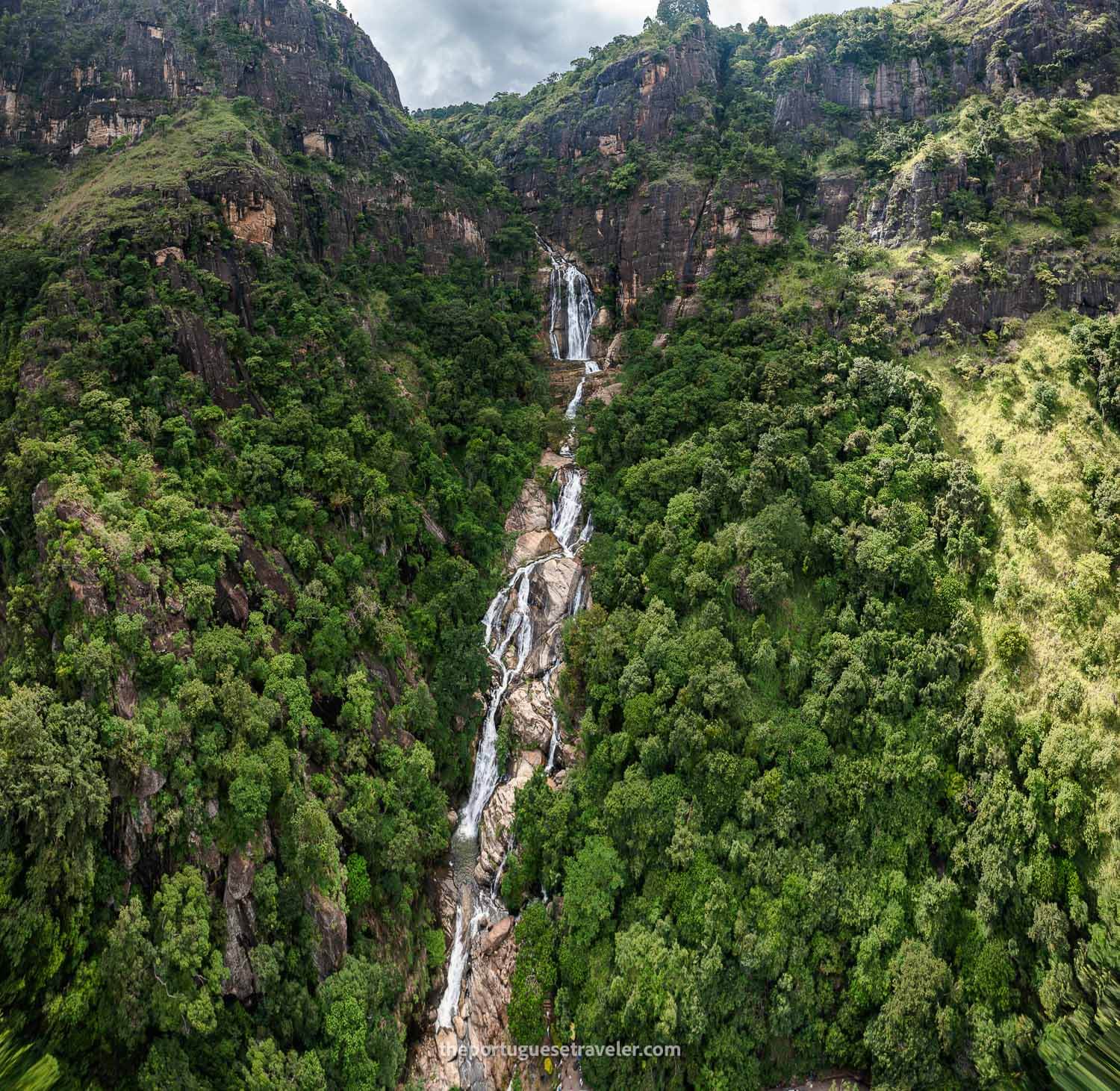
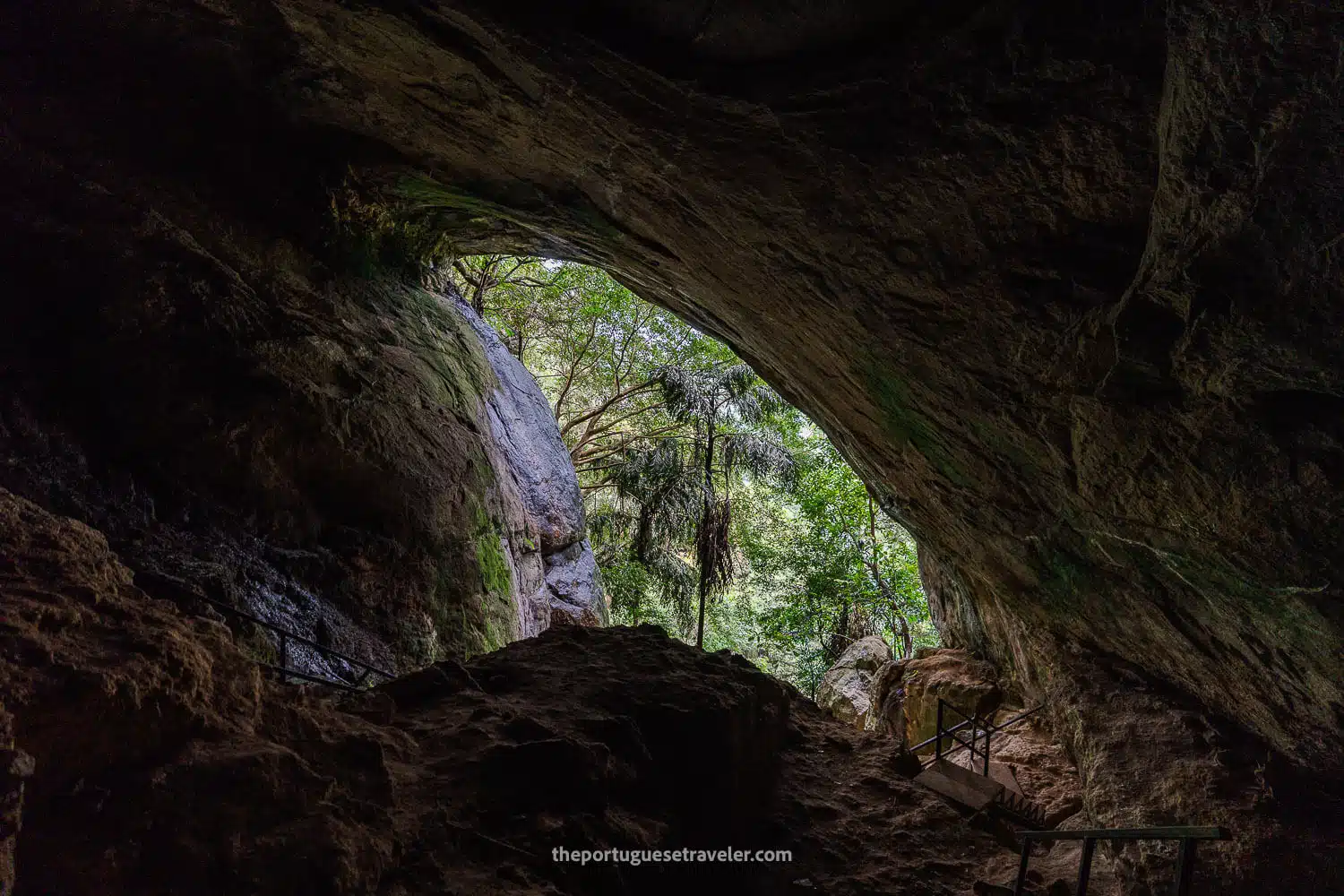
The Legend of King Ravana and the History of Ravana Falls & Cave
For those of you interested in history and mythology, here’s a summary of the significance of Ravana Falls and Ravana Cave, and their connection to the legendary tale of Ravana, Lord Rama, and Sita. These sites, deeply rooted in Sri Lankan folklore, are tied to the epic Ramayana and offer a glimpse into the rich cultural and historical heritage of the island.
The Story of Ravana, Rama, and Sita
Lord Rama
Lord Rama is the central hero of the Ramayana, one of the two major Sanskrit epics of ancient India. He is considered an incarnation of the god Vishnu, sent to the world to rid it of evil. Rama is portrayed as the ideal man—righteous, honorable, and the embodiment of virtue. He was the prince of Ayodhya, destined to be king, but his life took a dramatic turn when he was exiled to the forest for 14 years at the request of his stepmother. During his exile, he was accompanied by his wife, Sita, and his brother Lakshmana.
Ravana
Ravana, in contrast, is depicted as the main antagonist in the Ramayana. He was the mighty king of Lanka (modern-day Sri Lanka) and is often described as a demon king with ten heads, symbolizing his vast intellect and immense power. He was a scholar, a devotee of Lord Shiva, and a skilled warrior, but he was also proud, lustful, and driven by a desire for power. Ravana’s actions, particularly his abduction of Sita, brought him into conflict with Rama. In the Ramayana, Ravana is portrayed as a villain—an embodiment of arrogance and unrighteousness—whose downfall is caused by his disregard for dharma (righteousness).
Sita
Sita is Rama’s wife and the epitome of purity, devotion, and virtue. She is an incarnation of Goddess Lakshmi, the divine consort of Vishnu. Her abduction by Ravana sets the stage for the conflict in the Ramayana. Ravana kidnaps Sita to take revenge on Rama and his brother Lakshmana for their defeat of his sister, Shurpanakha, and to punish Rama for slaying his brother, Khara. Sita’s captivity in Lanka becomes the central focus of the epic as Rama sets out on a quest to rescue her.
Lanka: Ravana’s Kingdom
In the Ramayana, Lanka is described as a majestic, prosperous kingdom that was ruled by Ravana. It was known for its grand palaces, technological advancements, and strategic location, making it nearly invulnerable. The kingdom was located on an island, which many interpret as Sri Lanka. The descriptions of Lanka align closely with modern-day Sri Lanka, especially in the sense of its geographical location and historical significance. In Sri Lankan mythology, Ravana’s Lanka is sometimes seen as a symbol of immense power and grandeur, and the island itself is often considered the heart of Ravana’s domain. The Ramayana describes the city as being made of gold, with towering palaces and advanced architecture.
While Lanka is identified with Sri Lanka in both Indian and Sri Lankan traditions, the exact location of Ravana’s capital is mythological, and different regions in Sri Lanka are claimed to have connections to his kingdom.
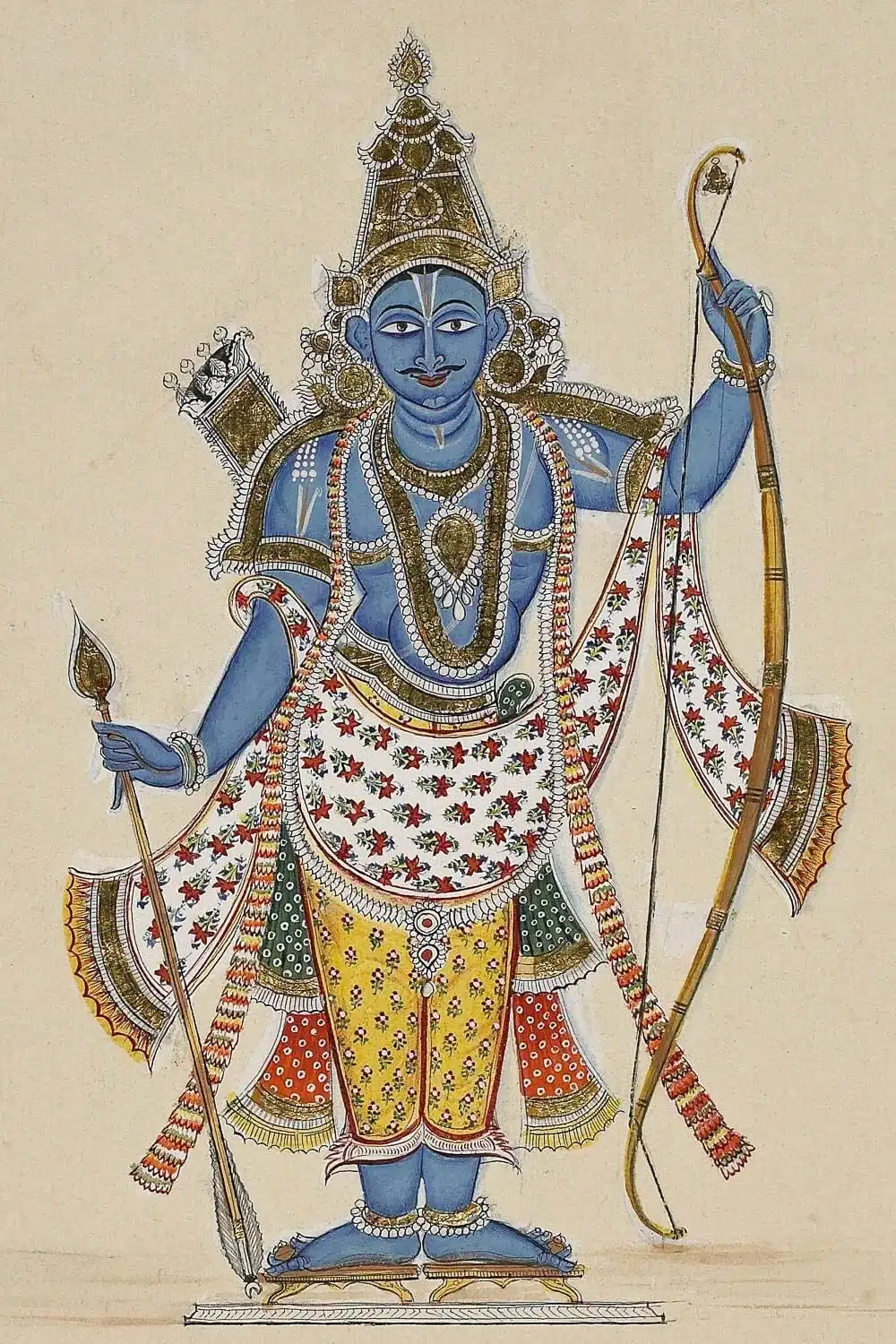
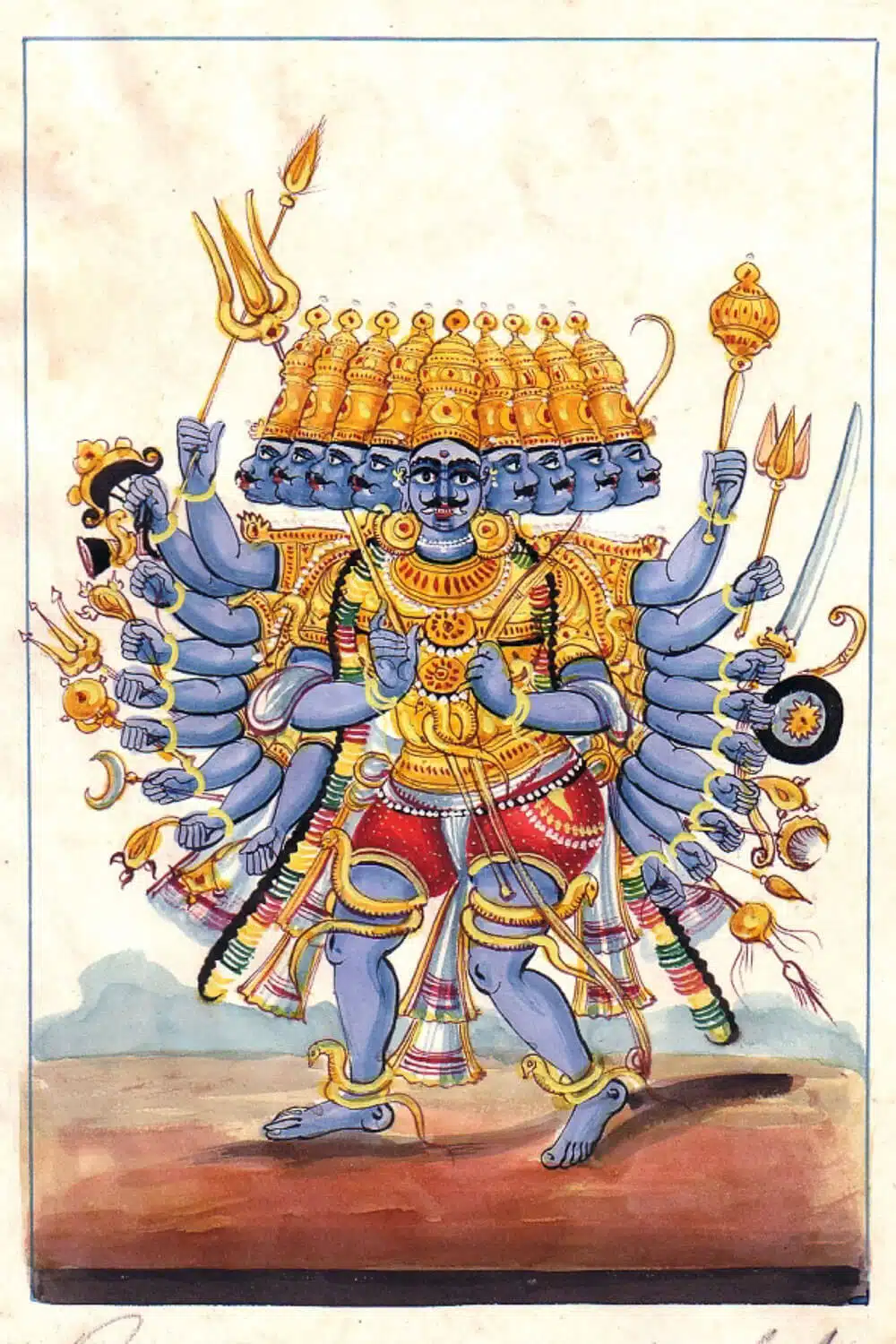
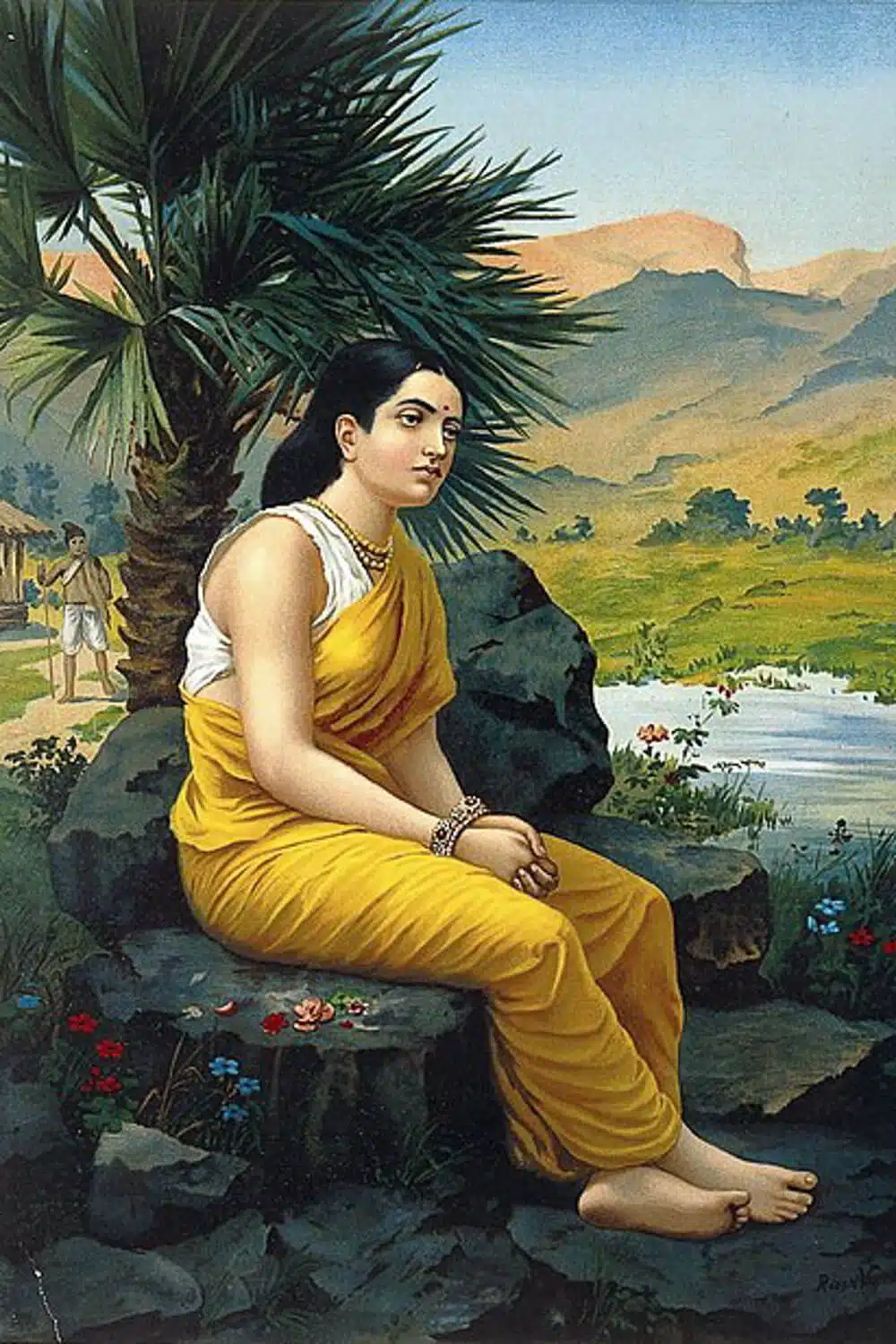
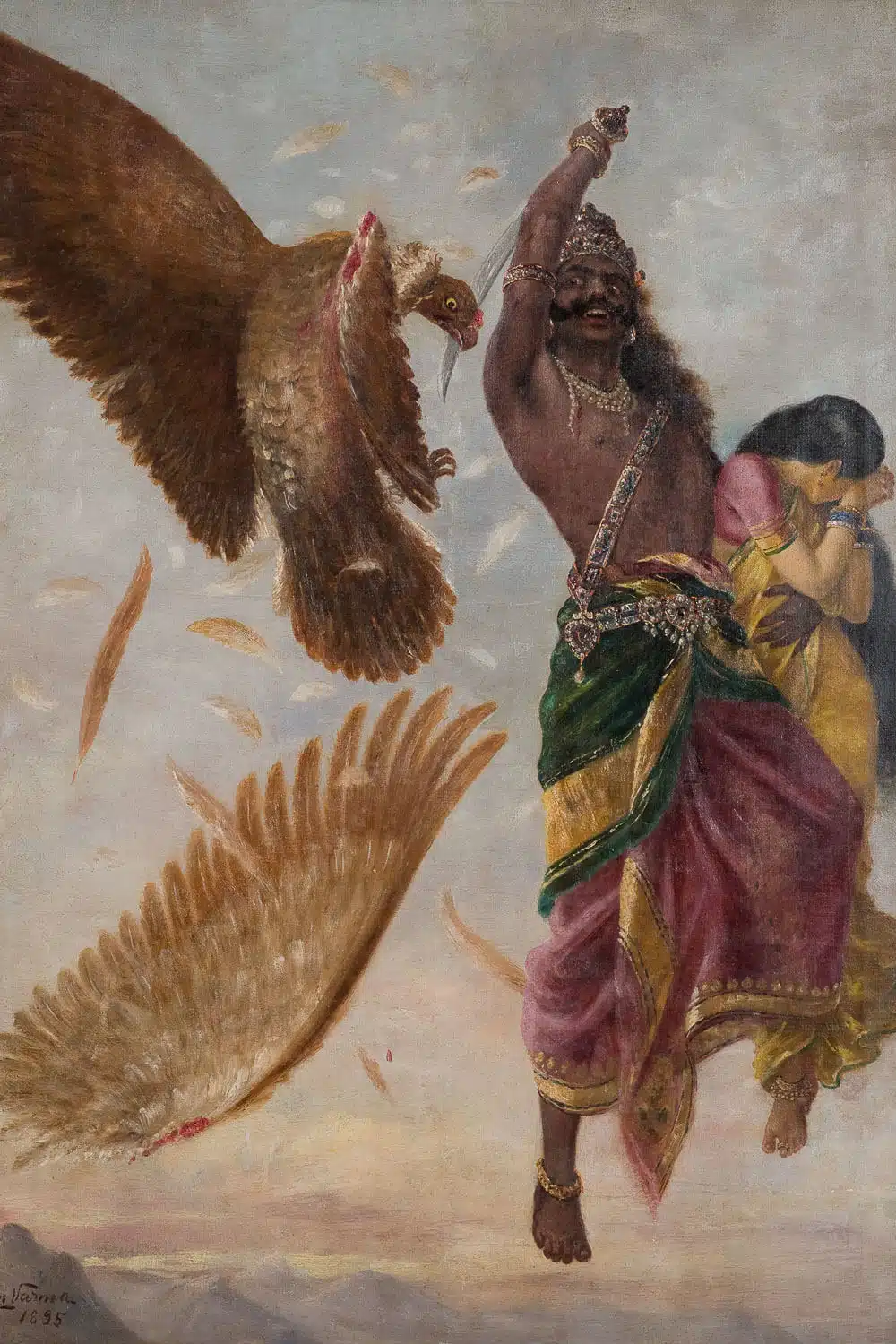
The Battle Between Ravana and Rama
The core of the Ramayana revolves around the conflict between Rama and Ravana. The battle begins after Ravana abducts Sita and takes her to Lanka. Rama, determined to rescue her, sets out with his loyal allies, including Hanuman (the monkey god), Lakshmana, and an army of Vanaras (monkey warriors). The epic builds to the climactic battle between Rama’s forces and Ravana’s army.
- Rama’s Search for Sita: Rama, with the help of Hanuman, builds a bridge from India to Lanka (known as Adam’s Bridge or Rama’s Bridge) to cross the ocean.
- The Final Battle: The battle between Rama and Ravana is intense and lasts several days. Ravana, despite his strength and magical powers, is ultimately defeated by Rama. According to the Ramayana, Ravana had received a boon from Lord Brahma that made him invincible to gods and demons, but he had a vulnerability: he could be killed only by a human. Rama, being an incarnation of Vishnu, was able to kill Ravana with a well-aimed arrow, striking him in his weak spot.
- The Victory of Dharma: Rama’s victory over Ravana symbolizes the triumph of dharma (righteousness) over adharma (unrighteousness). Ravana’s pride, desire for power, and moral failings ultimately led to his defeat.
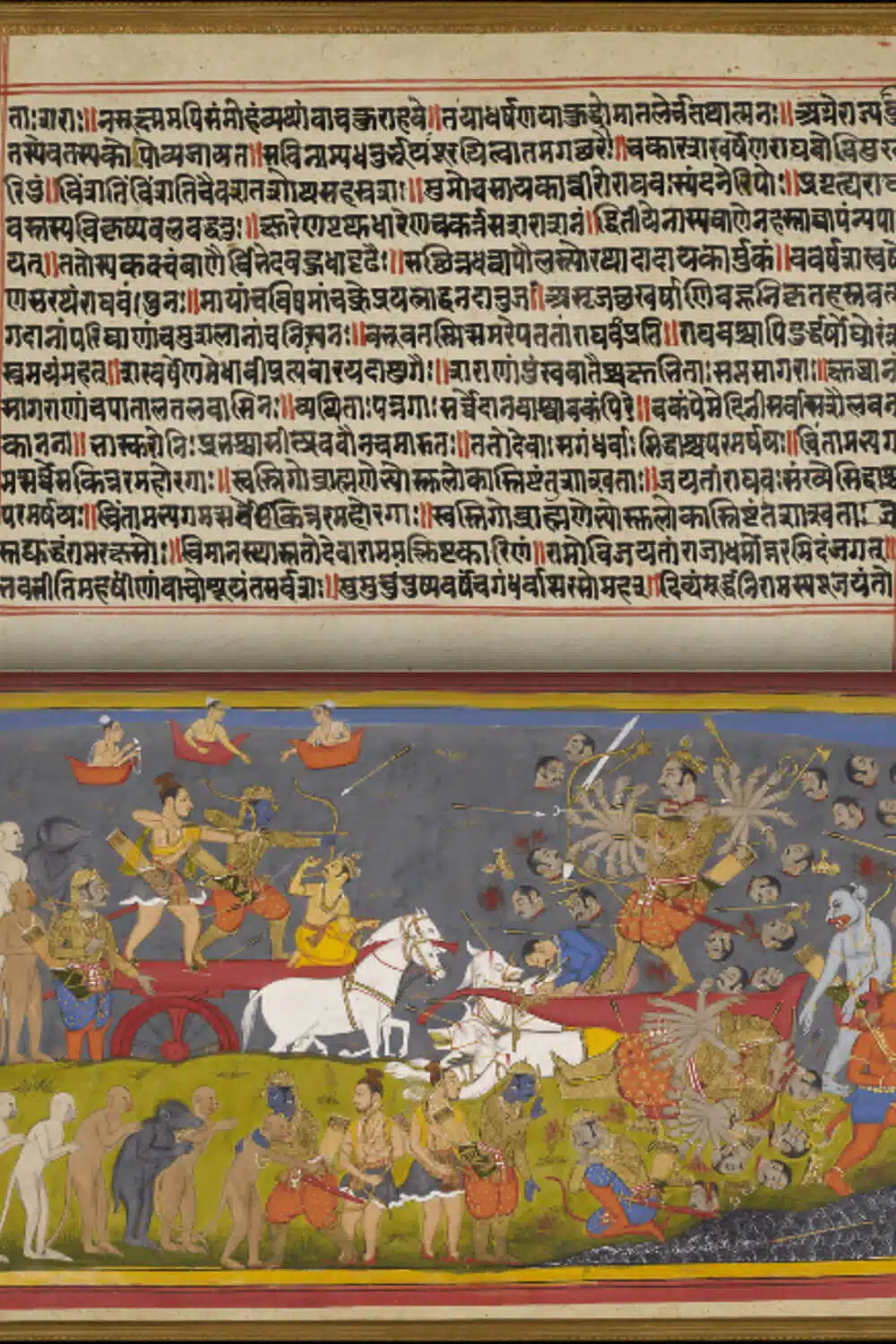
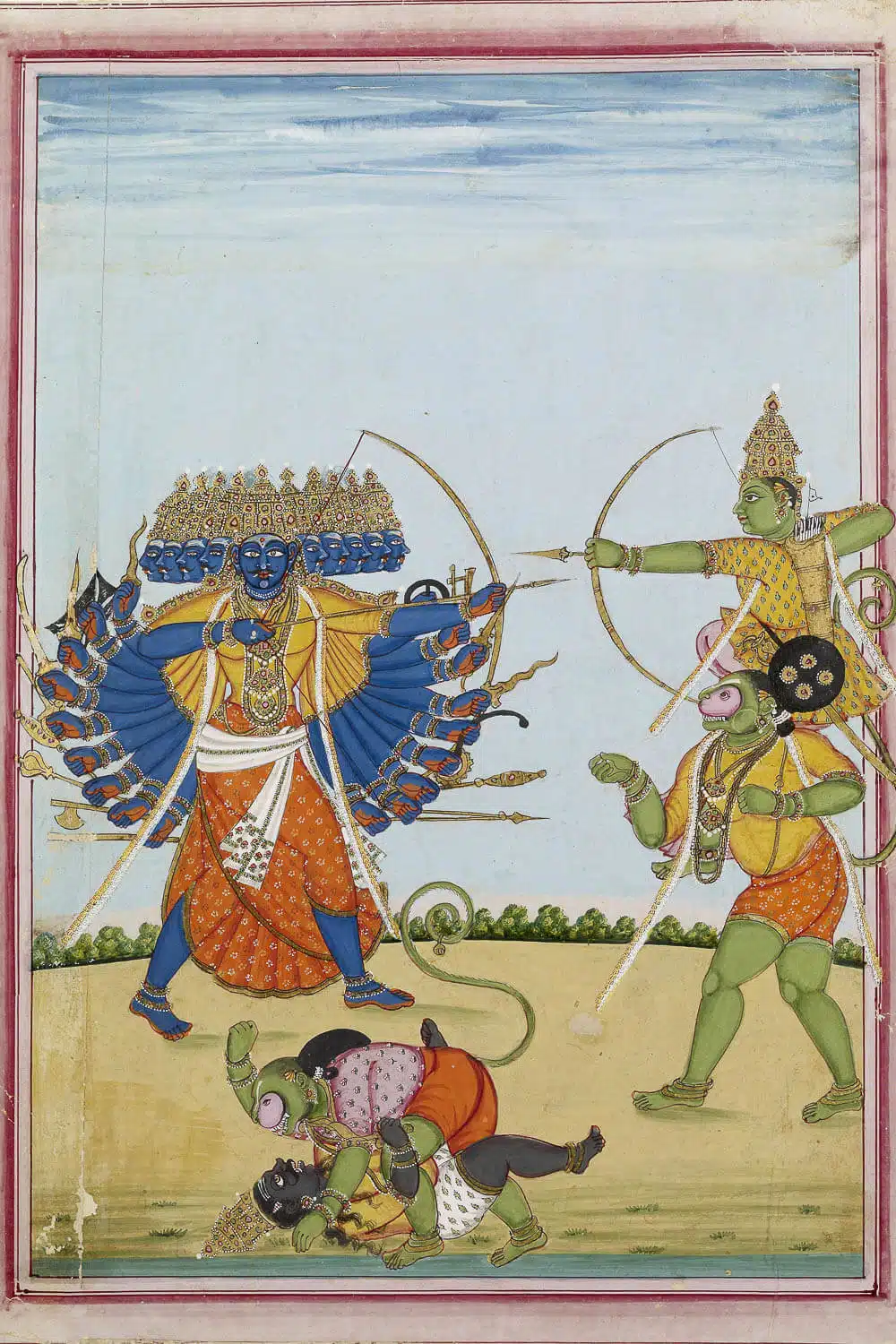
Historical Images Source:
[1] Rama holding arrows, early 19th-century depiction – https://en.wikipedia.org/wiki/Rama
[2] Ravana Painting on Mica, South India, c. 1920 – https://pt.wikipedia.org/wiki/Ravana
[3] Lithograph of Sita in Exile – https://en.wikipedia.org/wiki/Sita
[4] The abduction of Sita by Ravana – https://en.wikipedia.org/wiki/Ravana
[5] Rāma slaying Rāvaṇa, from a royal Mewar manuscript, 17th century – https://en.wikipedia.org/wiki/Ramayana
[6] Rama seated on the back of Hanuman (right) fights Ravana, c. 1820 – https://en.wikipedia.org/wiki/Rama
Why Are Ravana Falls and Ravana Cave Named After Him?
Ravana Falls
Ravana Falls, located in the Ella region of Sri Lanka, is named after Ravana due to its connection with the legend that Ravana brought Sita here during her captivity. It is said that Ravana, in his quest to keep Sita hidden from Rama, took her to this waterfall to rest. The falls, with their beauty and isolation, are believed to be a part of Ravana’s hideout in the region. Today, Ravana Falls is one of Sri Lanka’s most popular tourist attractions, with its serene beauty and mythological significance.
Ravana Cave
The Ravana Cave, located near Ella as well, is another site linked to Ravana. Local legend holds that Ravana used the cave to hide Sita while she was in captivity. It is said to be part of a network of caves and tunnels that Ravana constructed for his strategic purposes. Some even believe the cave was used as a shelter for Ravana during battles. Archaeologists have studied the cave, and evidence of ancient human habitation has been found there.
The Moral Behind the Story of Ravana
The story of Ravana’s rise and fall is rich with moral lessons, particularly the consequences of unchecked pride and desire:
- Pride and Arrogance: Ravana’s arrogance and sense of invincibility led him to abduct Sita, disregarding the moral law of dharma. His downfall was a result of his refusal to respect the boundaries of righteous conduct.
- The Triumph of Dharma: Rama’s victory over Ravana is a classic representation of the victory of good over evil. It illustrates that no matter how powerful one becomes, righteousness will ultimately prevail.
The moral lessons in the Ramayana serve as a reminder of the dangers of excessive pride and the importance of adhering to virtue and dharma.
Sri Lankan and Indian Views on Ravana
In Indian traditions, Ravana is often depicted as the epitome of villainy. In the Ramayana, he is a symbol of evil, who challenges the gods and abducts Sita, setting in motion a series of events that lead to his defeat. Ravana’s ten heads represent his great intellect and power, but his failure to uphold righteousness in the face of his knowledge is a key reason for his defeat.
In Sri Lankan traditions, however, Ravana is viewed more sympathetically, sometimes even revered. Many Sri Lankans see him as a great king who brought prosperity and advancements to his kingdom. His knowledge of astrology, medicine, and architecture is celebrated, and some even regard him as a heroic figure who fought for the protection of his people.
This contrast in perspectives stems from different cultural interpretations of Ravana’s legacy, with India focusing on his moral failings and Sri Lanka highlighting his strengths as a ruler and visionary.
Why Visit the Ravana Falls?
If you’re planning a trip to Ella, be sure to visit Ravana Falls. Just a short drive from the town, this 25-meter waterfall is surrounded by lush greenery, making it a peaceful and scenic stop. The falls are also steeped in myth, as they are linked to the legendary King Ravana from the Ramayana. Whether you take a dip in the pools below or simply enjoy the view, Ravana Falls is a must-see.
While in the area, you can also explore the nearby Nine Arches Bridge or hike up to Little Adam’s Peak for incredible views. For even more adventure, check out the Ravana Cave, which is believed to have been a hiding place for Sita in the Ramayana. Additionally, Diyaluma Falls, one of Sri Lanka’s tallest waterfalls, is just a short drive away and offers stunning views and a chance to experience more of the area’s natural beauty. These attractions and Ravana Falls make Ella a perfect destination for nature lovers and adventurers.
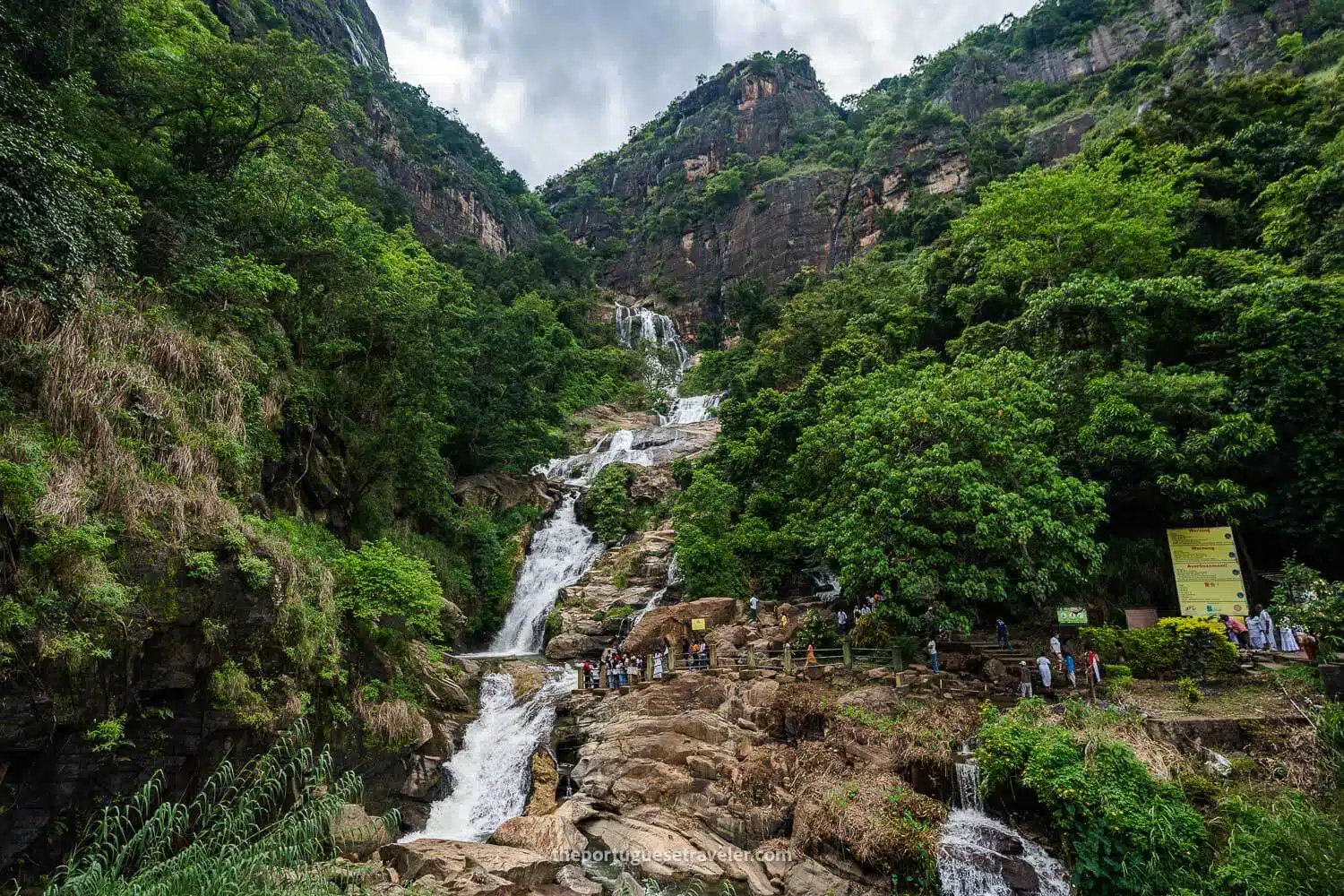
When is The Best Time to Visit the Ravana Falls?
The best time to visit Ravana Falls and the Ravana Cave is during the dry season, from November to April, when the weather is more pleasant and the trails are easier to navigate. This is the ideal time for outdoor activities like hiking and exploring the cave.
However, if you want to see Ravana Falls at its most dramatic, visit during the rainy season (May to October). The waterfall’s flow is at its peak, but the rocks can be slippery, so take extra care.
Visiting the Ravana Cave & Temple is possible year-round, but if you want to avoid the crowds, it’s best to go early in the morning or later in the afternoon.
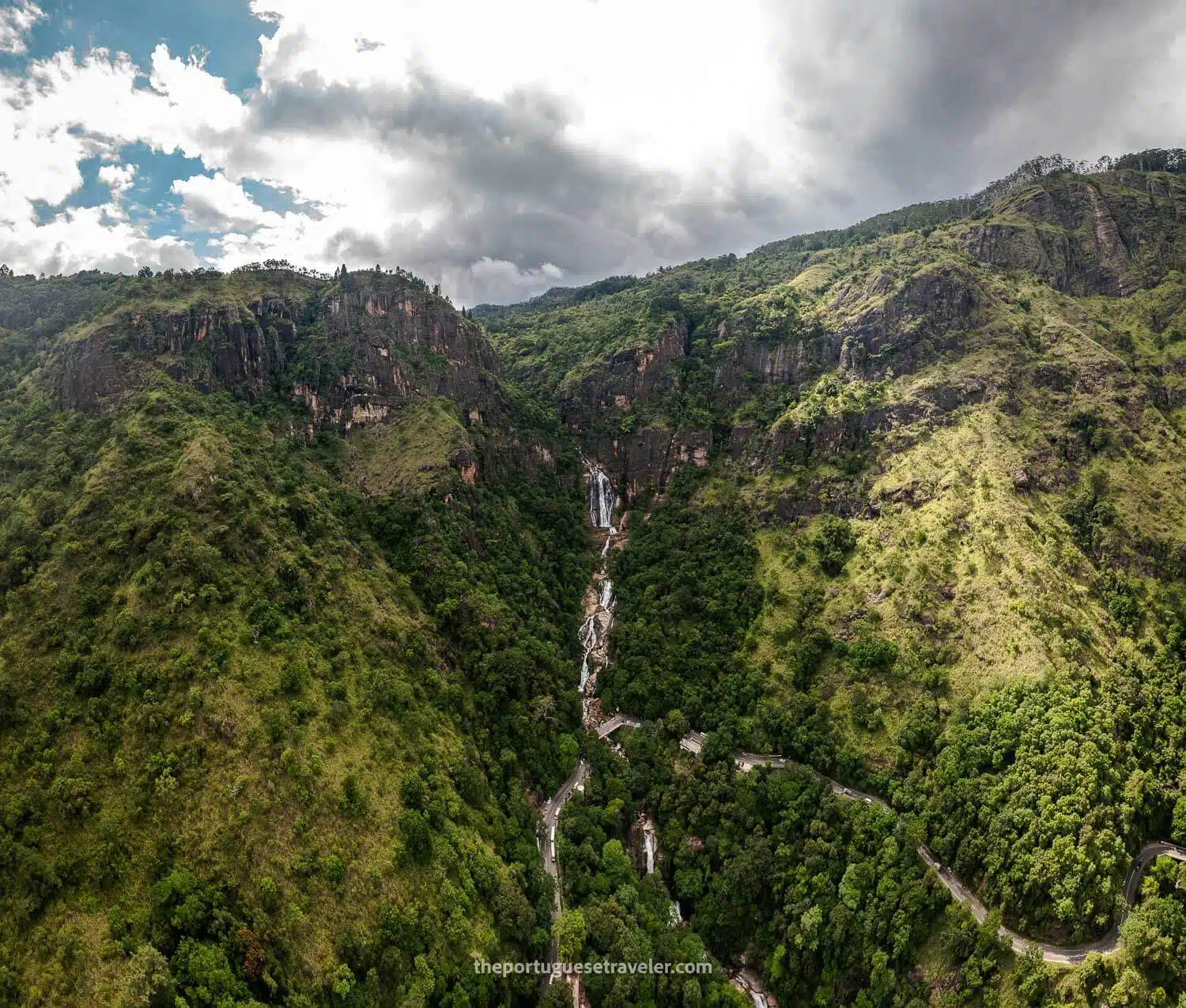
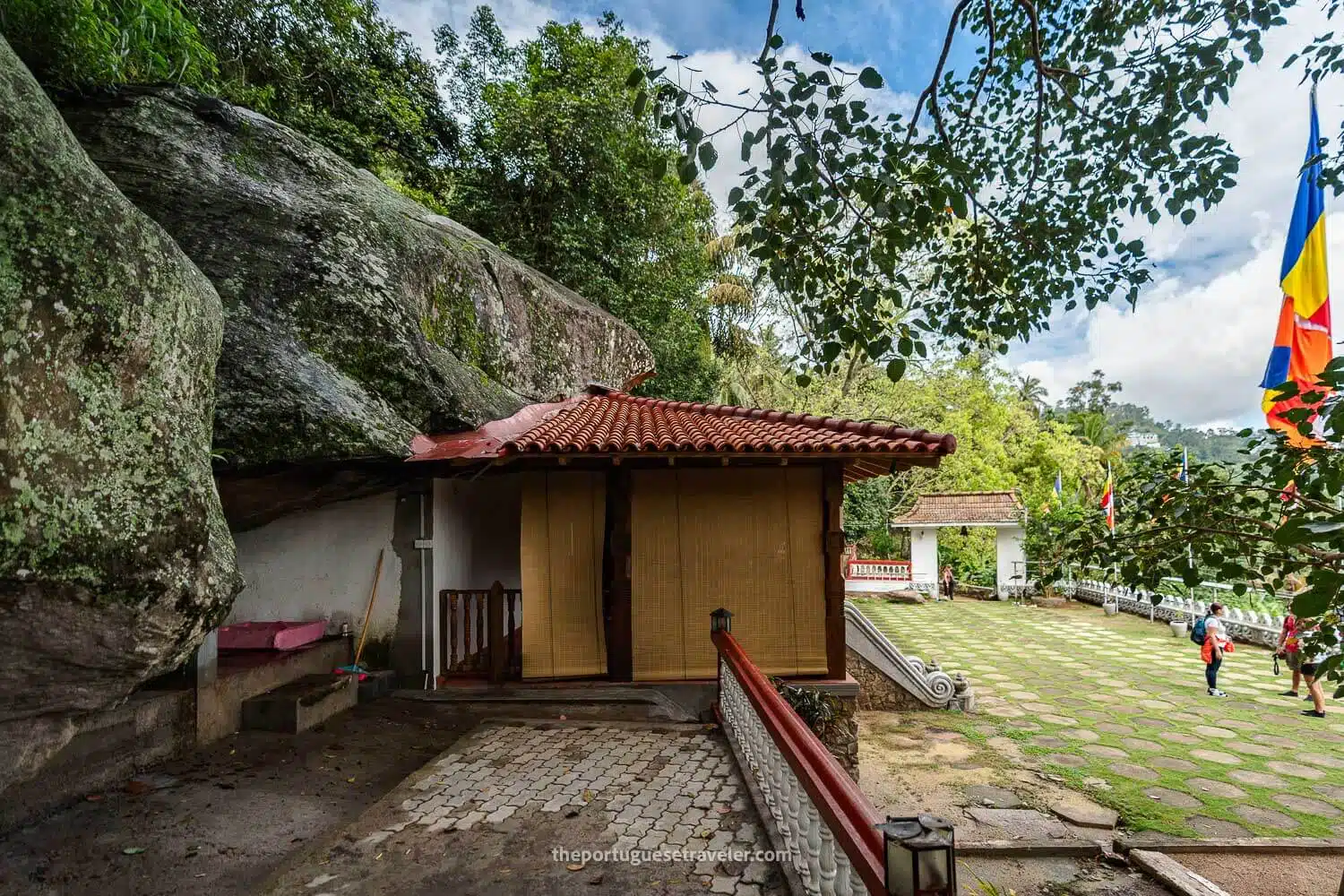
How to Get to the Ravana Falls and the Ravana Cave?
Reaching Ravana Falls and Ravana Cave & Temple from Ella is easy with several travel options to choose from. Below are the best ways to get to both destinations:
From Ella to Ravana Falls
Private Car/Taxi:
- Time: 15 to 20 minutes
- Details: This is the most convenient and comfortable option for getting to Ravana Falls. If you’re traveling with a group or prefer a direct route, this is the best choice.
Tuk-Tuk:
- Time: 15 to 20 minutes
- Details: A tuk-tuk ride is an affordable and fun way to reach Ravana Falls. It offers flexibility and provides an opportunity to experience local transportation.
Walk:
- Time: 45 minutes to 1 hour
- Details: If you enjoy hiking, consider walking from Ella to Ravana Falls. The scenic path takes you through lush landscapes and local villages, giving you a chance to explore the area at a leisurely pace.
From Ella to Ravana Cave & Temple
Private Car/Taxi:
- Time: 15 to 20 minutes
- Details: This is the quickest and most comfortable option for reaching Ravana Cave & Temple. It’s a short ride and ideal for those who want to reach the temple directly without any hassle.
Tuk-Tuk:
- Time: 15 to 20 minutes
- Details: Tuk-tuks are a popular, affordable, and fun way to get to Ravana Cave. They are a convenient option that offers flexibility based on your schedule.
Walk:
- Time: 45 minutes to 1 hour
- Details: You can also hike from Ella to Ravana Cave. This scenic walk takes you through beautiful surroundings, making it an enjoyable and peaceful way to reach the temple.
From Ravana Falls to Ravana Cave & Temple
Private Car/Taxi:
- Time: 10 minutes
- Details: A short ride by private car or taxi is the quickest way to get from Ravana Falls to Ravana Cave & Temple. It’s the best option for those looking for comfort and a direct route.
Tuk-Tuk:
- Time: 10 minutes
- Details: Tuk-tuks are a convenient, affordable choice for traveling between Ravana Falls and Ravana Cave. They provide a quick and flexible way to get from one site to the other.
Walk:
- Time: 20 to 30 minutes
- Details: For those who enjoy hiking, you can walk from Ravana Falls to Ravana Cave. This short hike will allow you to explore the area and enjoy the surrounding landscape.
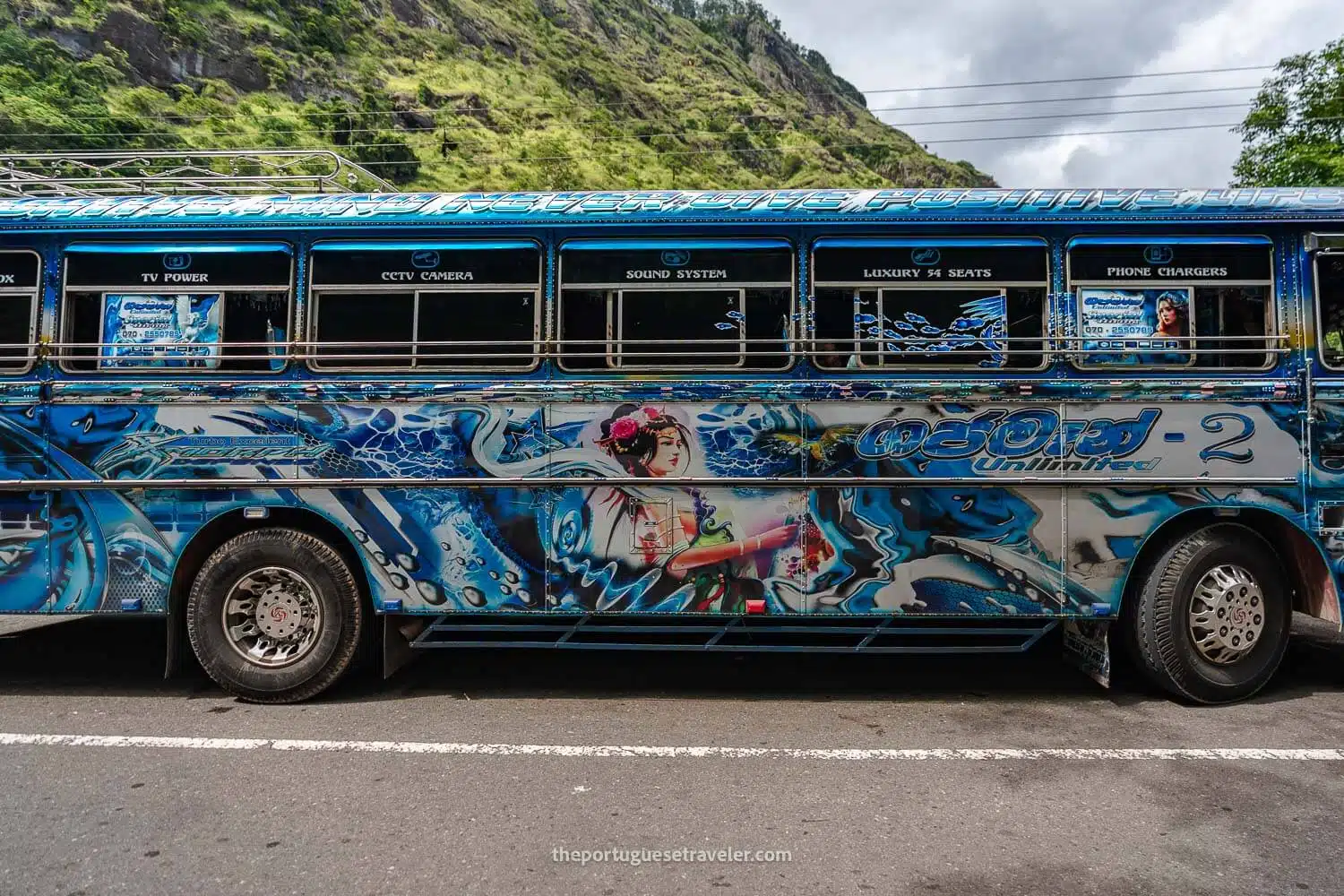
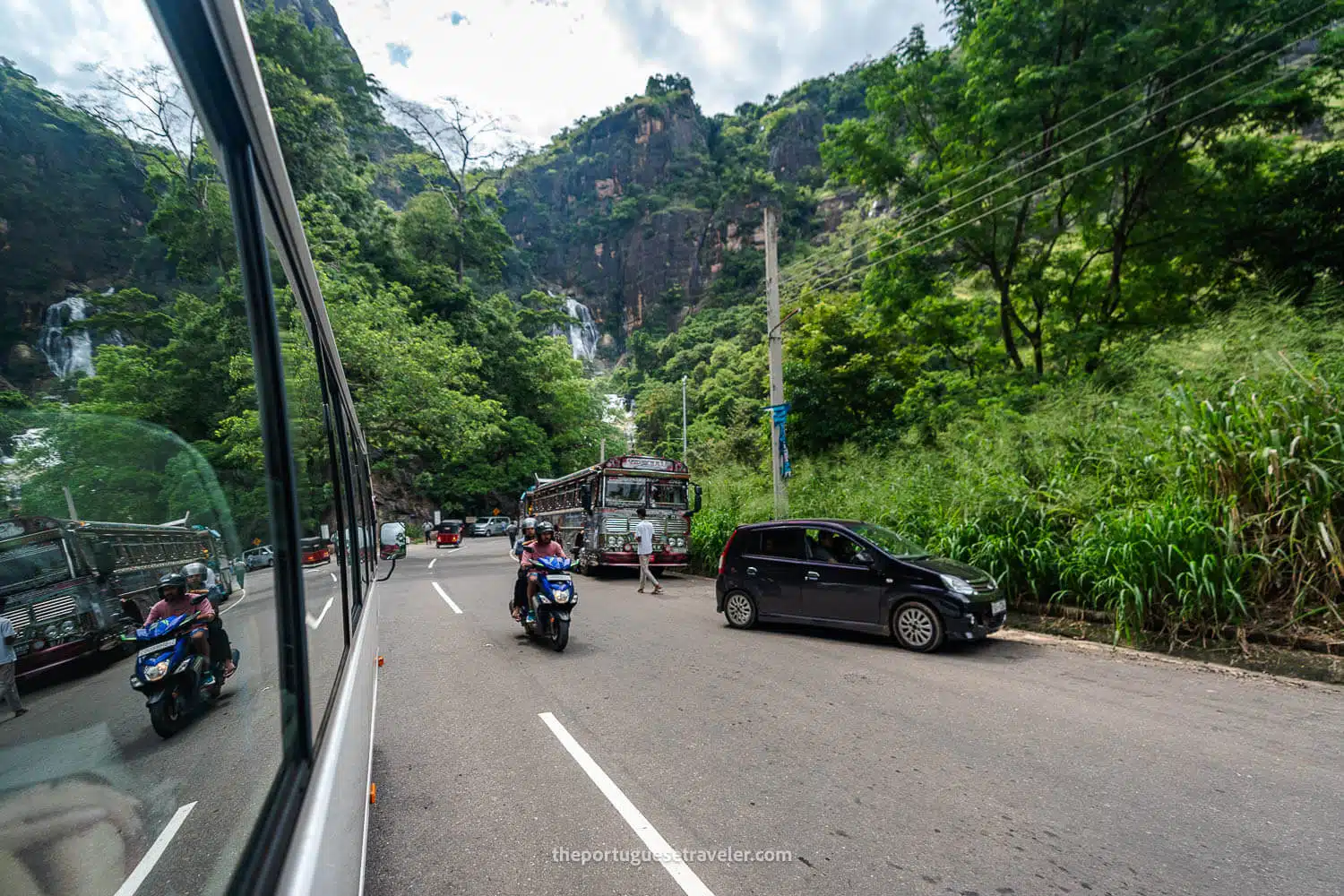
How to Get from Colombo to Ella?
If you’re traveling from Colombo to Ella, there are several options to consider, each with its own set of pros and cons. Here’s a breakdown of the available transportation options and estimated travel times:
- Time: 5 to 6 hours
- Details: This is the most comfortable and convenient option, offering flexibility and a direct route to Ella. If you’re traveling with a group or have a lot of luggage, it’s definitely the best choice. A tuktuk ride is also possible for a more adventurous journey, but it will take longer and may not be as comfortable.
- Time: 6 to 7 hours
- Details: Buses from Pettah Bus Terminal in Colombo to Ella are an affordable option. However, be prepared for possible delays and crowded conditions. It’s definitely a more budget-friendly choice, but comfort and timeliness may vary.
- Time: 6 to 7 hours
- Details: Taking the train from Colombo to Ella is one of the most scenic routes you can take in Sri Lanka. The Kandy to Ella train ride offers stunning views of lush green landscapes and is often considered one of the most beautiful train journeys in the world. Note that you may need to change trains at Kandy or Nanu Oya depending on your schedule. (Check schedules here)
- Time: 5 to 6 hours
- Details: If you’re on a guided tour, transportation is often included, and you’ll enjoy a hassle-free ride to Ella. This is a great option if you prefer to sit back and relax while someone else handles the logistics.
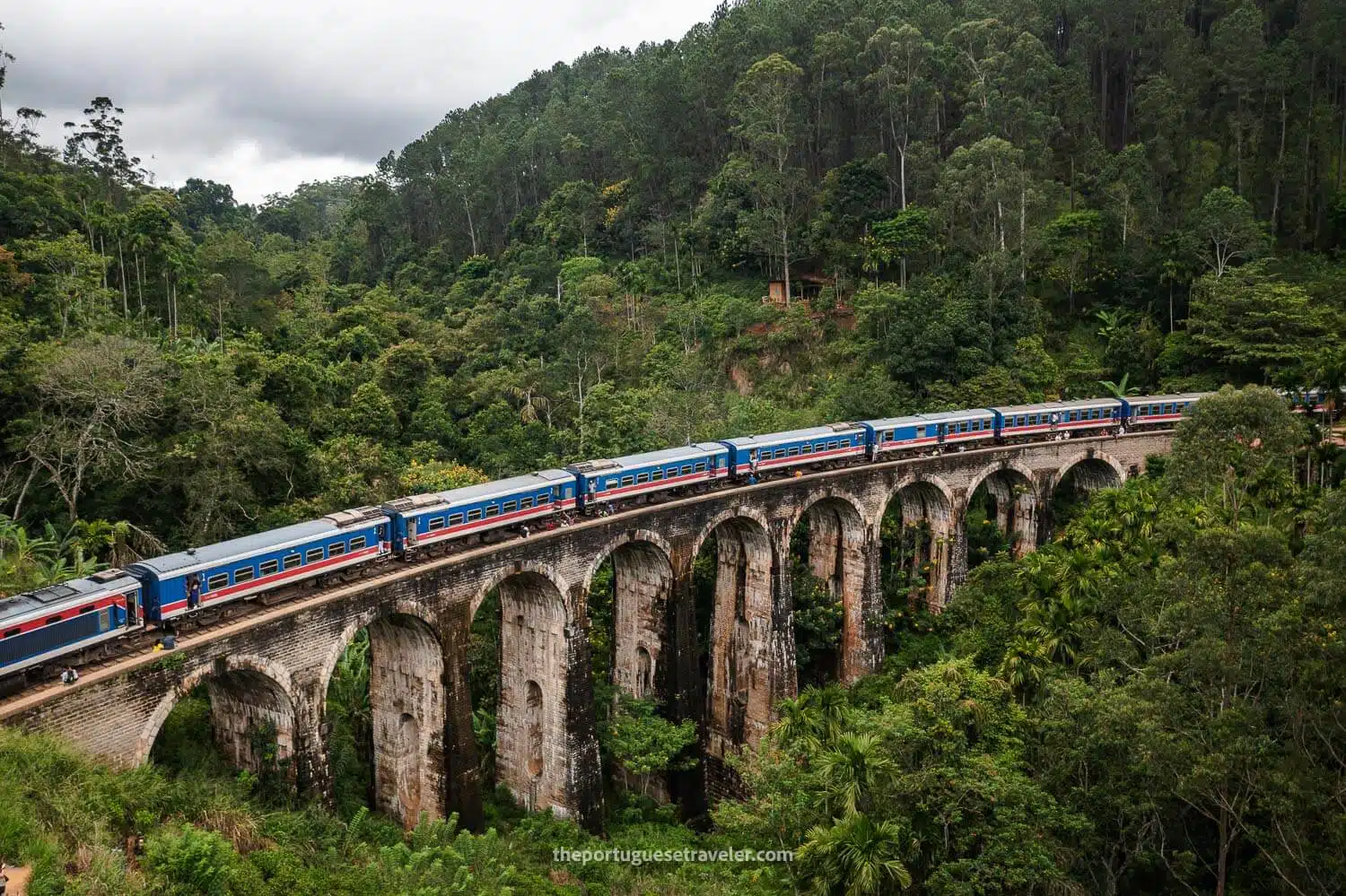
Where to Stay near Ravana Falls?
If you’re planning to visit Ravana Falls, staying in Ella is a fantastic choice to make your trip even more enjoyable. This charming hill town provides a range of accommodations, from upscale resorts with stunning views of the surrounding mountains and lush greenery, to budget-friendly guesthouses offering a cozy and authentic experience.
Ella’s central location means you’ll be just a short drive away from Ravana Falls, making it easy to visit the falls at any time and fully soak in its natural beauty. Whether you’re after a bit of luxury or looking to experience local hospitality, you’ll find the perfect place to unwind after a day exploring the falls and nearby attractions.
Luxury:
- 98 Acres Resort & Spa – Set within a stunning tea estate, close to Nine Arch Bridge and Little Adam’s Peak. Offers a luxurious experience with an outdoor pool, and beautifully designed rooms.
- EKHO Ella – Located near top attractions like the Nine Arches Bridge and Little Adam’s Peak, EKHO Ella offers breathtaking views of the Ella Gap. The boutique hotel features 14 stylish rooms, including Junior Suites with private Jacuzzis, blending comfort and luxury for a perfect hill-country retreat.
Boutique:
- Arawe Retreat – A peaceful, newly renovated 150-year-old nature cottage. Perfect for couples, surrounded by nature with stunning views of rice paddies.
- Tea Cabins – A boutique spot with lovely rooms, a garden, and a pool, located a short walk from the Nine Arch Bridge and Ella Spice Garden.
Mid-range:
- Green Nature Paradise Ella – Located near Nine Arch Bridge, it has great views and is an ideal spot for cycling. Offers a delicious breakfast and great service.
- The Black Stone – A quirky guesthouse with unique decor, a roof terrace, and easy access to nearby attractions like Nine Arch Bridge and Little Adam’s Peak.
Budget:
- Eagle View Villa – A budget-friendly romantic retreat with stunning views and delicious breakfast, about 25 minutes from Ella Town Center.
- Ella Mount View Guest Inn – Close to Nine Arch Bridge, this cozy inn features scenic views, free WiFi, and on-site dining. Guests can rent bikes, enjoy the peaceful garden, and explore nearby attractions.
Hostels:
- Wild Bee Hostel – A friendly hostel near Ella’s high street, offering a great vibe and vegetarian breakfast with a fantastic view of the mountains.
- Down Town Hostel Ella – A budget-friendly option with organized activities, close to the railway tracks and attractions like Ella Rock.
For more accommodation options across Sri Lanka, check out my articles on The 20 Best Hotels in Sri Lanka, The 10 Best Luxury Hotels in Sri Lanka, and The 10 Best Hostels in Sri Lanka.
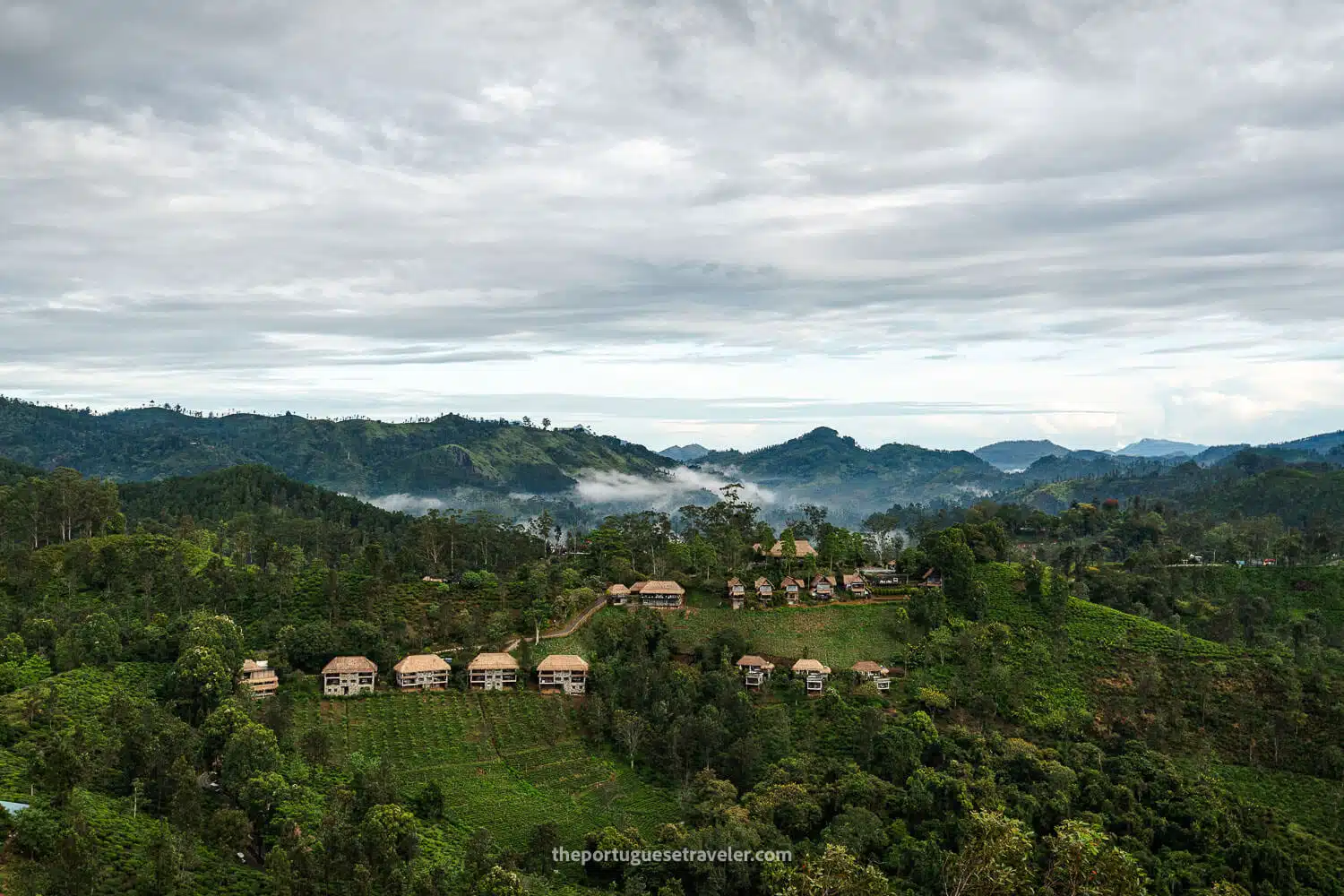
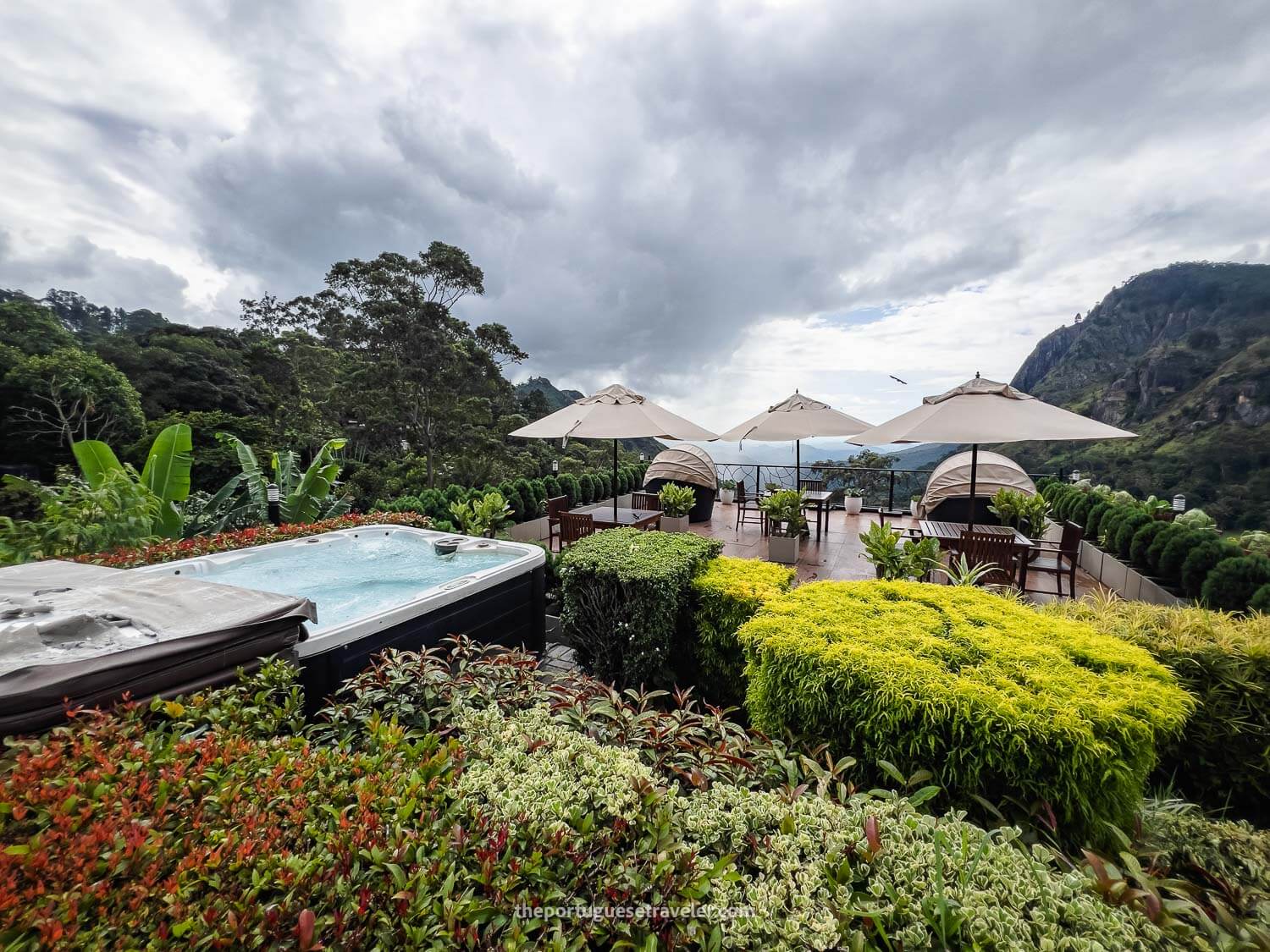
Where to Eat and Drink near the Ravana Falls?
If you’re looking for somewhere to eat near the Ravana Falls or Ravana Cave, my advice is to head into Ella—it’s the best place for great food. For a mix of local and international dishes, you can’t go wrong with Cafe Chill. It’s right in the center of town and perfect for breakfast, lunch, or dinner with a menu that has something for everyone.
If you’re in the mood for authentic Sri Lankan flavors, I recommend checking out Matey Hut. It’s a small, laid-back spot just off the main street, and their roti and kotu are fantastic. For something lighter and healthier, try Rainbow Inn for smoothie bowls and vegan salads. And if you’re craving pizza, MozzarElla by Nero Kitchen is a must-visit.
Don’t forget to keep an eye out for local vendors as you explore—they sell refreshing drinks, snacks, and other treats, which are great for a quick pick-me-up!
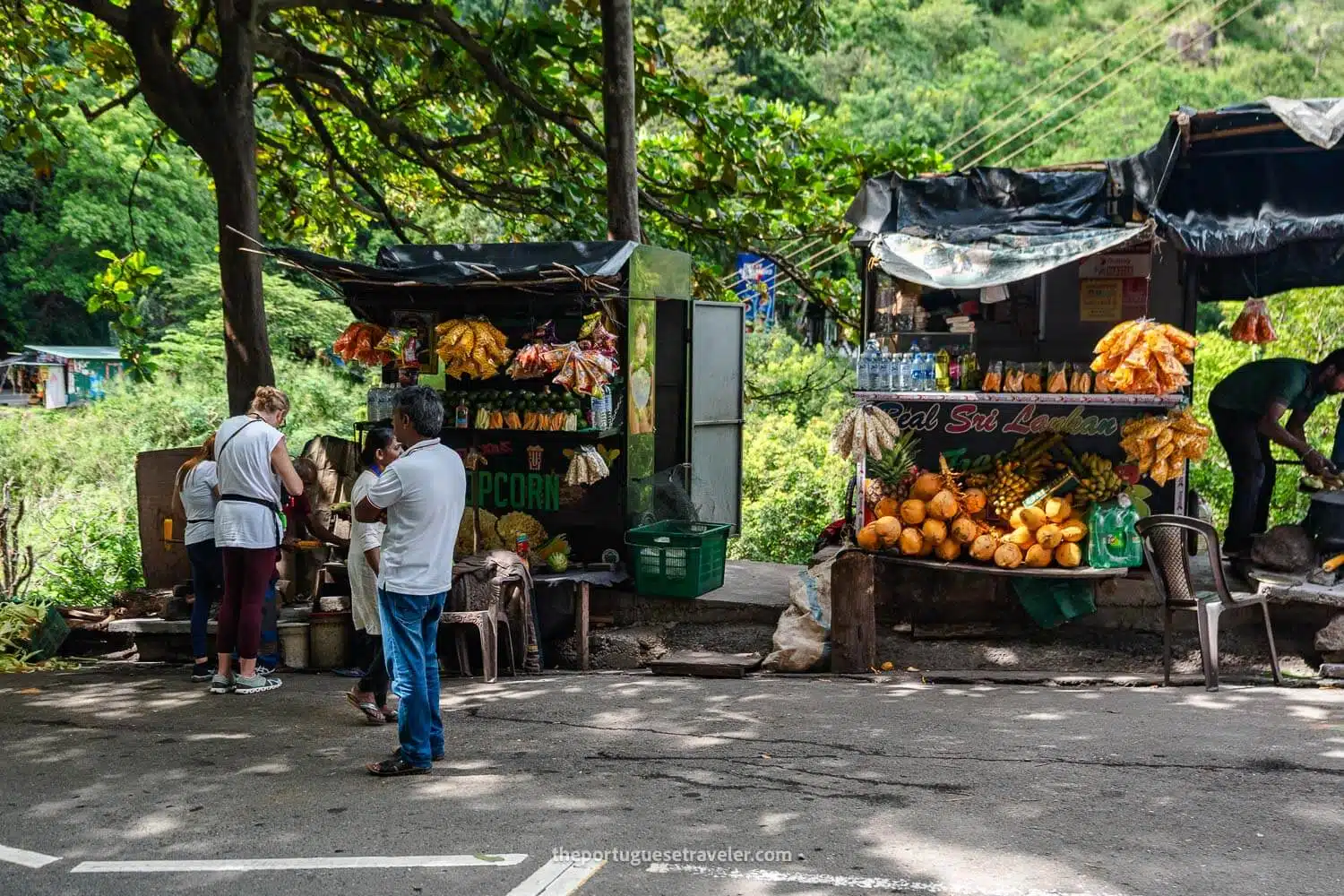
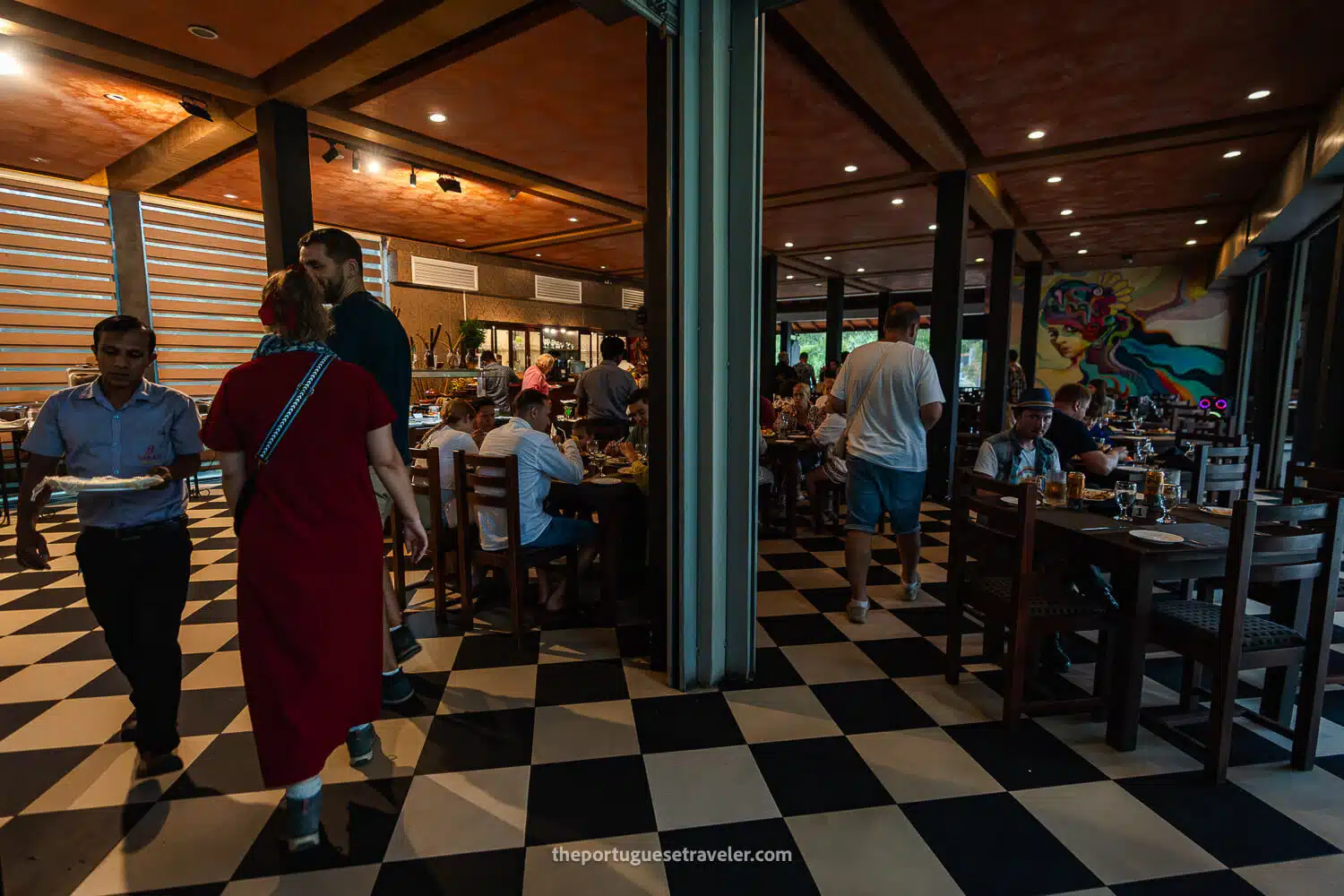
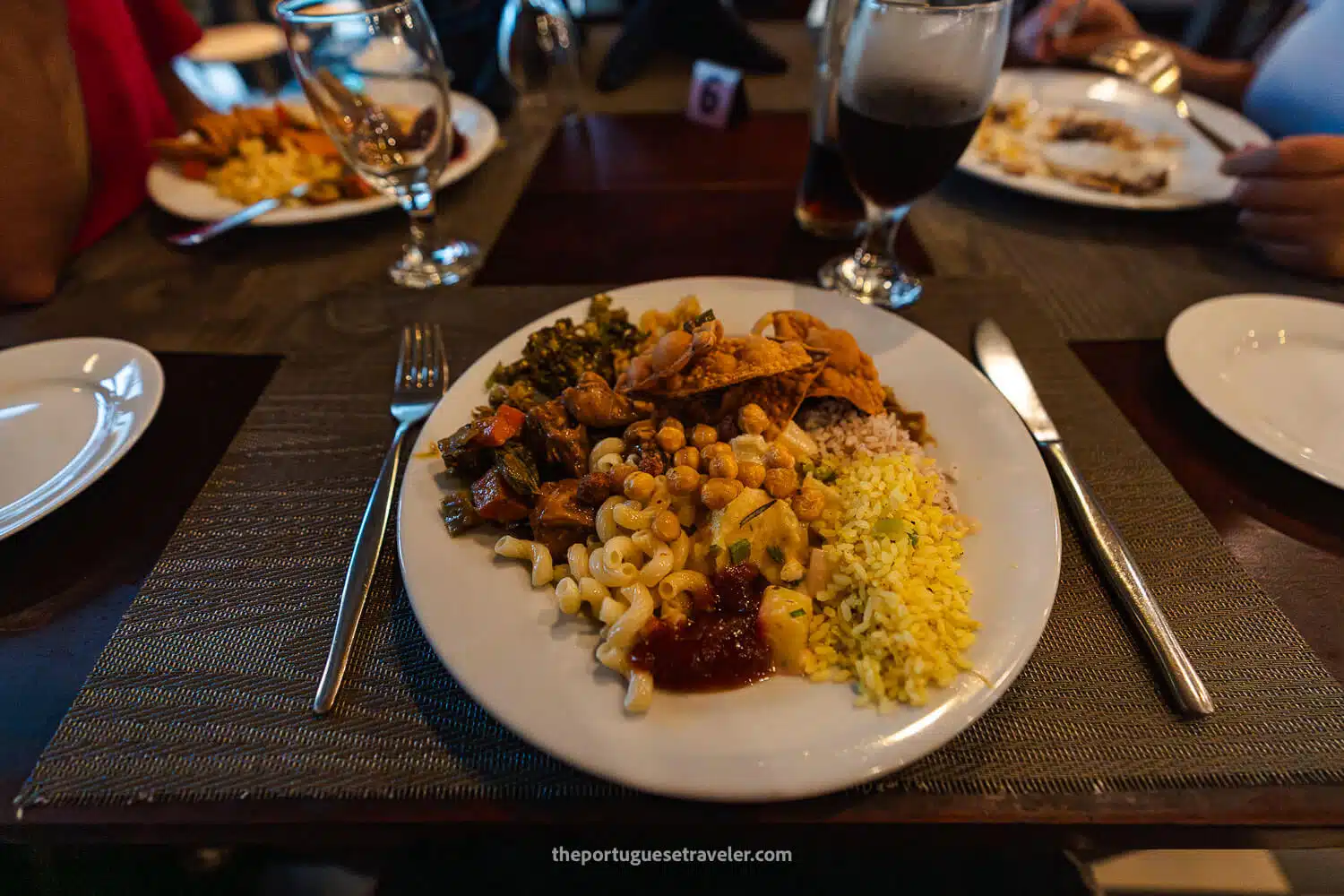
Best Things To Do near the Ravana Falls & Ravana Cave
If you’re looking for the best things to do near Ravana Falls and Ravana Cave & Temple, there’s plenty to explore in the surrounding area. You can start by visiting Diyaluma Falls, one of the tallest waterfalls in Sri Lanka. Take a dip in its natural pools or hike to the top for sweeping views of the landscape. For an extra adventure, head to Nil Diya Pokuna, a stunning natural pool inside a cave that can be reached with the help of a local tuk-tuk guide.
You’ll also find plenty of hiking opportunities nearby. The Little Adam’s Peak trail is a relatively easy hike with fantastic views, while those looking for a more challenging trek can try Ella Rock, offering panoramic vistas of the region. If you’re interested in culture, explore the tranquil Mahamevnawa Buddhist Monastery for a peaceful experience.
For something more thrilling, check out the Flying Ravana Zipline, which offers a unique perspective of the landscape. You can also visit the Nine Arches Bridge, one of Sri Lanka’s most iconic landmarks, offering stunning views and a chance to experience the region’s colonial history.
Lastly, make time for a visit to the Halpe Tea Plantation and Factory, where you can learn about the traditional tea-making process while soaking in the beautiful surroundings. Whether you’re looking for adventure, relaxation, or a bit of both, there’s plenty to do near Ravana Falls and Ravana Cave & Temple.
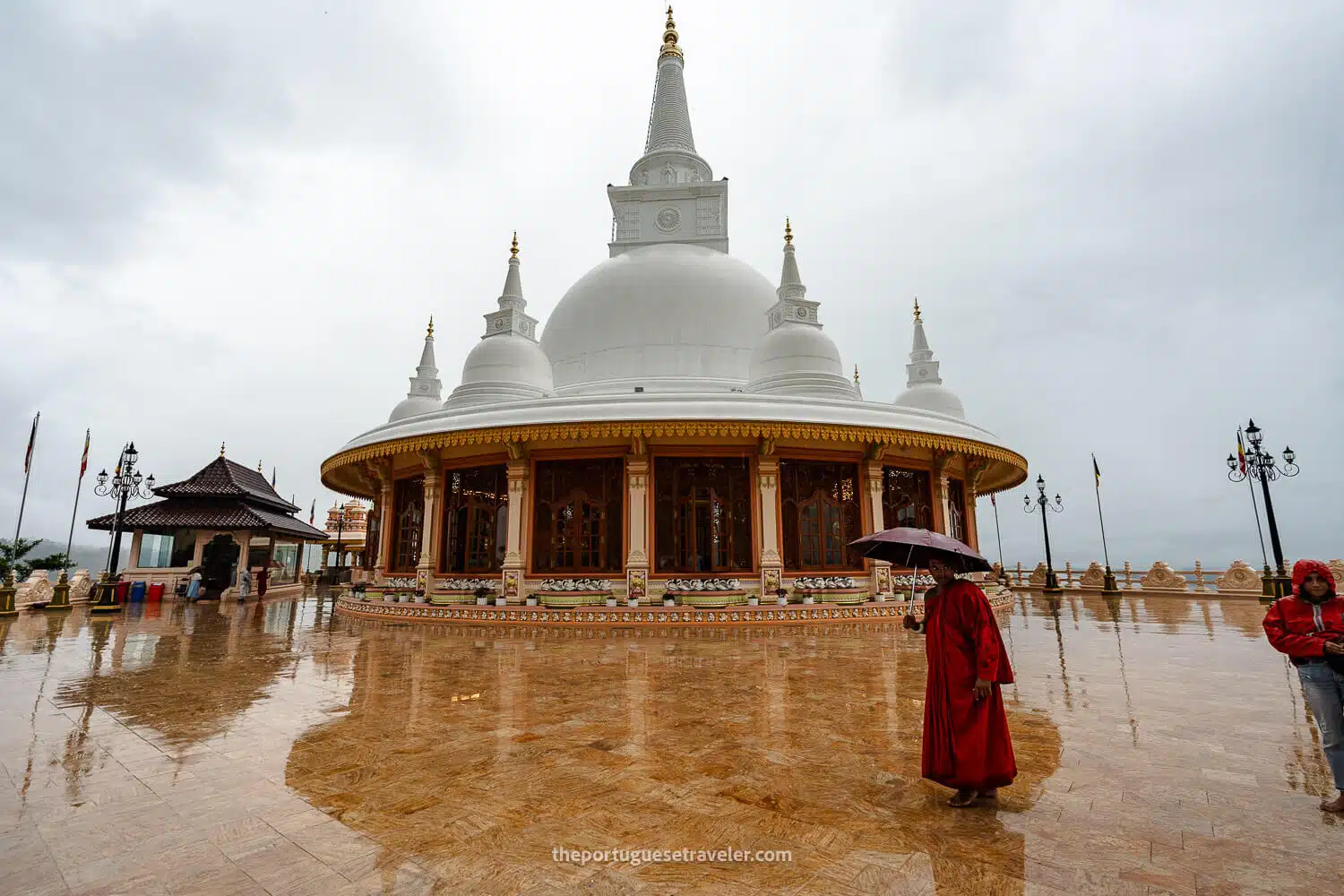
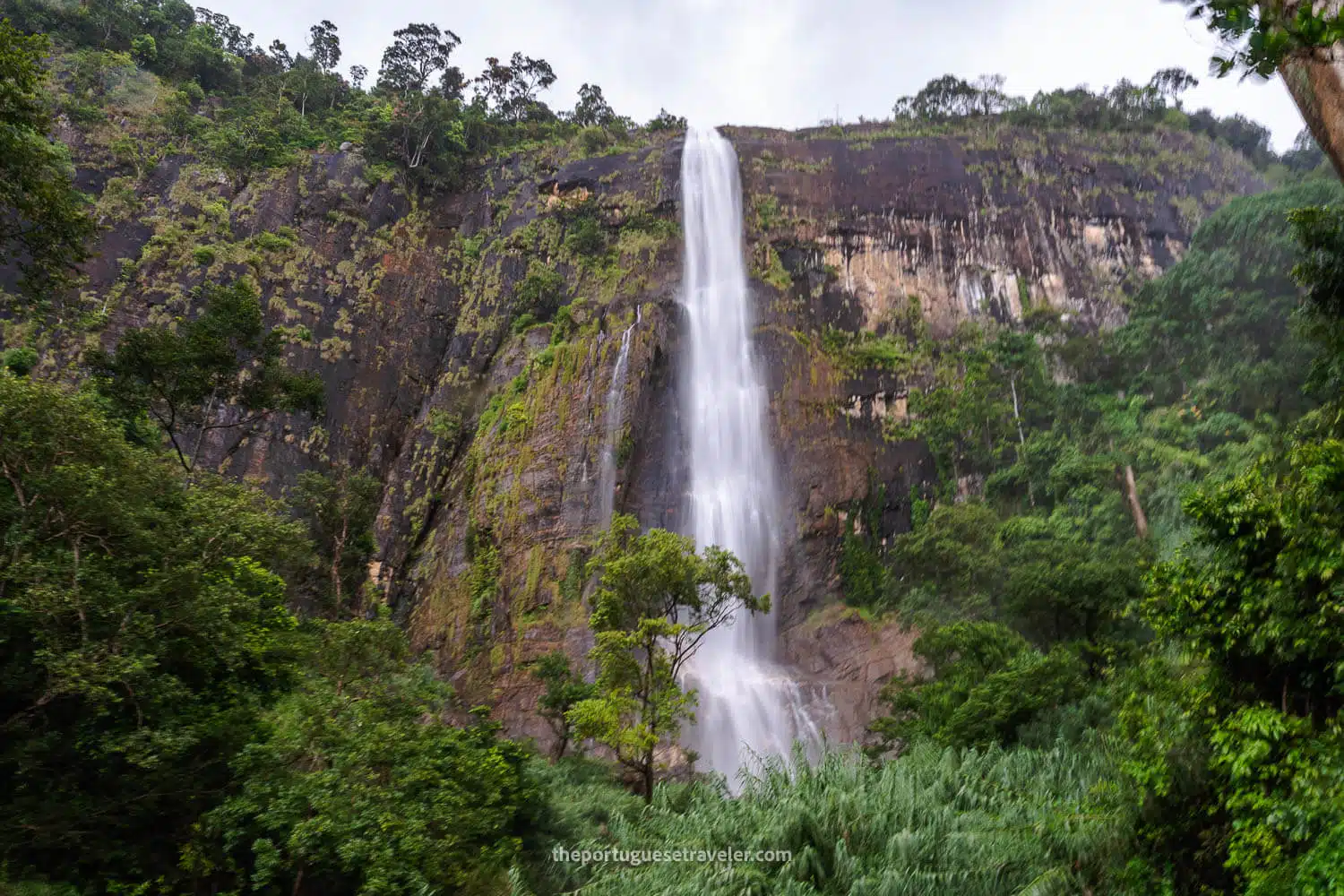
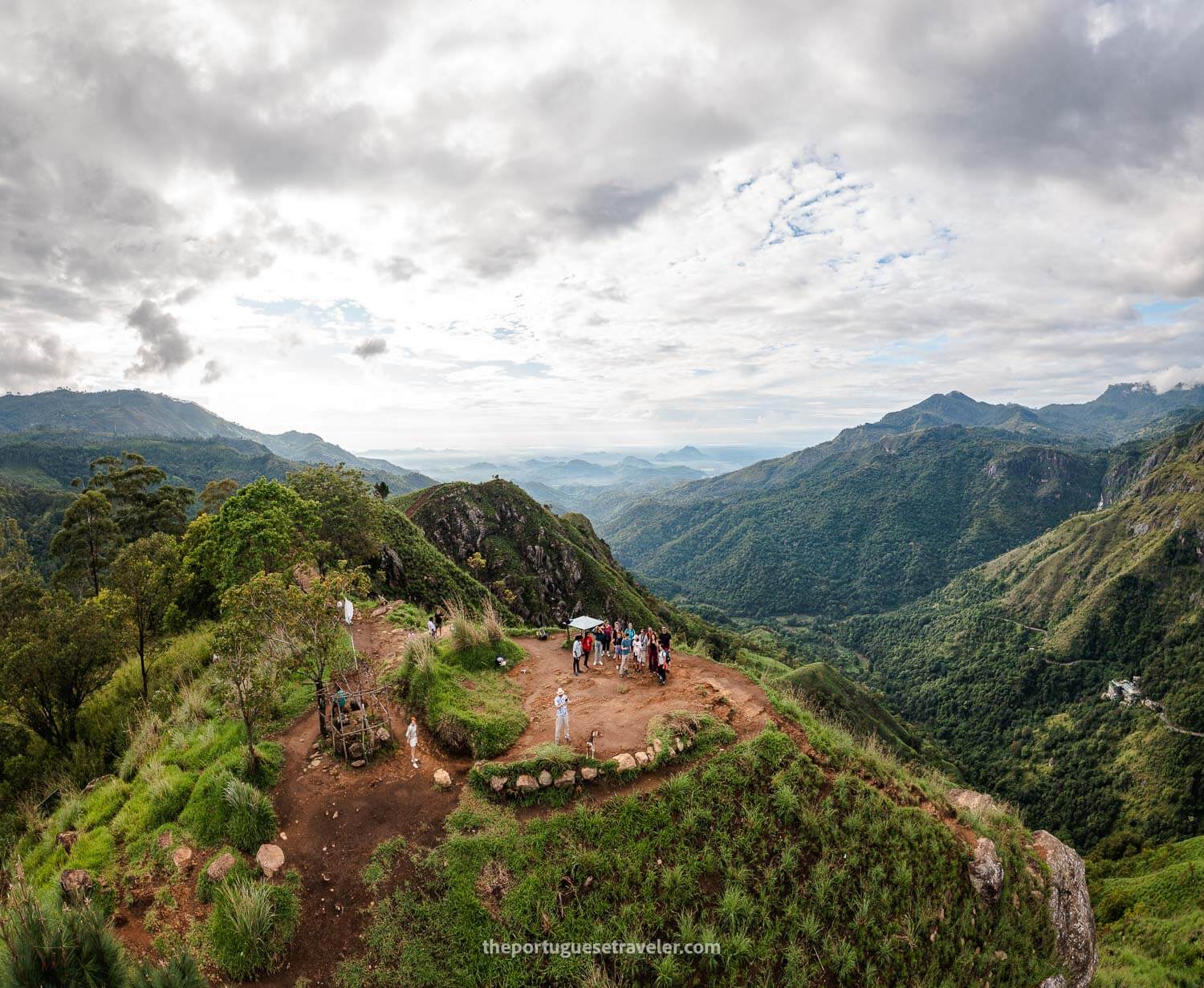
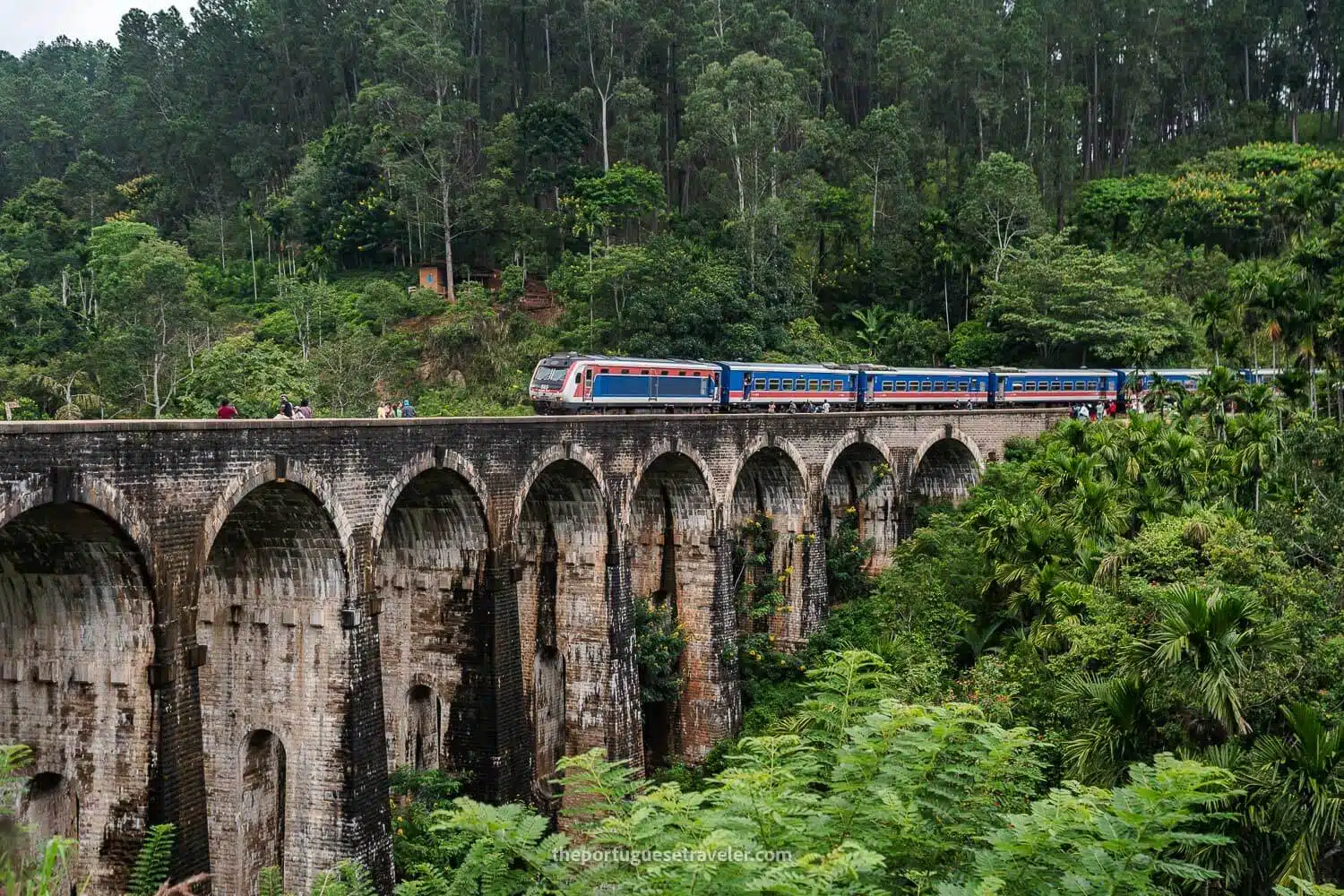
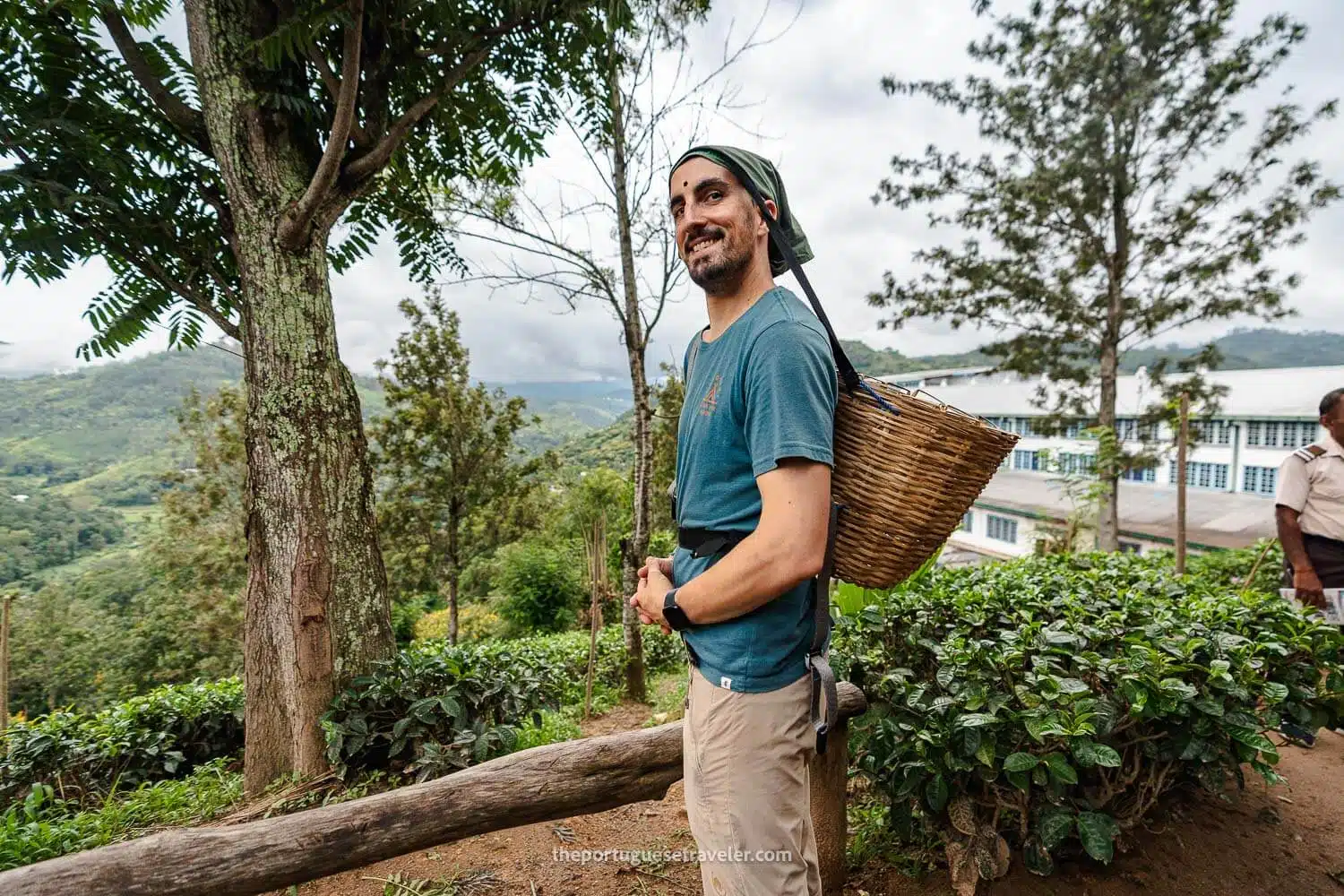
Where to Catch the Train to Ella?
To catch the train to Ella, you’ll need to head to Colombo Fort Railway Station, the main train station in Colombo. From there, you can board a train heading toward Badulla, with Ella being one of the key stops on the route. The journey from Colombo to Ella is famous for its stunning scenery, especially as you approach the hill country.
Alternatively, if you’re coming from Kandy, you can catch a train to Nanu Oya Station (the closest station to Ella), and then take a short taxi ride to reach Ella itself. Trains from both Colombo and Kandy offer amazing views, and if you’re lucky enough to get a window seat, it’s considered one of the most beautiful train journeys in the world!
Make sure to check train schedules here to ensure you get the train you want. You can book either online, with 12Go (it’s usually easier to book here) or at the train station, but it’s always better to secure your seat beforehand.
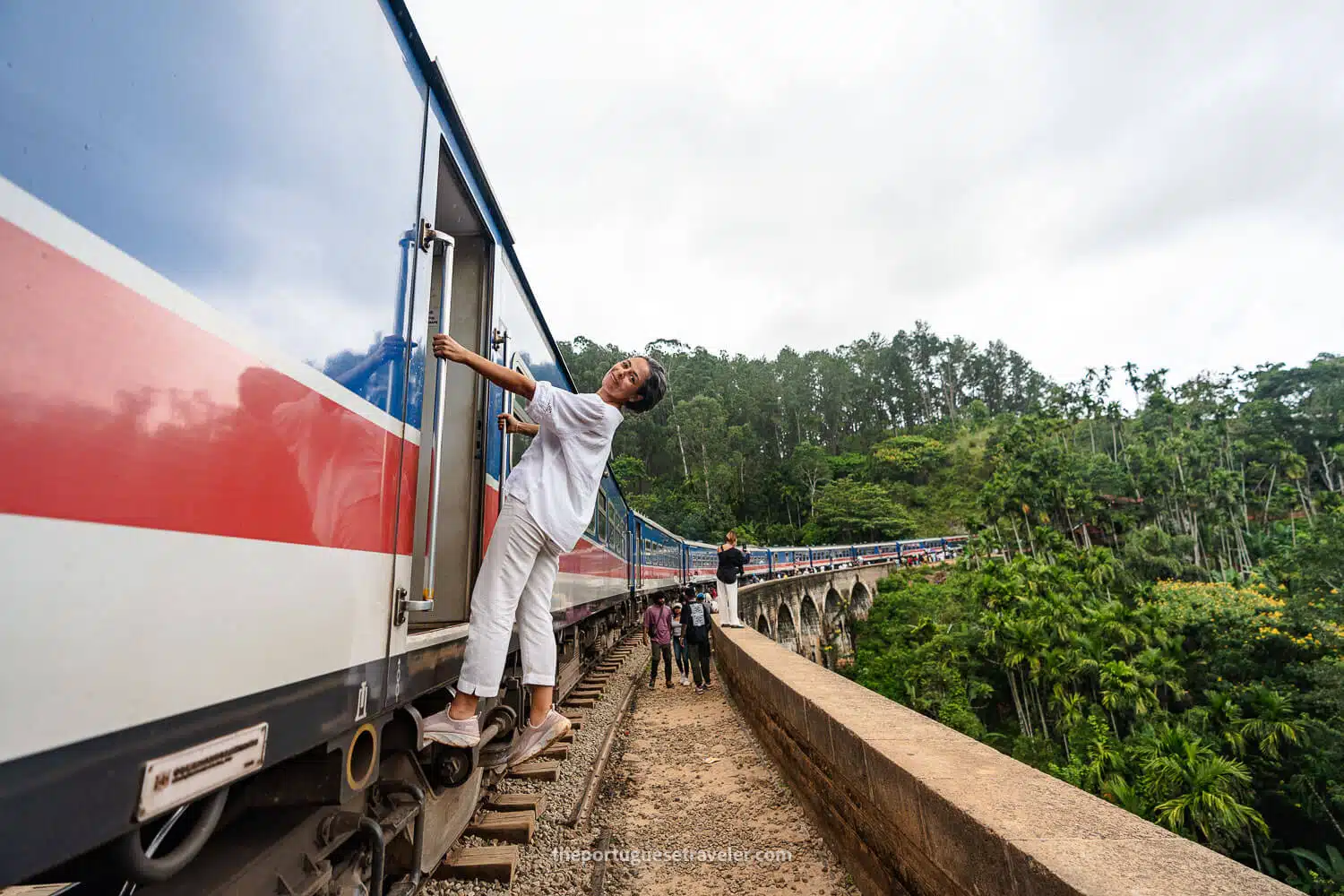
Are the Ravana Falls or the Ravana Cave dangerous?
Visiting Ravana Falls and Ravana Cave is generally safe for most visitors, but there are a few things to keep in mind to ensure a trouble-free experience. At Ravana Falls, the rocks around the base of the waterfall can be slippery, especially during the rainy season, so wearing sturdy, non-slip footwear is essential. Swimming in the pools is enjoyable but exercise caution, as the currents can be stronger than they appear.
The hike to Ravana Cave involves climbing a significant number of steps, which can be challenging for some, especially in hot or humid weather. Take breaks as needed and stay hydrated. The path can also be uneven, so wearing comfortable walking shoes is highly recommended.
As with any outdoor activity, it’s always wise to carry travel insurance for added peace of mind. If you’re interested, you can get a 5% discount by using my personal link.
What Clothing Should i Bring to do the Ravana Falls and Ravana Cave?
Although visiting Ravana Falls and Ravana Cave is a straightforward and enjoyable experience, being prepared will ensure your visit is both comfortable and safe. Whether you’re admiring the waterfall or climbing to the cave, it’s best to come equipped with the essentials. Here’s what you should bring:
Essentials:
- Breathable T-shirt (Tech or Merino)
- Waterproof Jacket (lightweight, for possible rain)
- Puffer Jacket (for the cooler early mornings)
- Shorts or Pants (depending on weather)
- Hiking Shoes (comfortable, sturdy footwear)
- Backpack (small daypack, around 20-30 liters)
- Sunglasses (UV protection)
- Cap (or a beanie if it’s cold)
- Hiking Socks (preferably merino wool for comfort)
- Sunscreen (minimum SPF 50)
- Water and Snacks (to stay hydrated and energized)
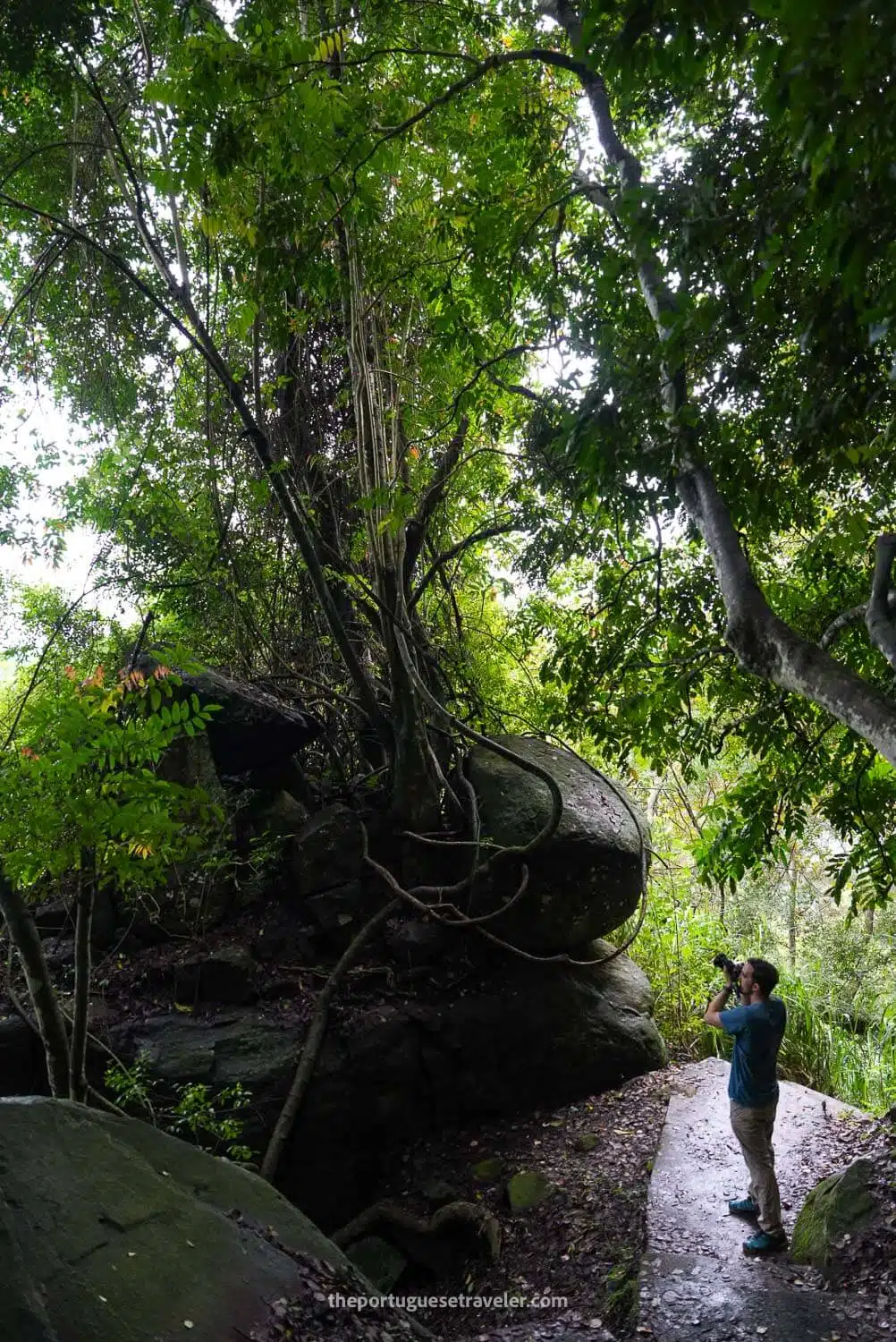
Can you Fly Drones at the Ravana Falls?
In Sri Lanka, drone usage is regulated by the Civil Aviation Authority of Sri Lanka (CAASL), and it’s important to follow their guidelines when flying near Ravana Falls. While we didn’t encounter police checks during our visit, we made sure to have the necessary permits, and it paid off with some truly breathtaking shots of the falls.
Here are some key regulations to keep in mind:
- Drones must not exceed 100 feet (30 meters) above ground level.
- Operators must maintain a visual line of sight with their drone.
- Drones are prohibited near airports, military zones, and no-fly zones.
- Flying drones at night requires prior authorization.
- Insurance is mandatory for drones in certain weight categories.
At Ravana Falls, the scenic backdrop makes it a perfect spot for drone photography. Having permits ensured we could capture stunning aerial views without interruptions. If you’re planning to fly independently, it’s a good idea to verify the regulations with the CAASL and carry your permits with you. Staying informed and prepared will make your drone experience at Ravana Falls both smooth and rewarding.
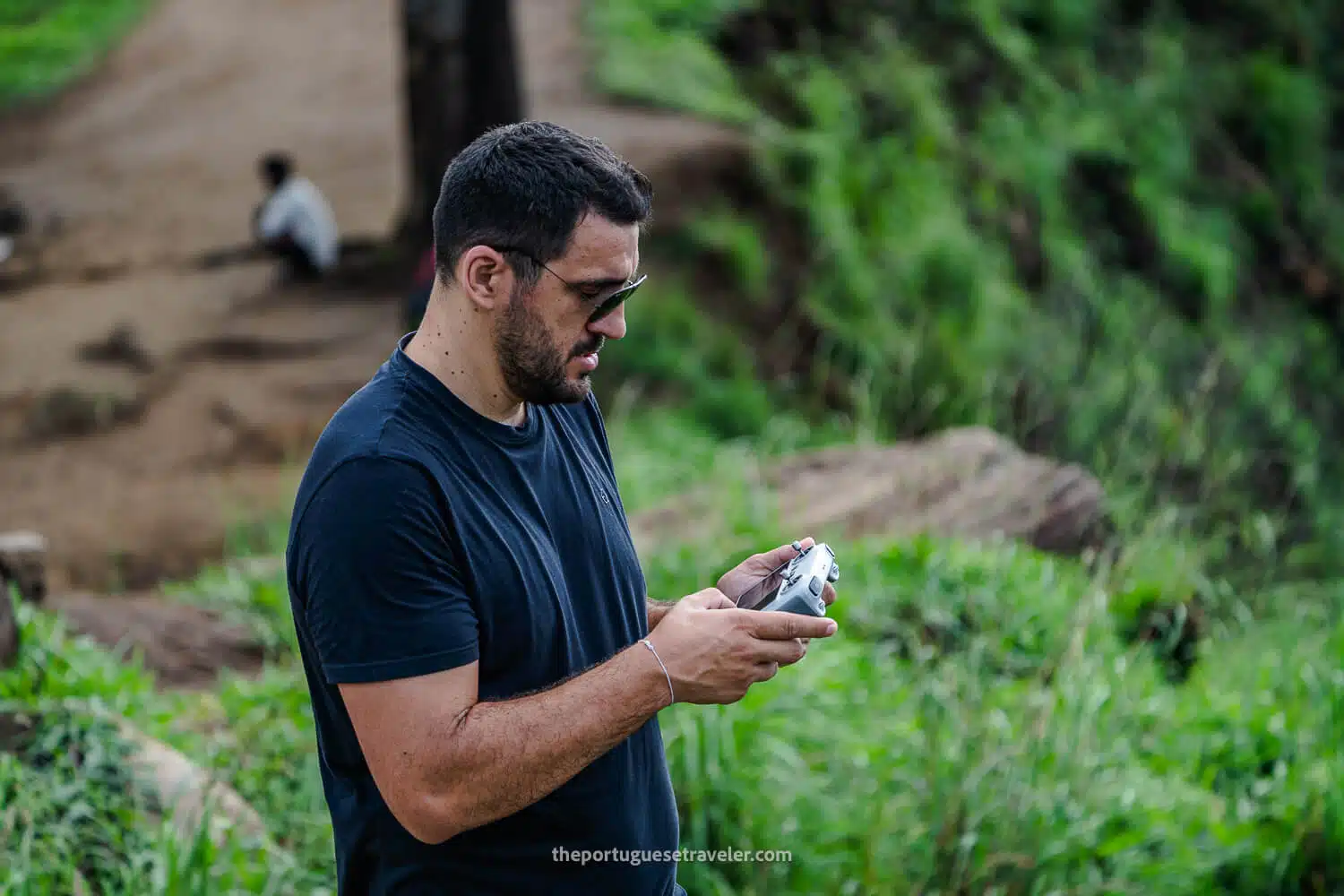
Best Tours in Ella, Sri Lanka
If you’re planning to visit Ella, Sri Lanka, and are looking to explore its natural beauty and culture, several highly-rated tours offer a variety of unforgettable experiences:
- Ravana Falls, Diyaluma Falls, Little Adam’s Peak and Nine Arches Bridge Tour
Ideal for photography lovers and nature enthusiasts, these stunning waterfalls are must-sees for breathtaking views and great photo ops. - Join a Traditional Sri Lankan Cooking Class
Dive into the local culture with an interactive cooking experience and learn how to prepare delicious Sri Lankan dishes. - Take the Scenic Train Ride from Kandy to Ella
Experience one of the world’s most beautiful train journeys, offering panoramic views of rolling hills, tea plantations, and waterfalls. - Safari Adventure in Yala National Park
Spot leopards, elephants, and other wildlife on a thrilling safari, perfect for animal lovers and adventure seekers. - All-Inclusive Day Trip
If you’re short on time, an all-inclusive day trip covering multiple landmarks in and around Ella is a great way to explore the best of the region in a single tour.
My Experience at the Ravana Falls and Ravana's Cave
We started our day by visiting Ravana Falls before heading to the Nine Arches Bridge. The falls were pretty crowded, and the water was rushing, likely due to the recent rain. It was an incredible sight! I quickly launched my drone to get a better view of the waterfall—it’s actually a tall cascade with multiple levels, all leading to the one we see near the bridge. There were also monkeys roaming around, hoping to grab some food from the stands or curious tourists.
After Ravana Falls, we passed by Diyaluma Falls, the second tallest waterfall in Sri Lanka at 220 meters. Then we headed to the Nine Arches Bridge.
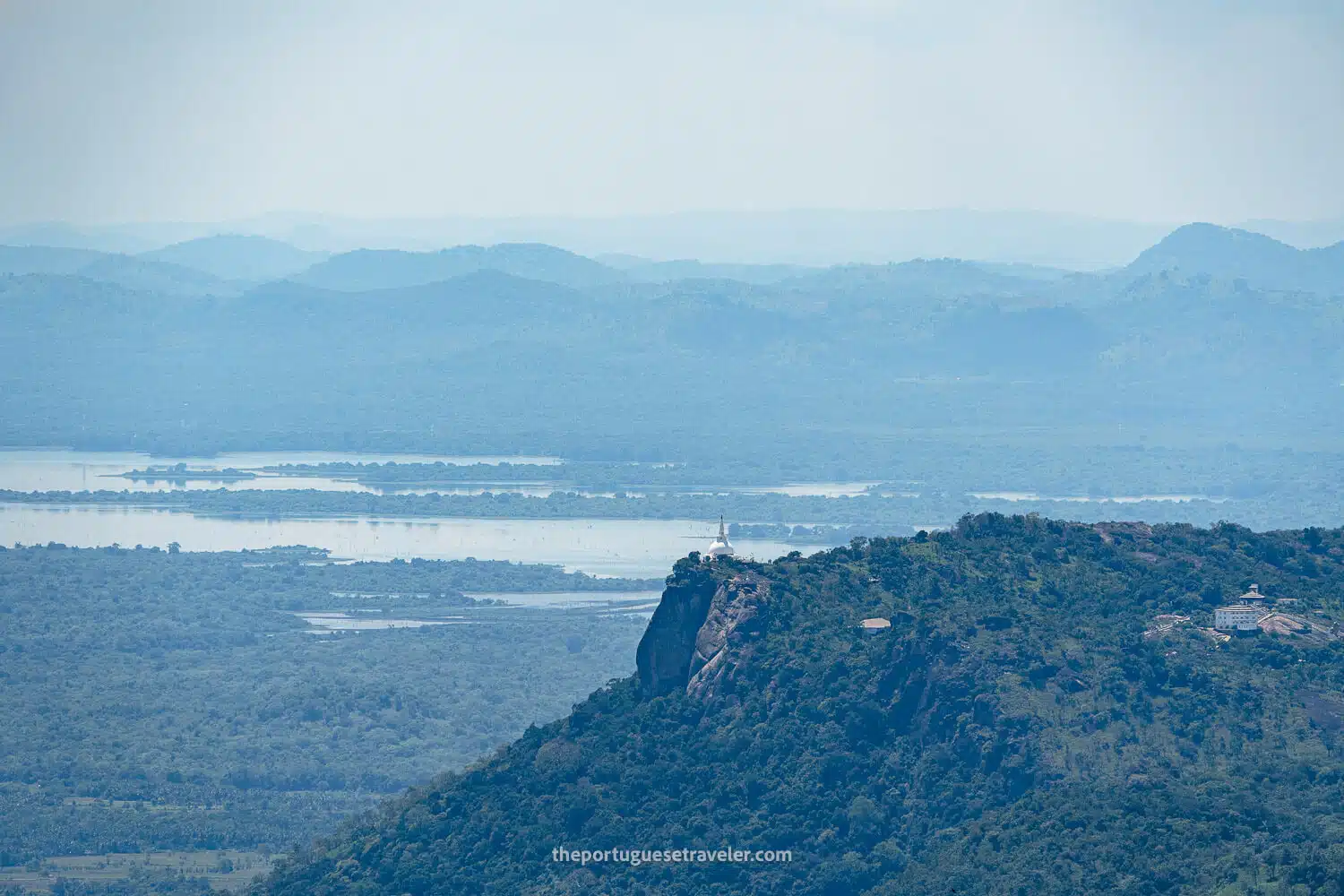
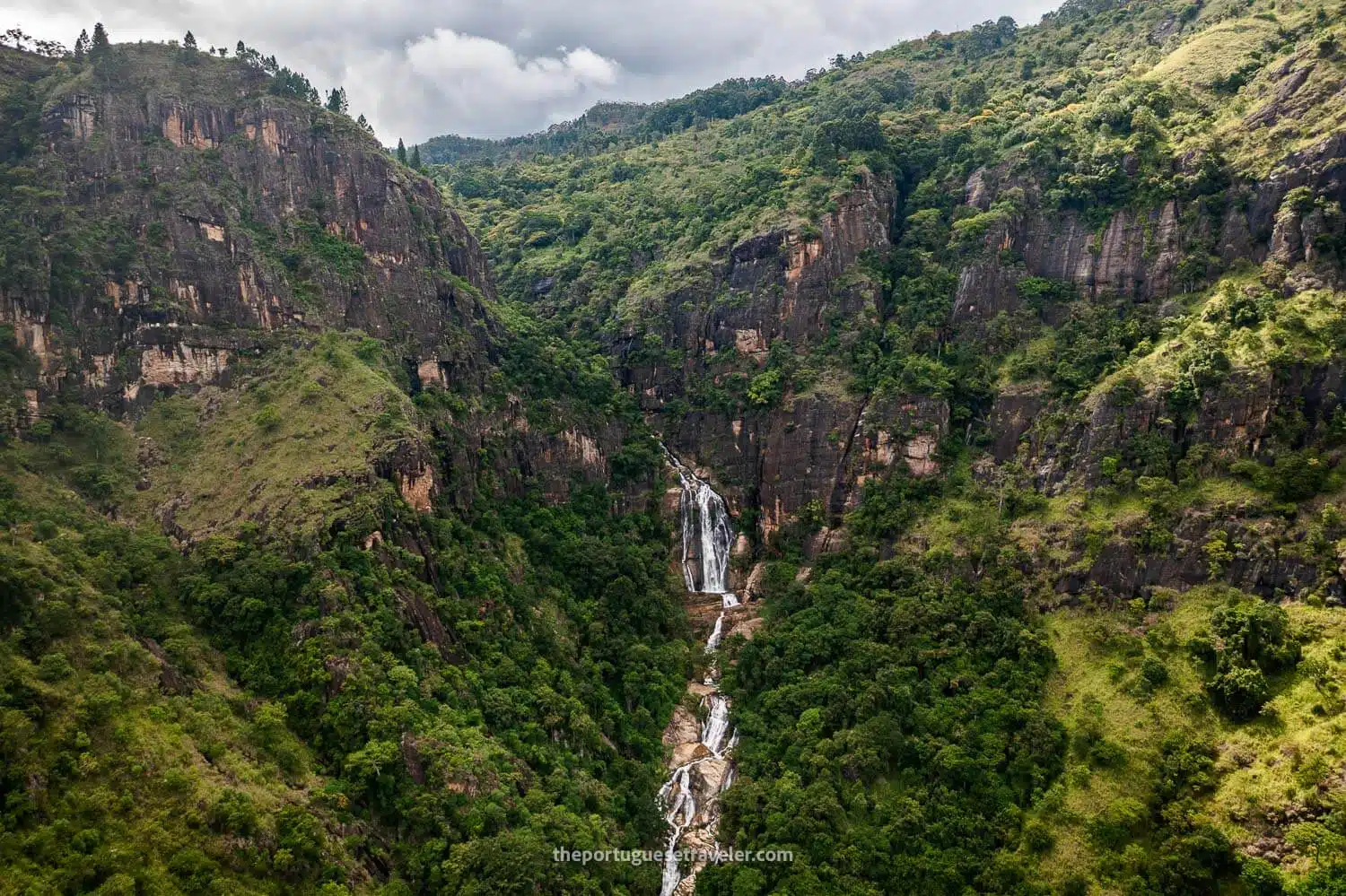
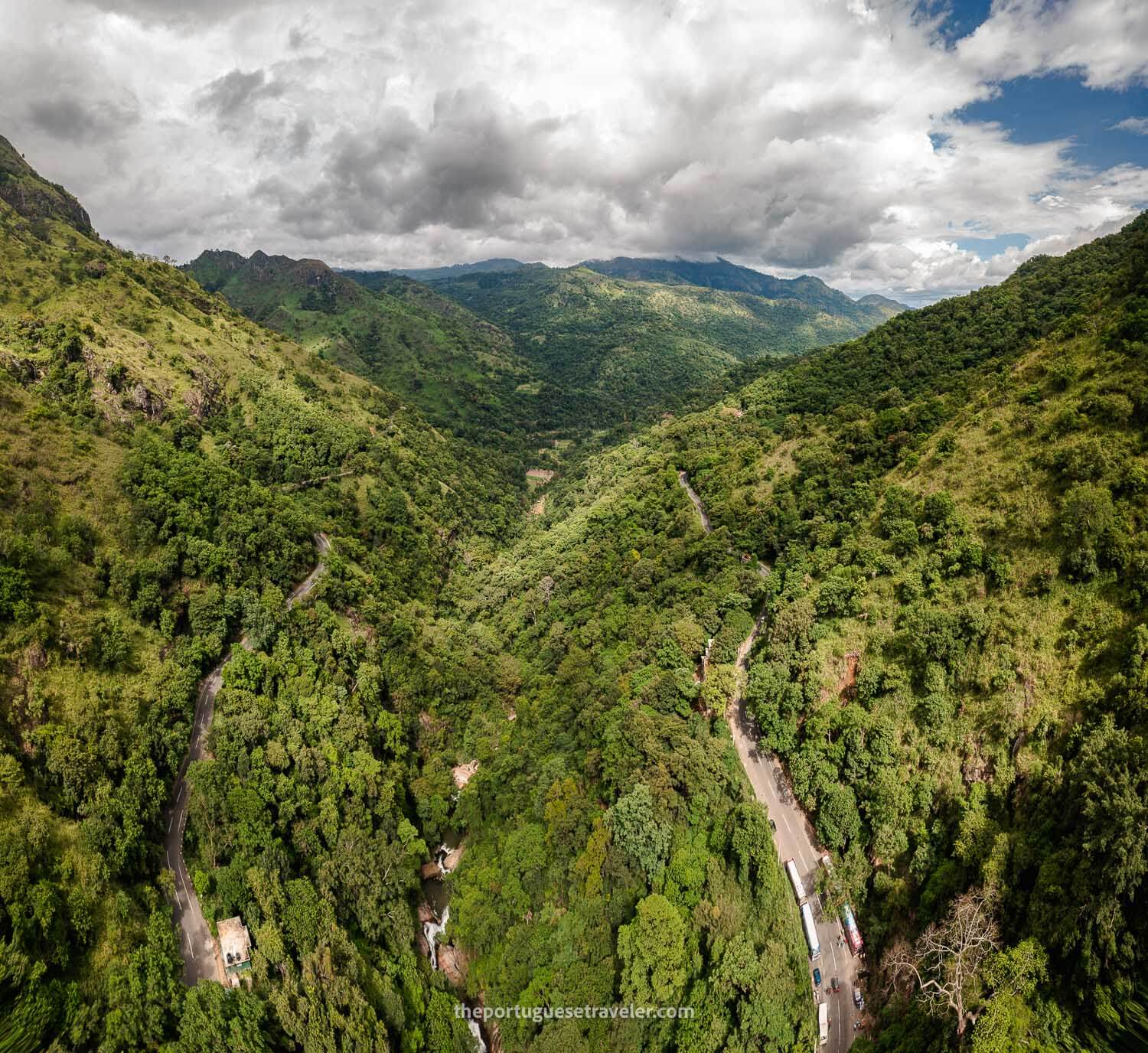
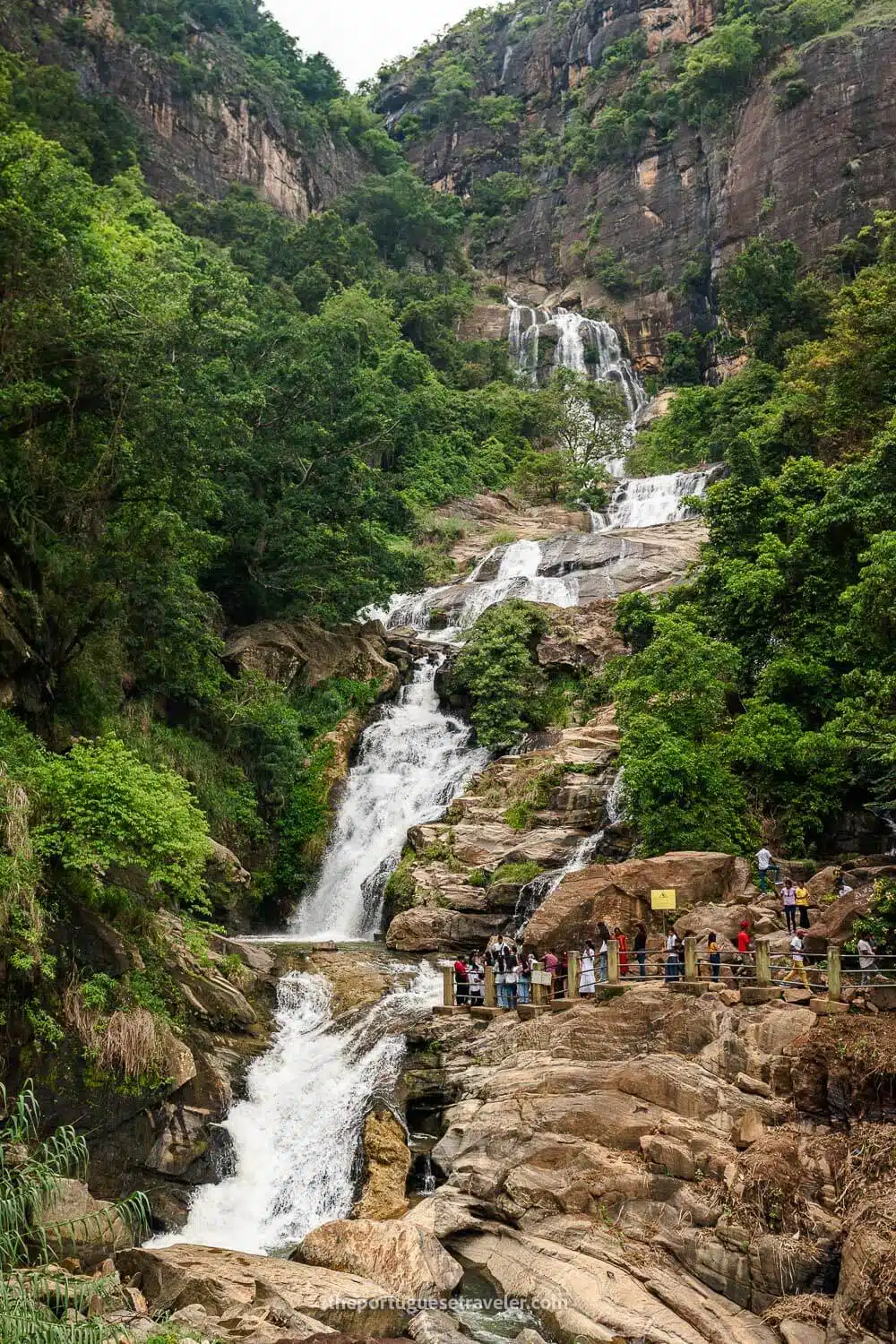
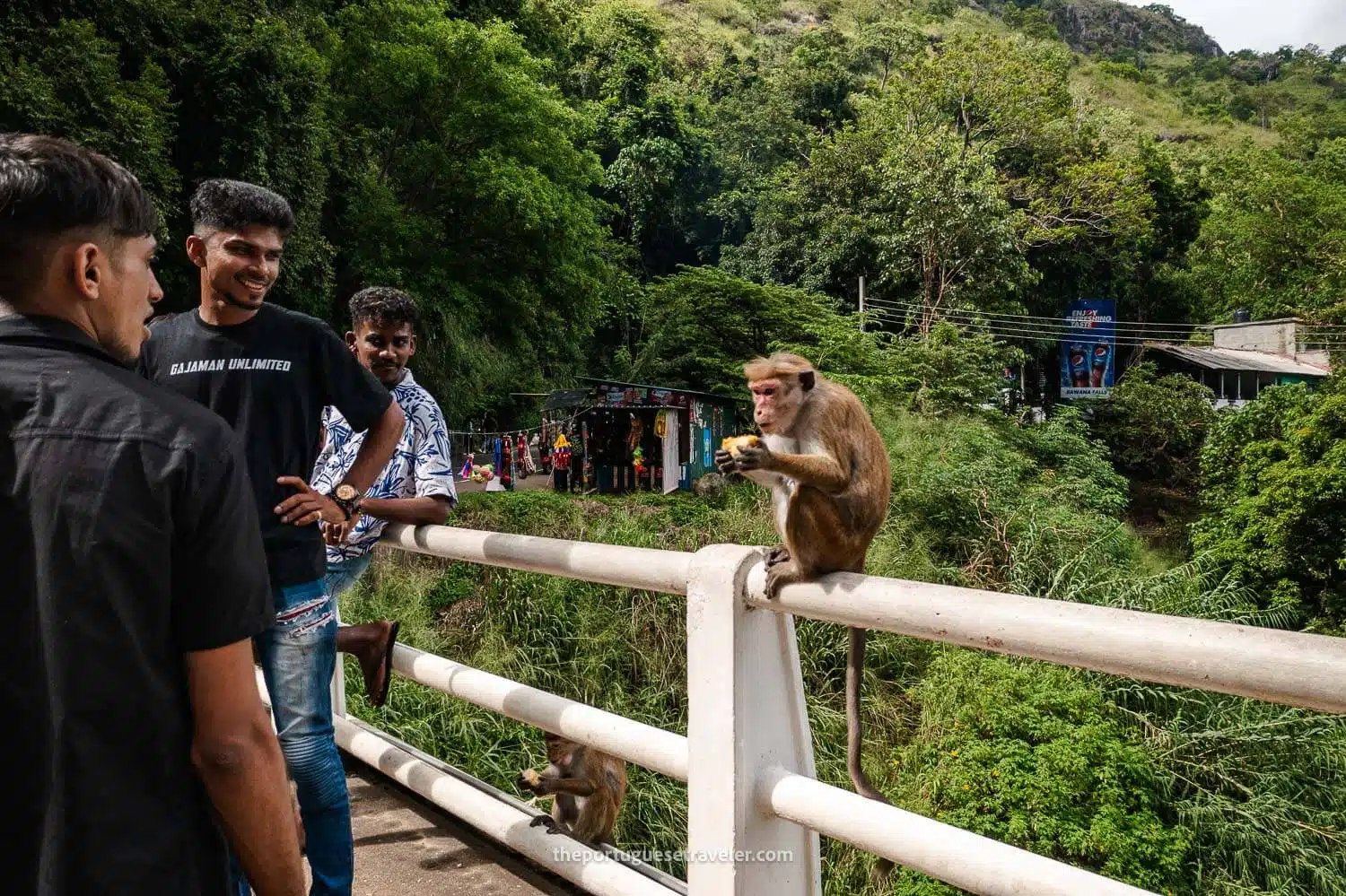
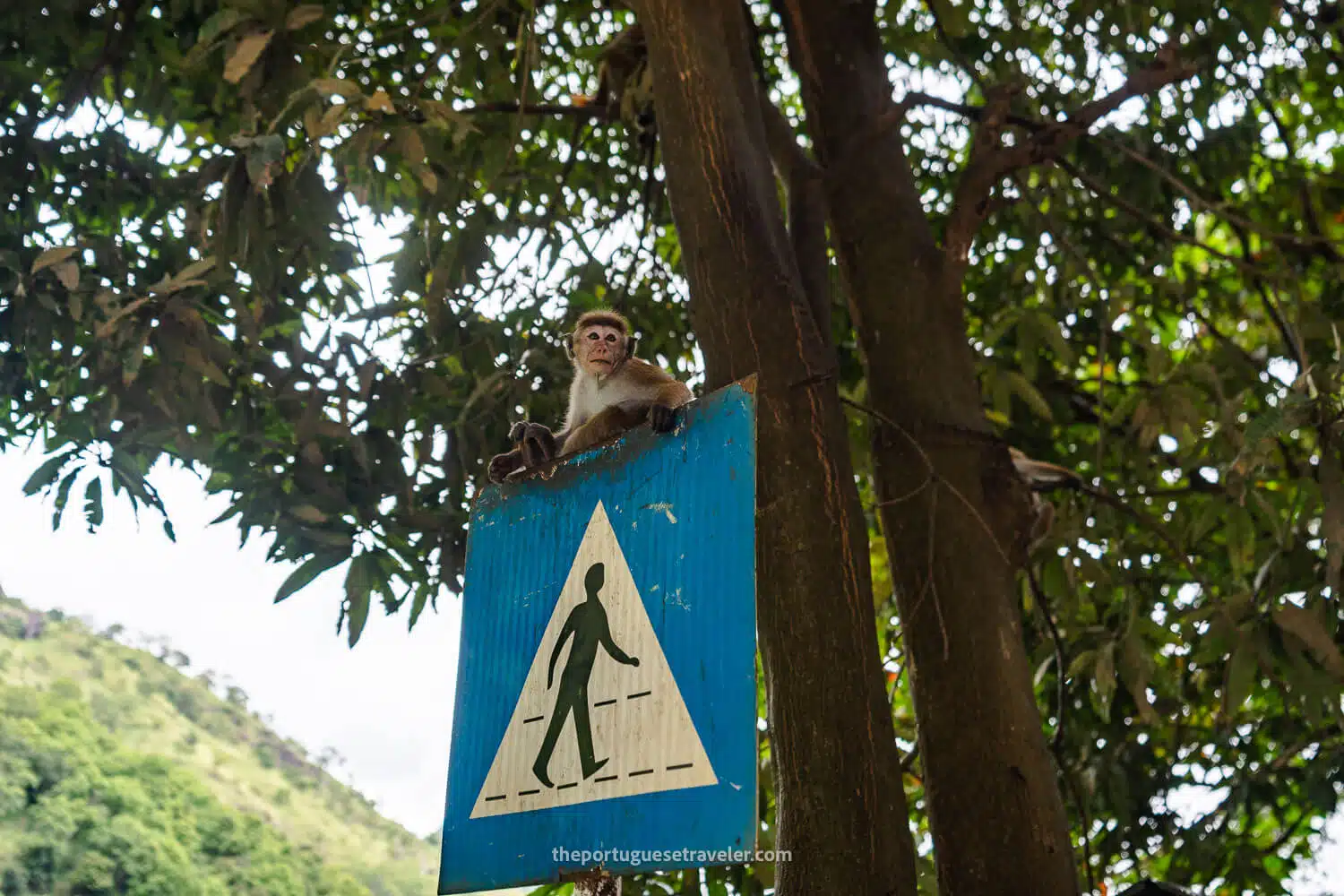
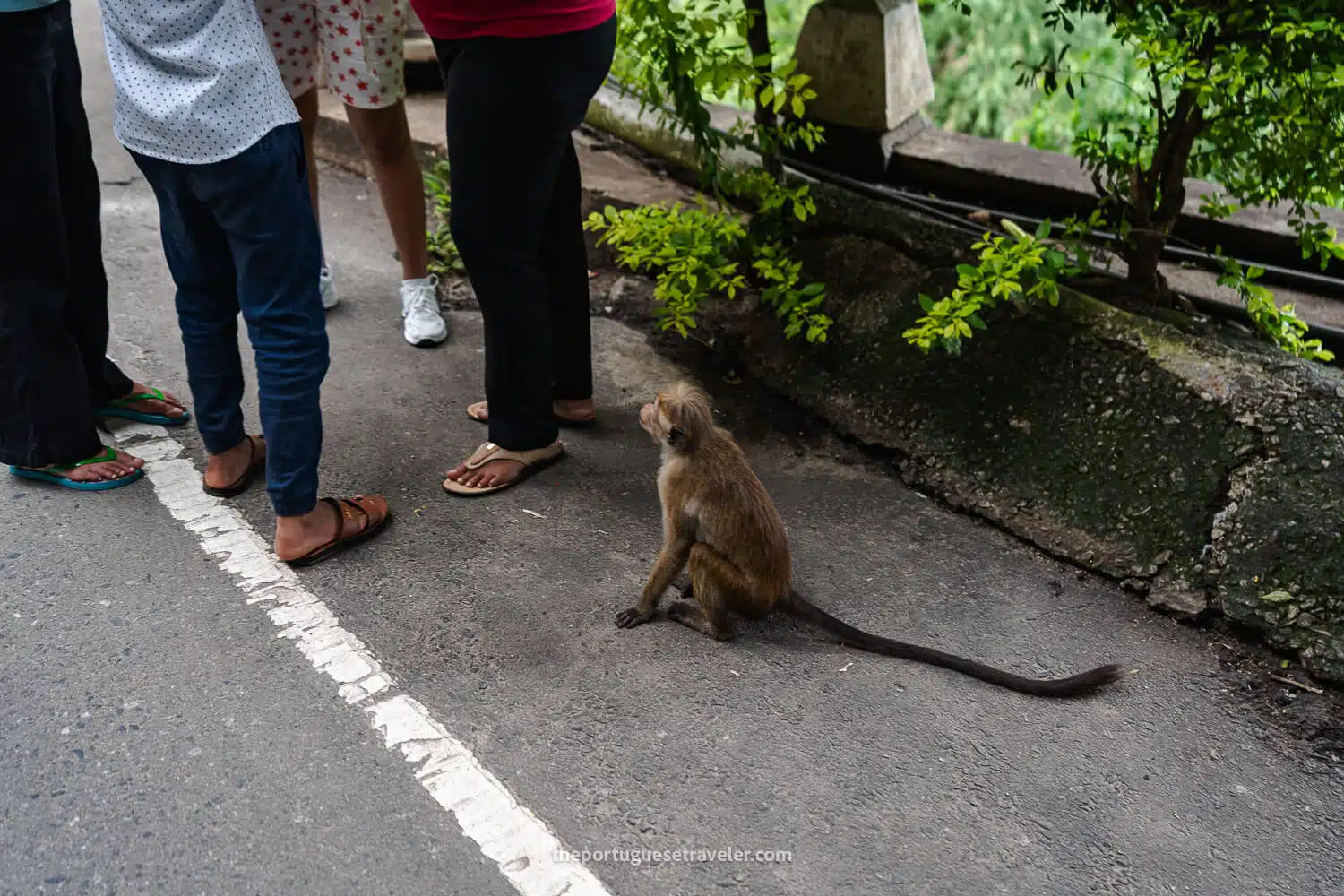
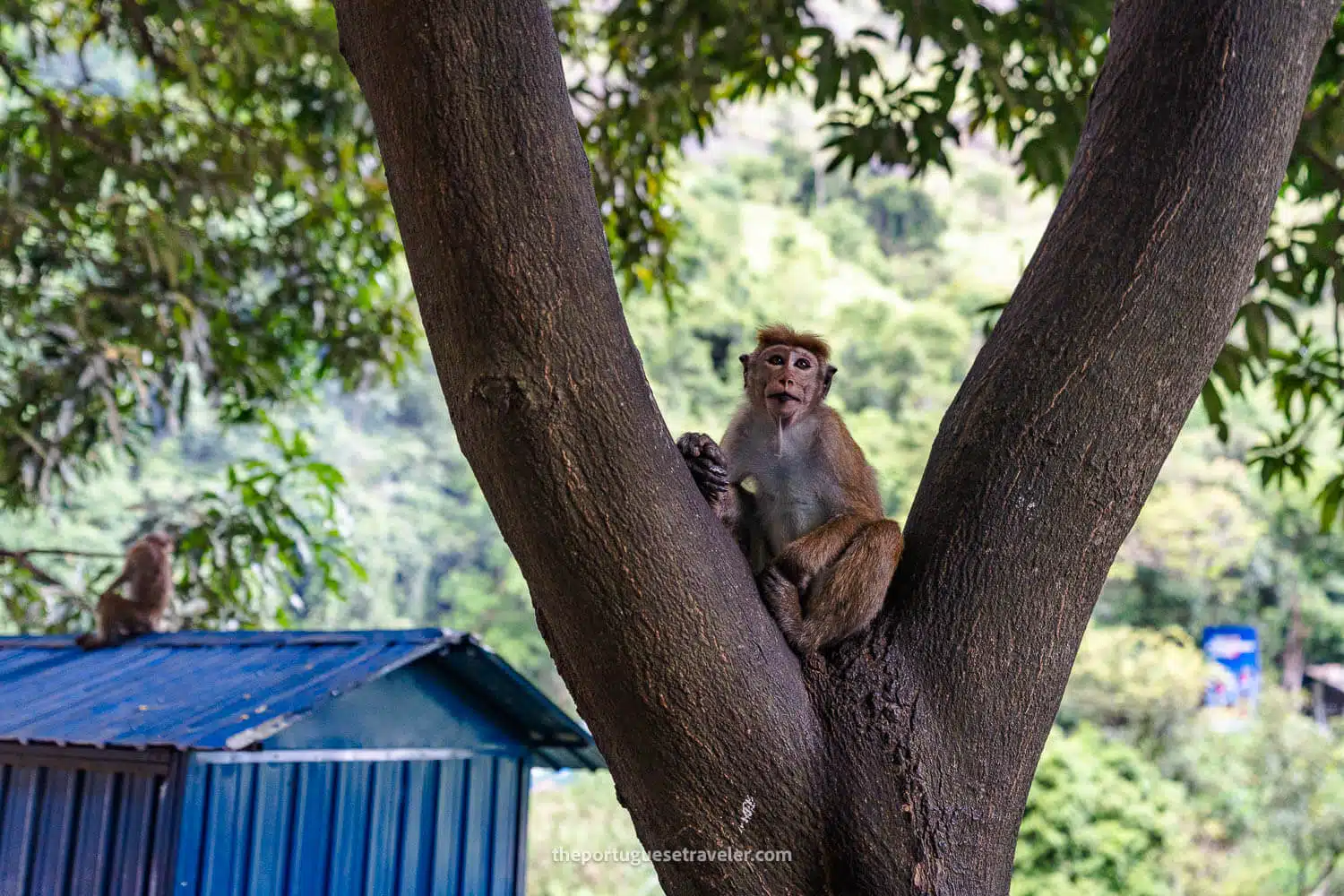
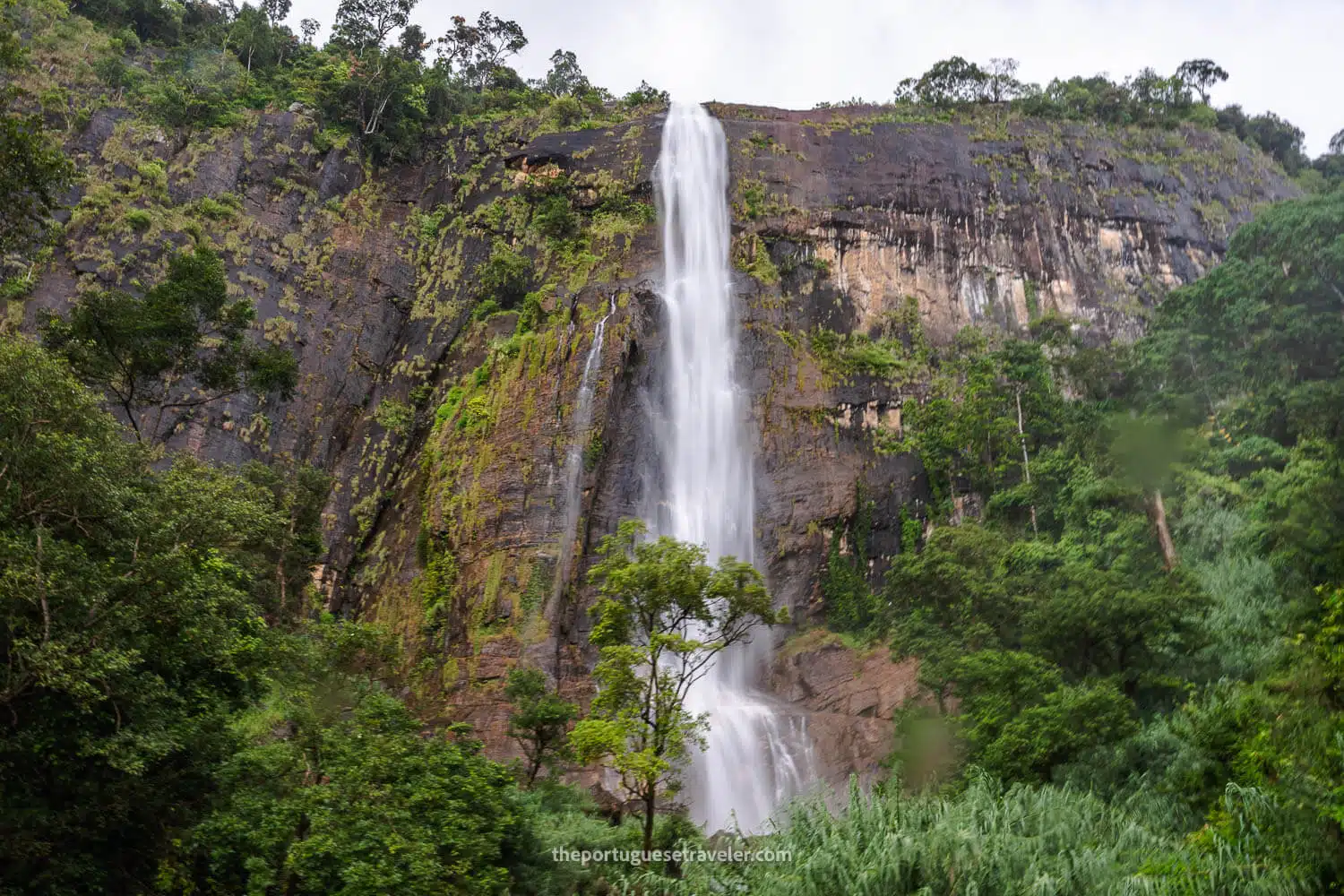
The Ravana Temple
The next day, we woke up early to catch the sunrise at Little Adam’s Peak, and then made our way to Ravana’s Cave and Temple. The temple, with its giant stones stacked like something from Portugal’s Monsanto village, was interesting, but the interior was closed. We did get to visit the Bodhi tree nearby, which had a peaceful, sacred vibe.
Then, we made our way up the stairs to the temple. Some of us stayed at a little café at the bottom, where the locals served us tea in these charming glasses, while the rest of the group continued the climb. It’s a bit of a workout, but the green surroundings and the sight of locals and families passing by made it much more enjoyable.
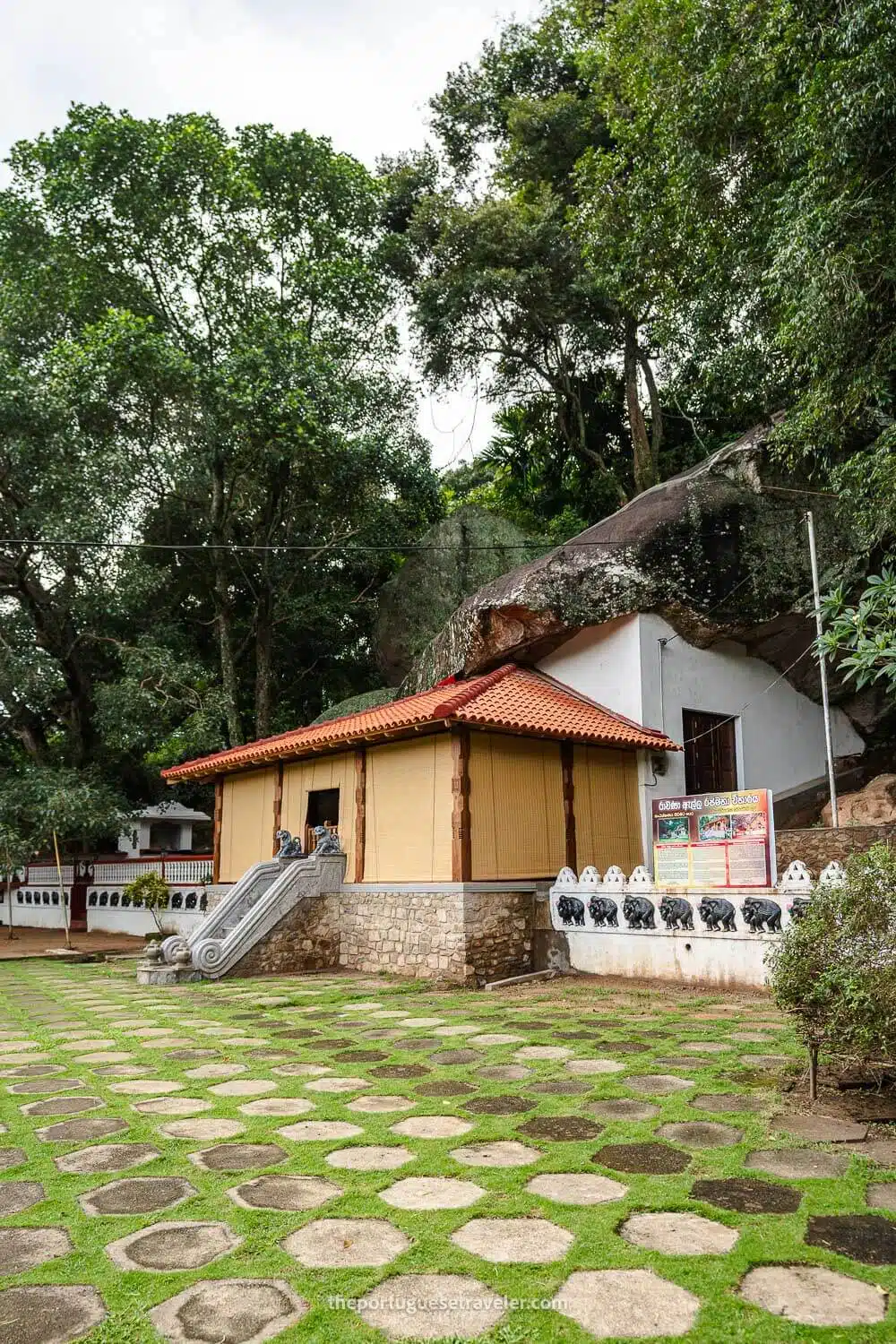
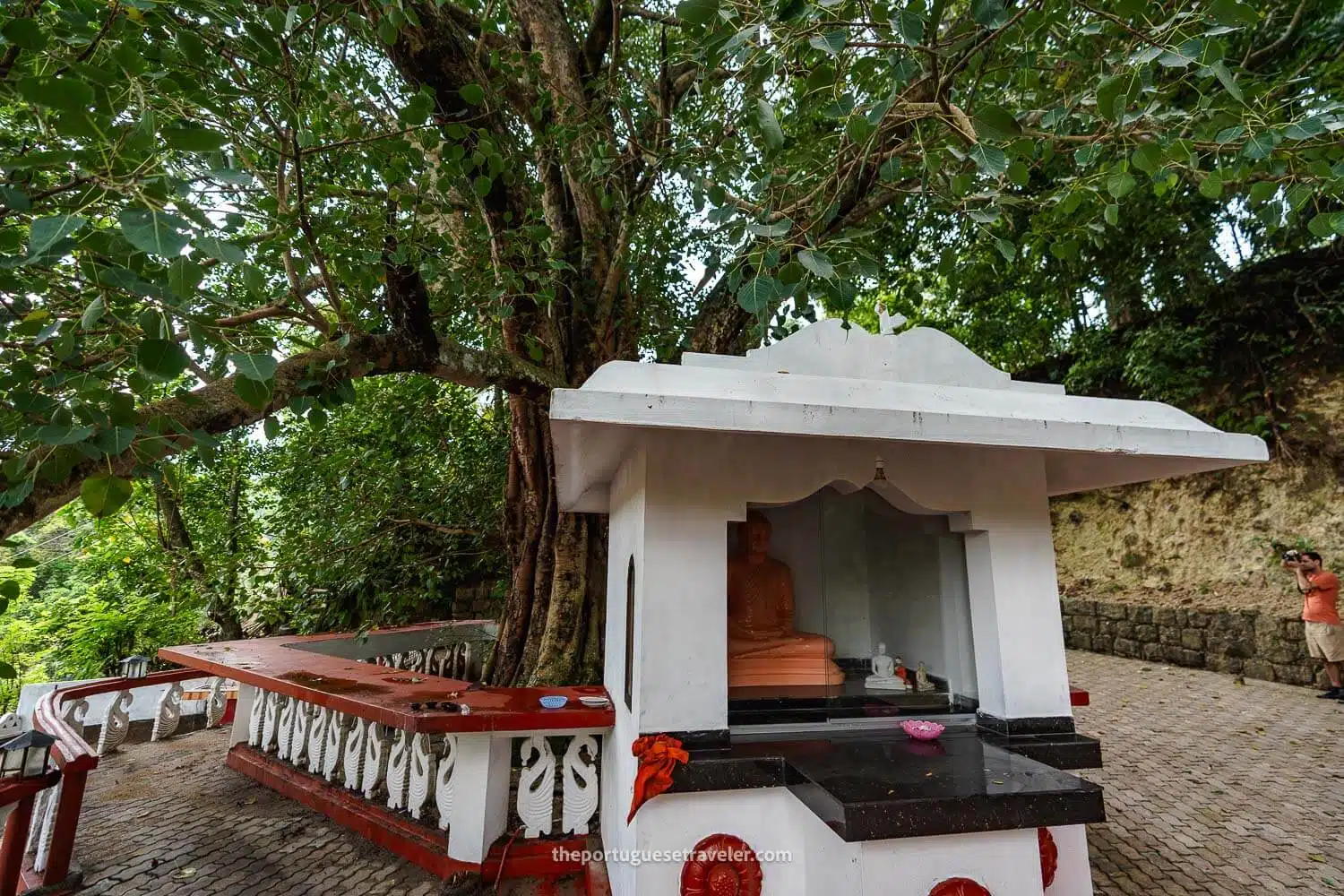
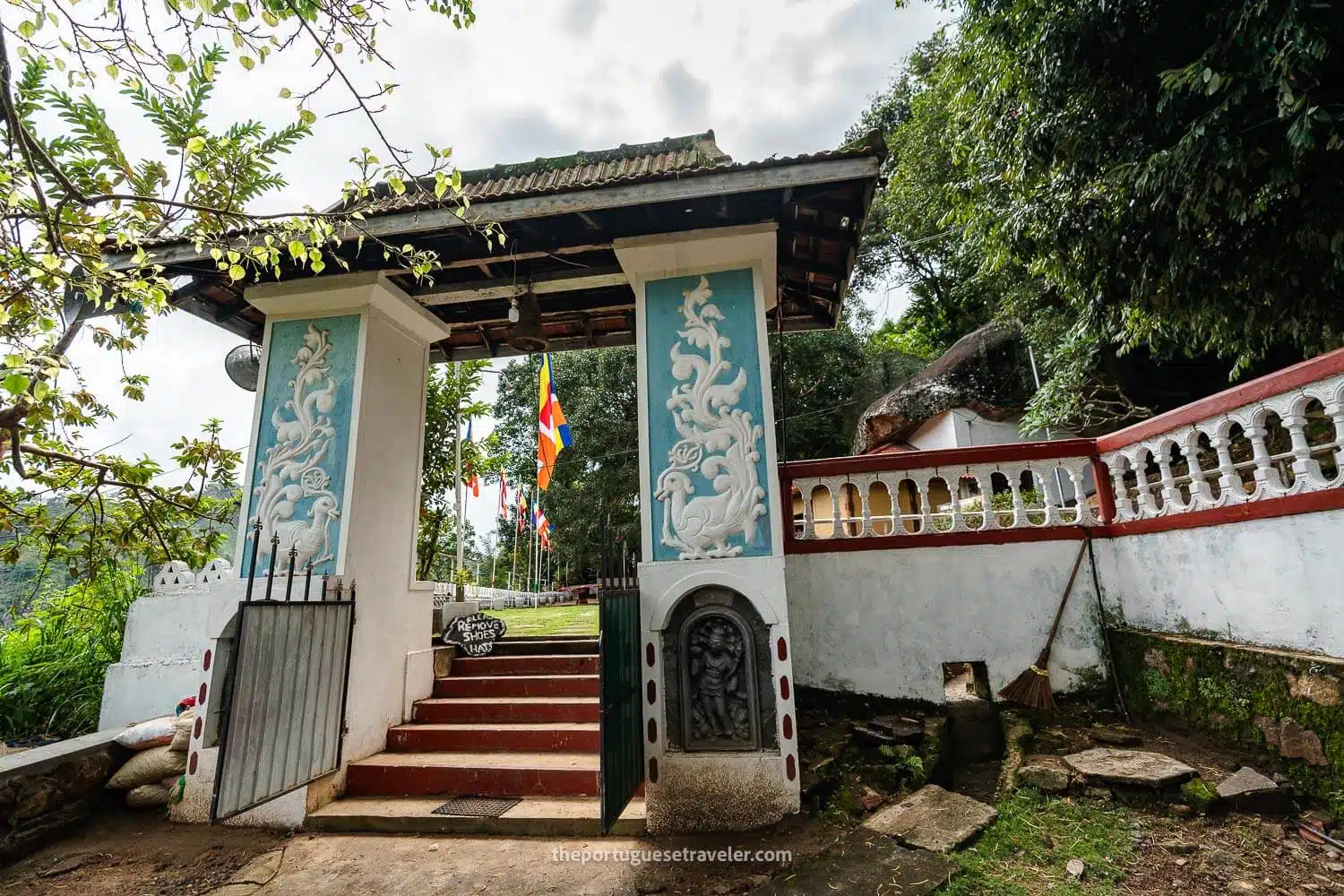
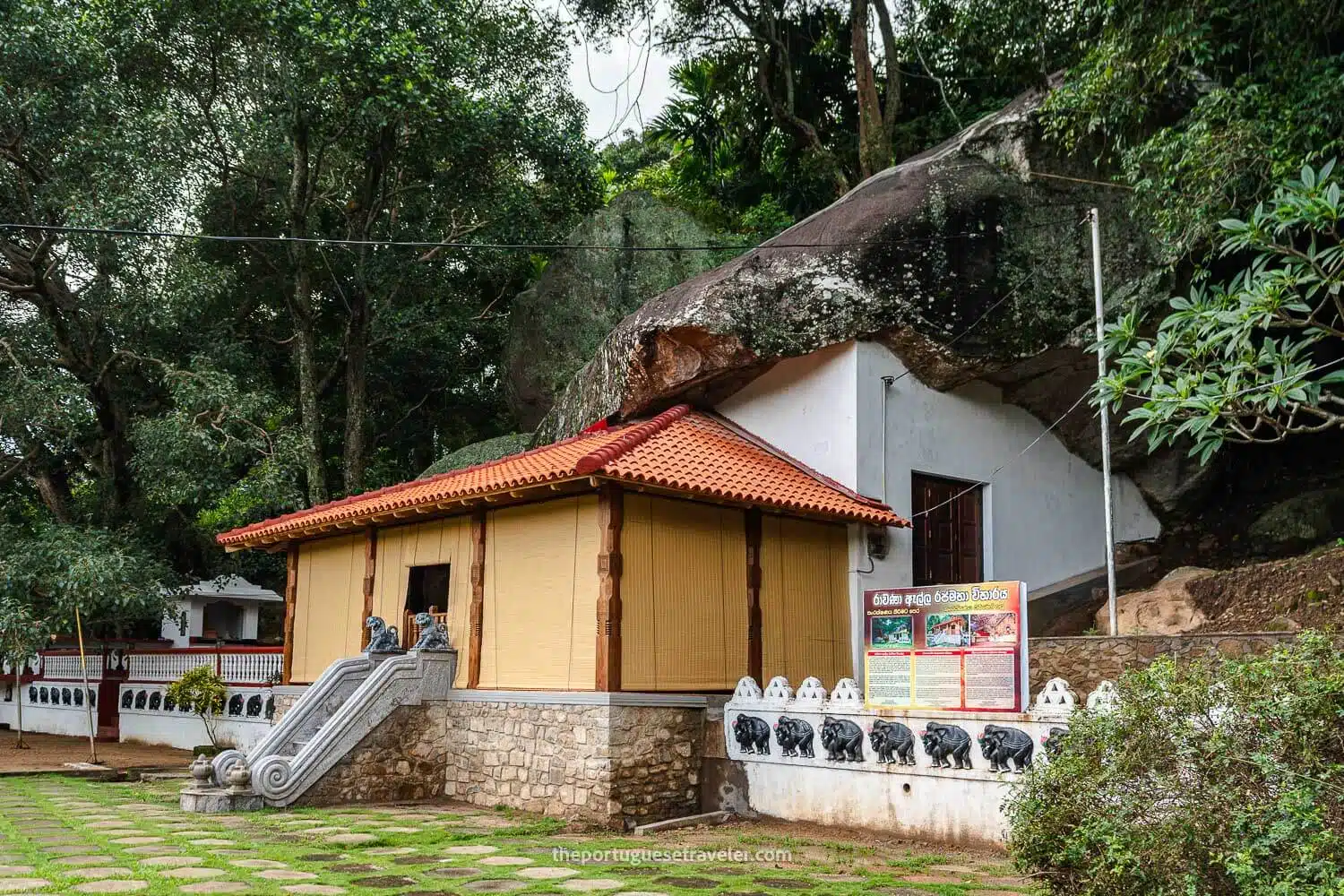
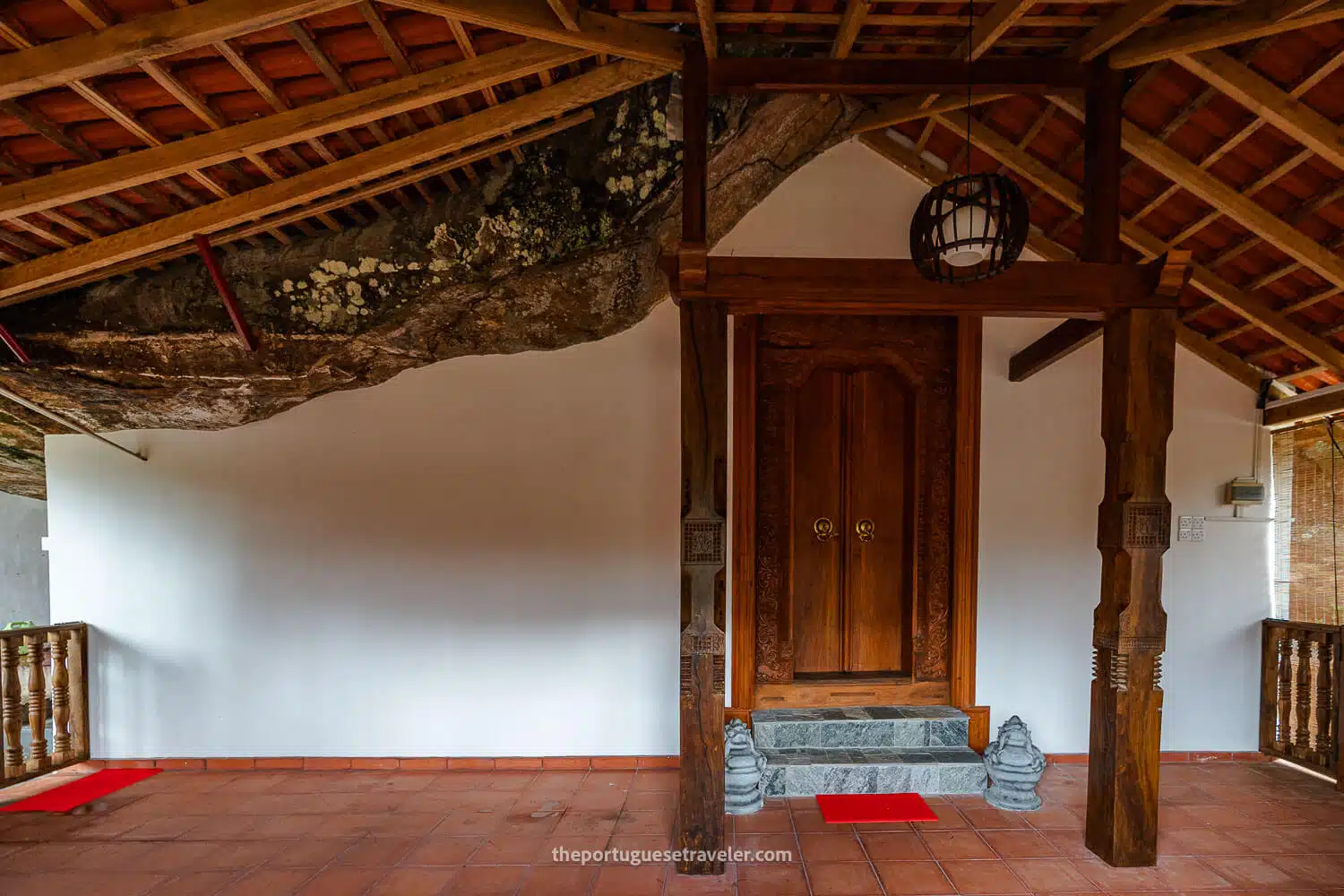
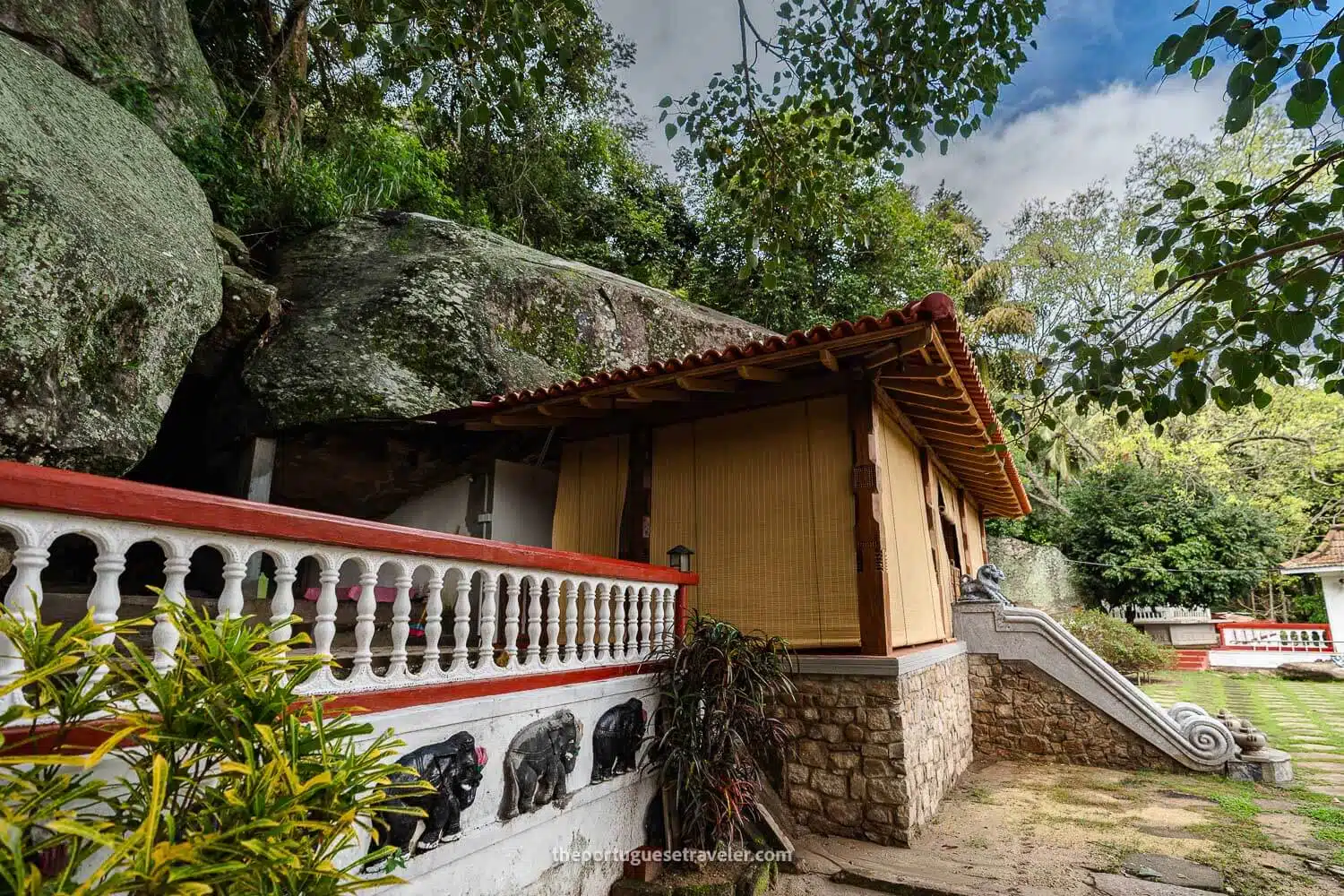
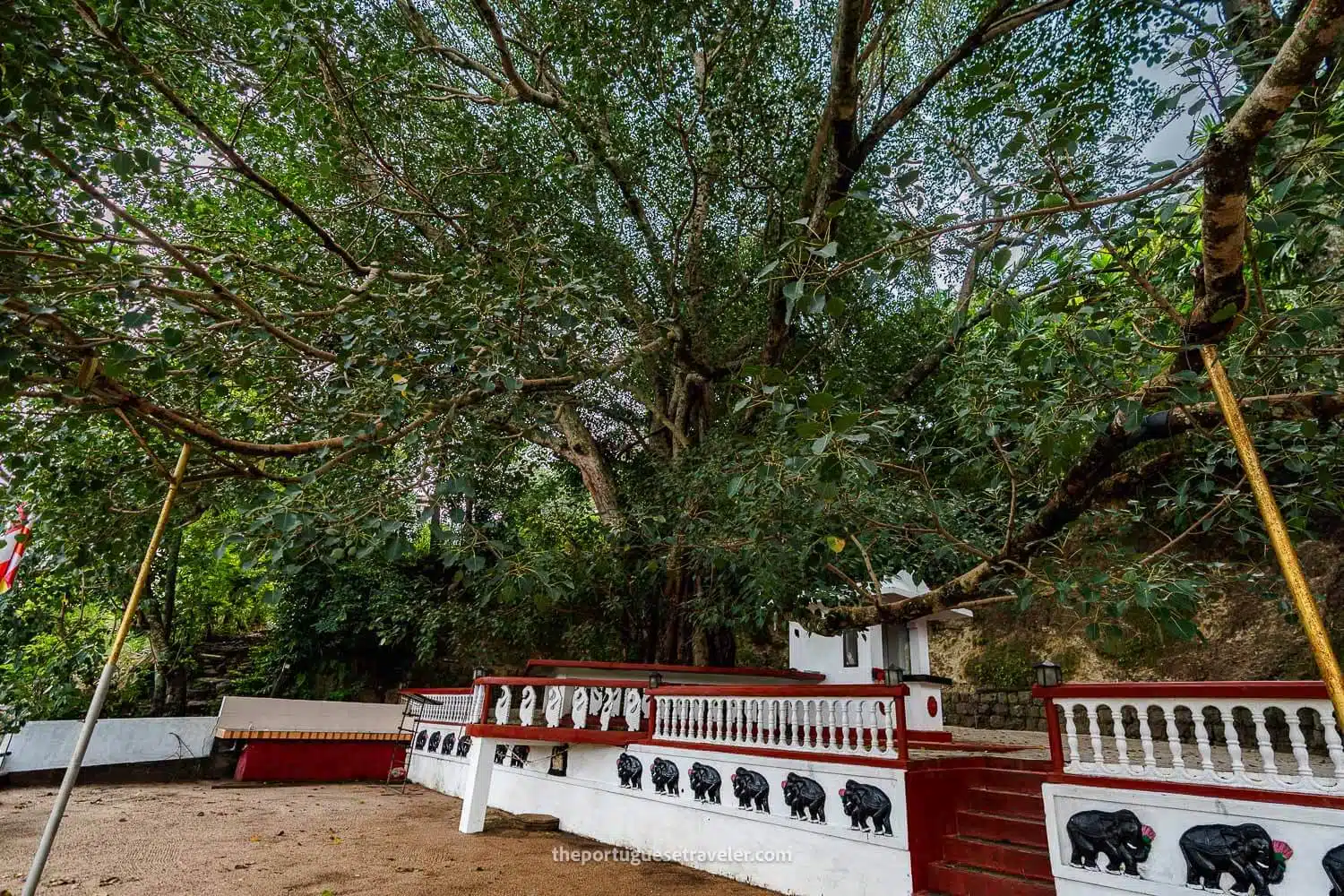
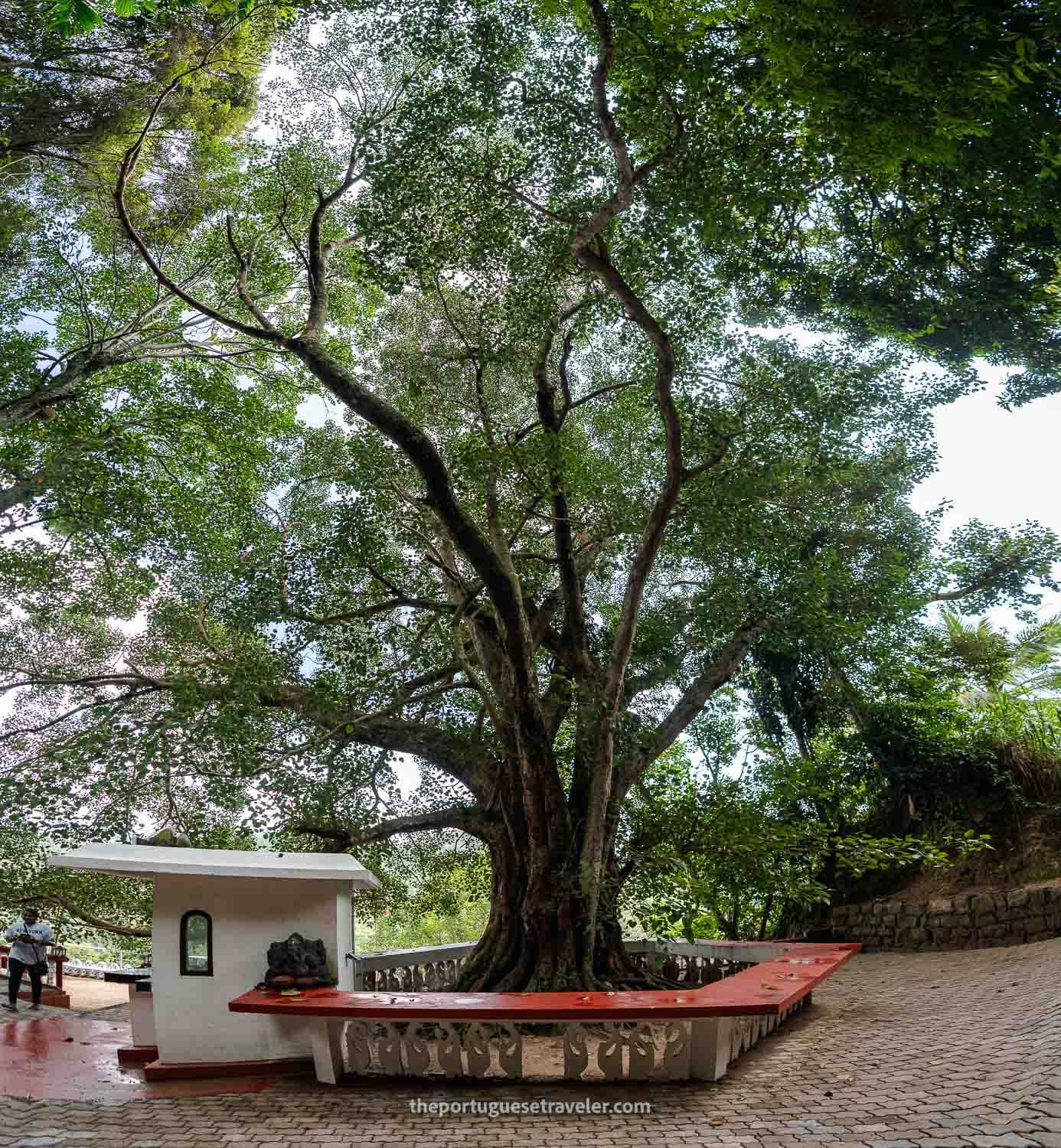
Exploring the Ravana's Cave
At the top, we reached the cave entrance, which is massive. When you enter, you can see the shape of the entrance from inside—it’s a huge opening that gives a great sense of scale. We also found hundreds of bats hanging from the ceiling, which was pretty cool to see. It’s a unique place, and I can imagine how Princess Sita and Ravana might have felt surrounded by such beauty.
After exploring the cave, we made our way back down and waited for the rest of the group to finish the climb. If you have knee or mobility issues, I’d recommend skipping the 600-step climb. While the cave and surroundings are beautiful, the climb might be too much for some, and I’d definitely skip it if I had knee problems.
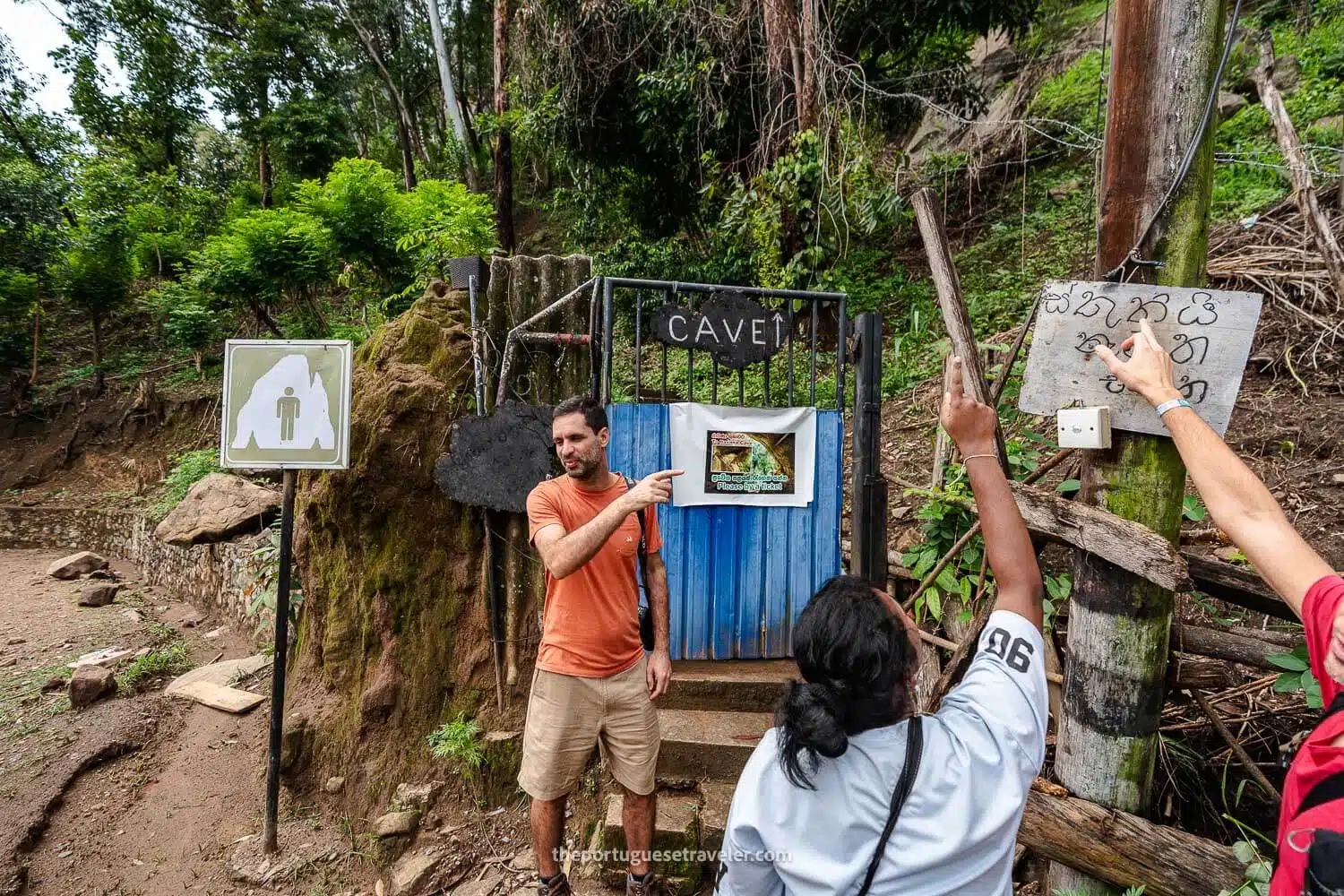
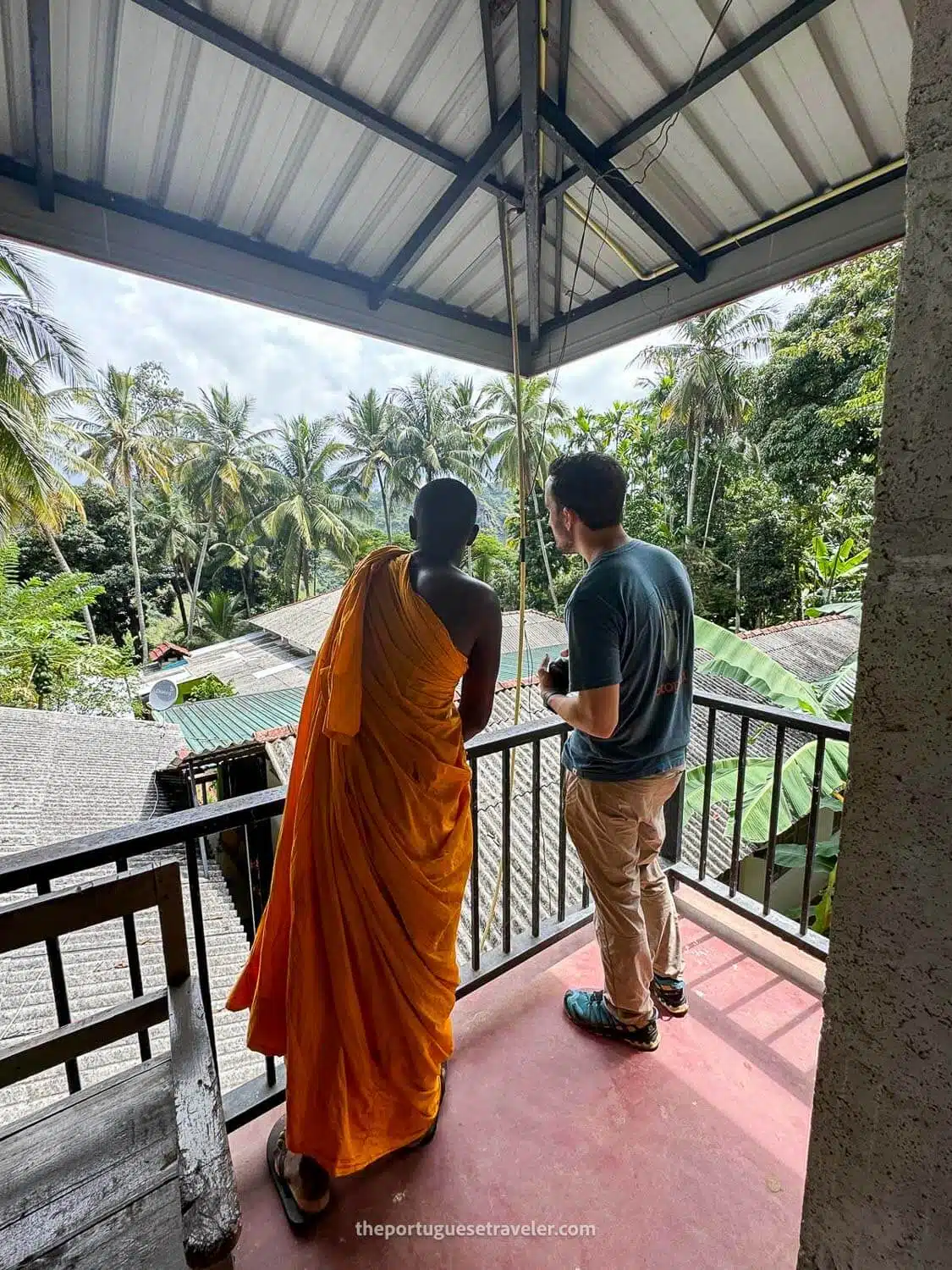
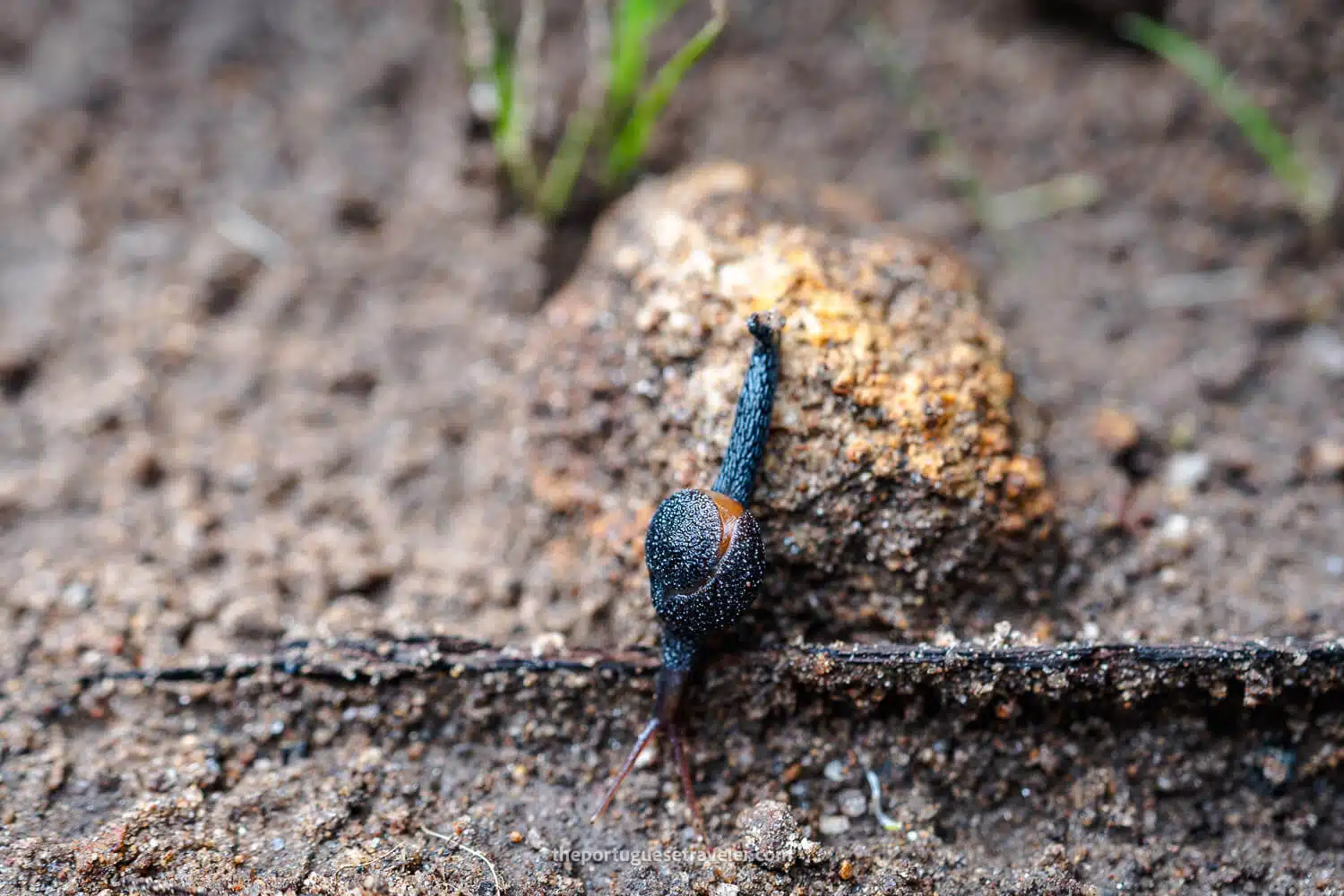
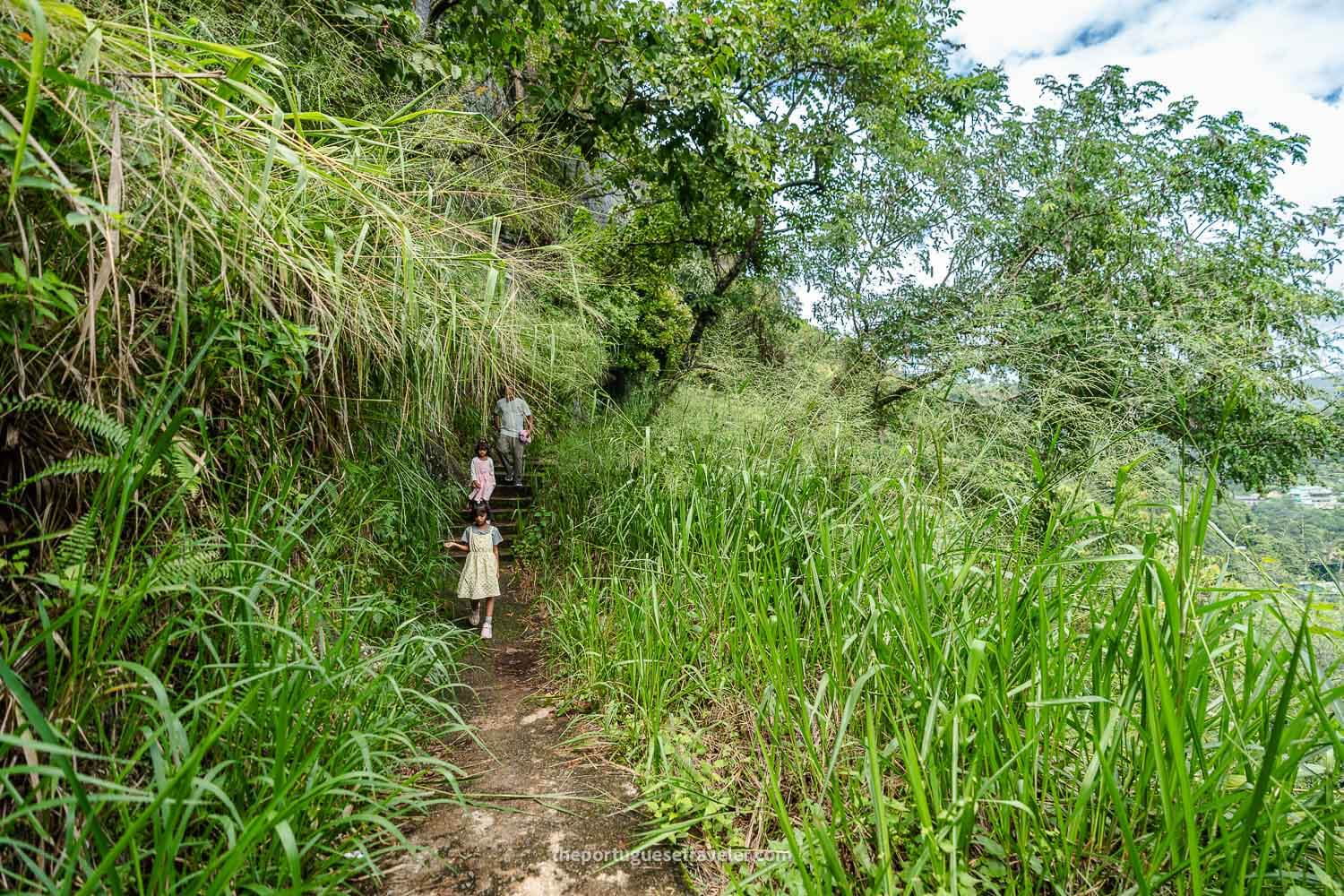
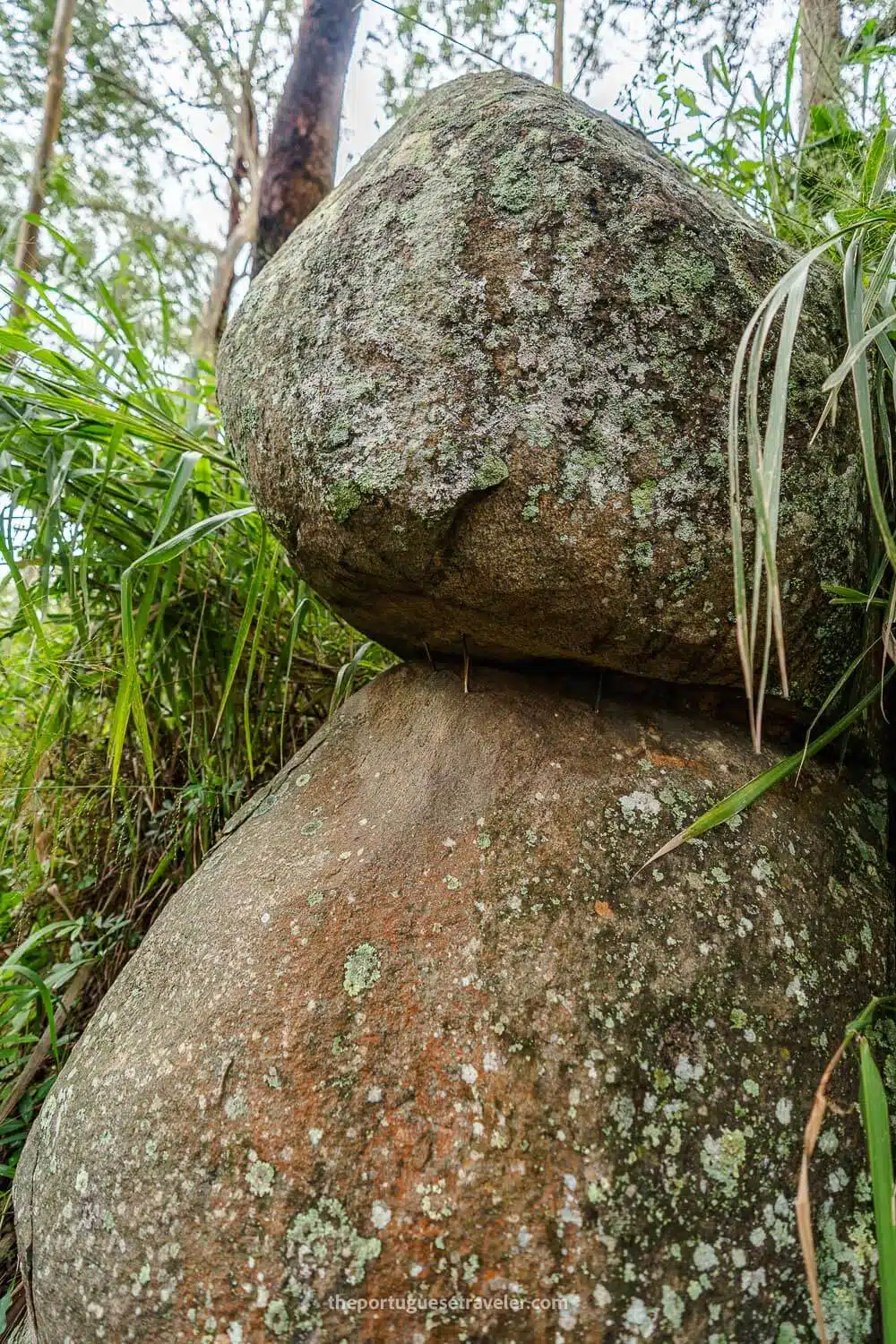
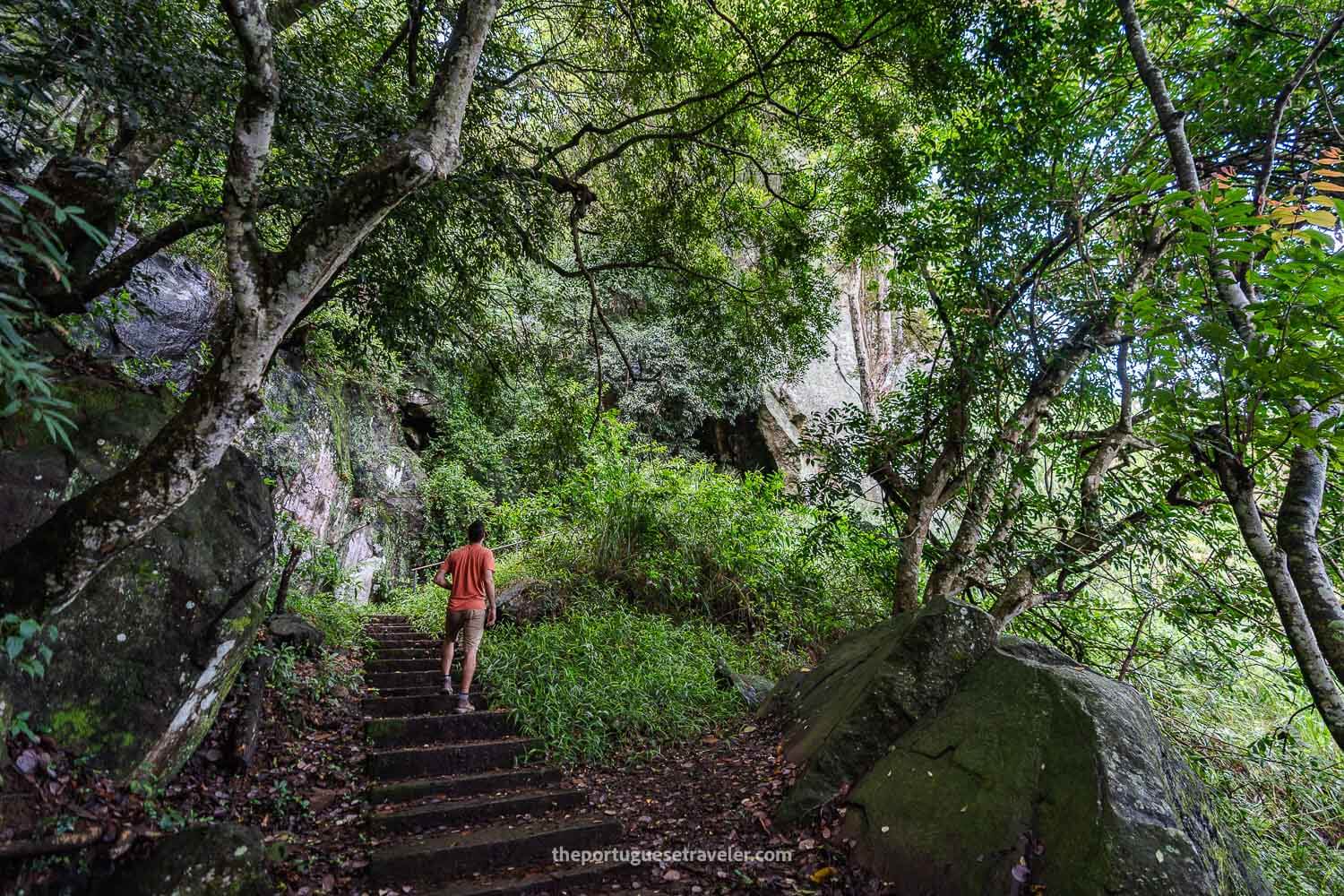
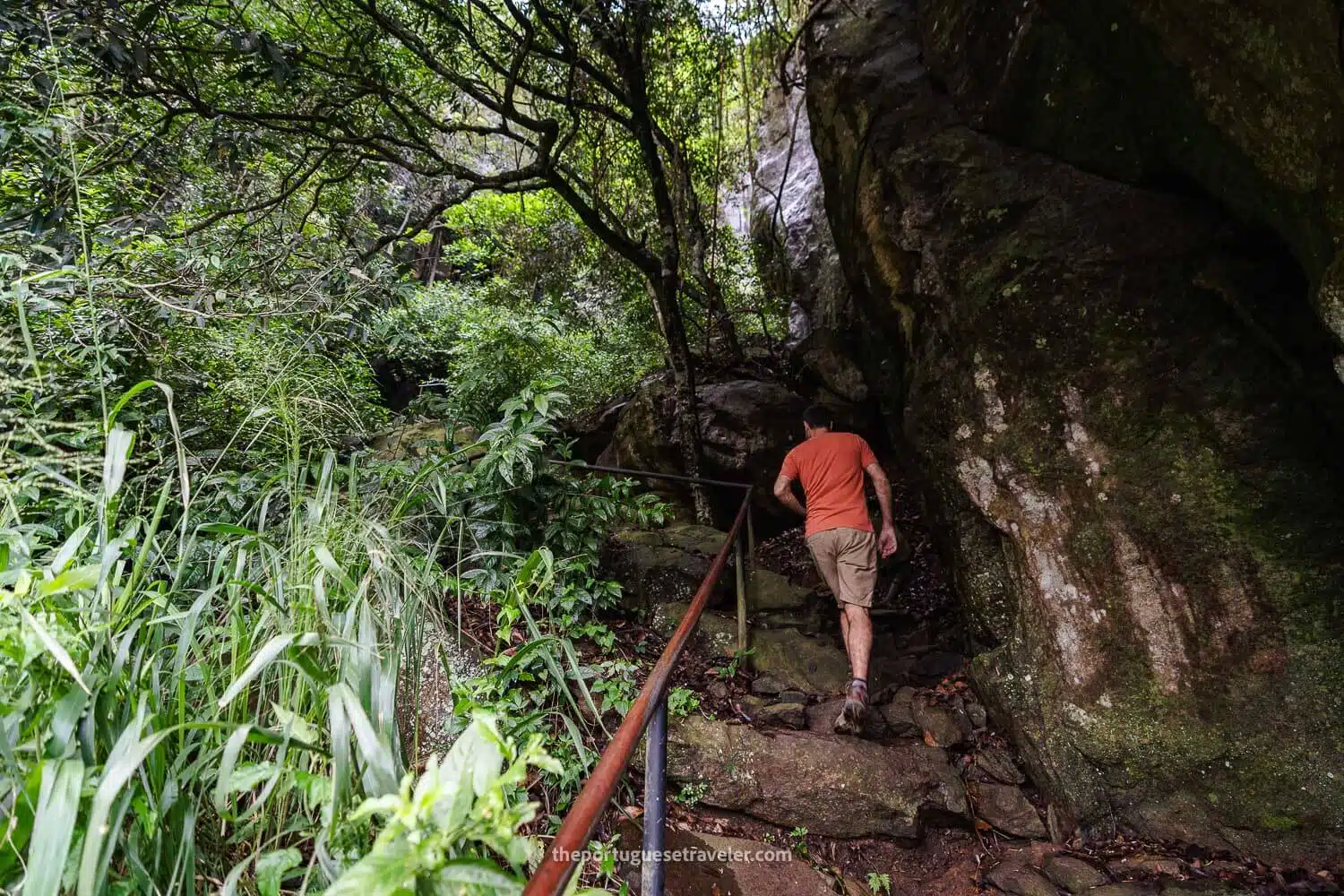
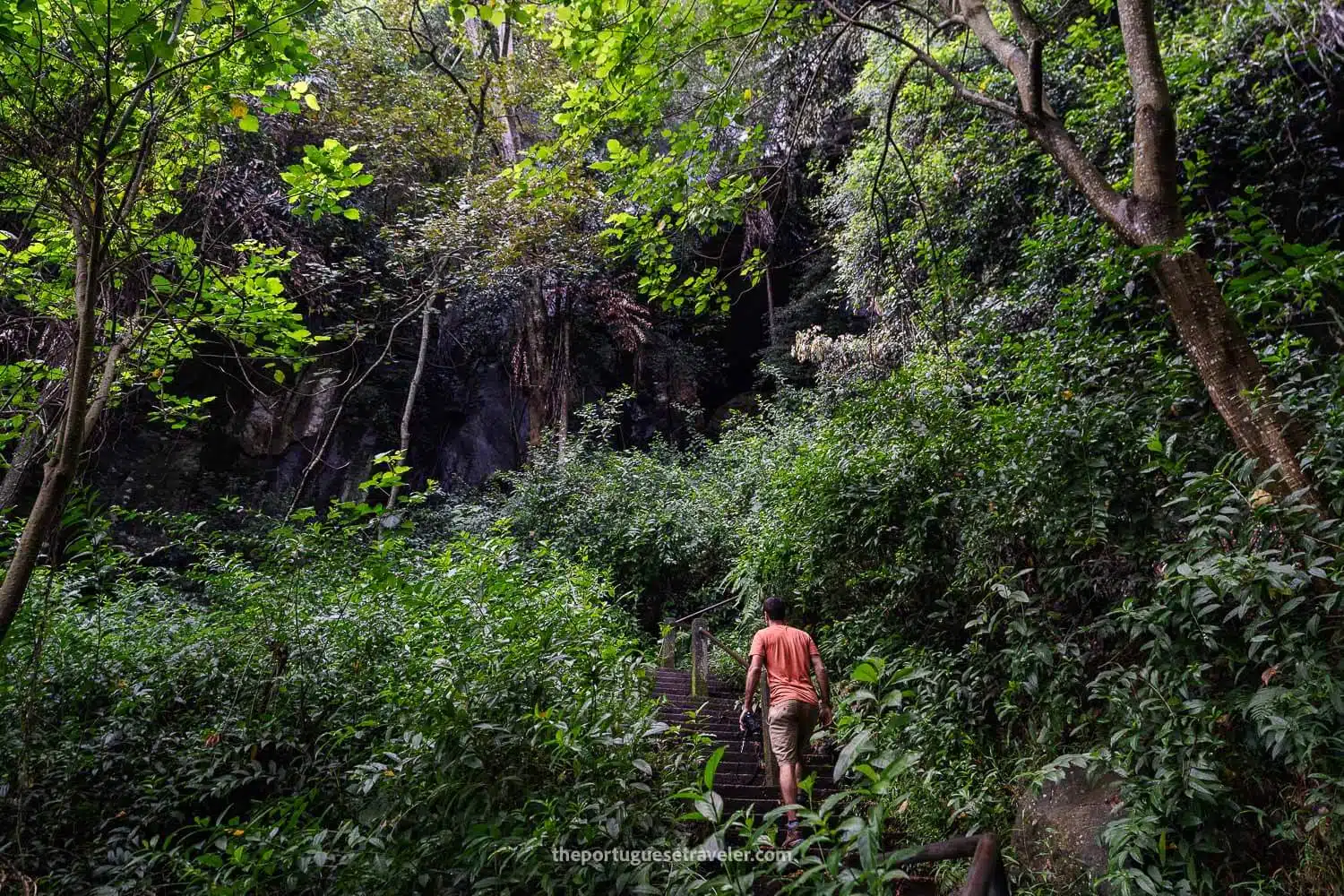
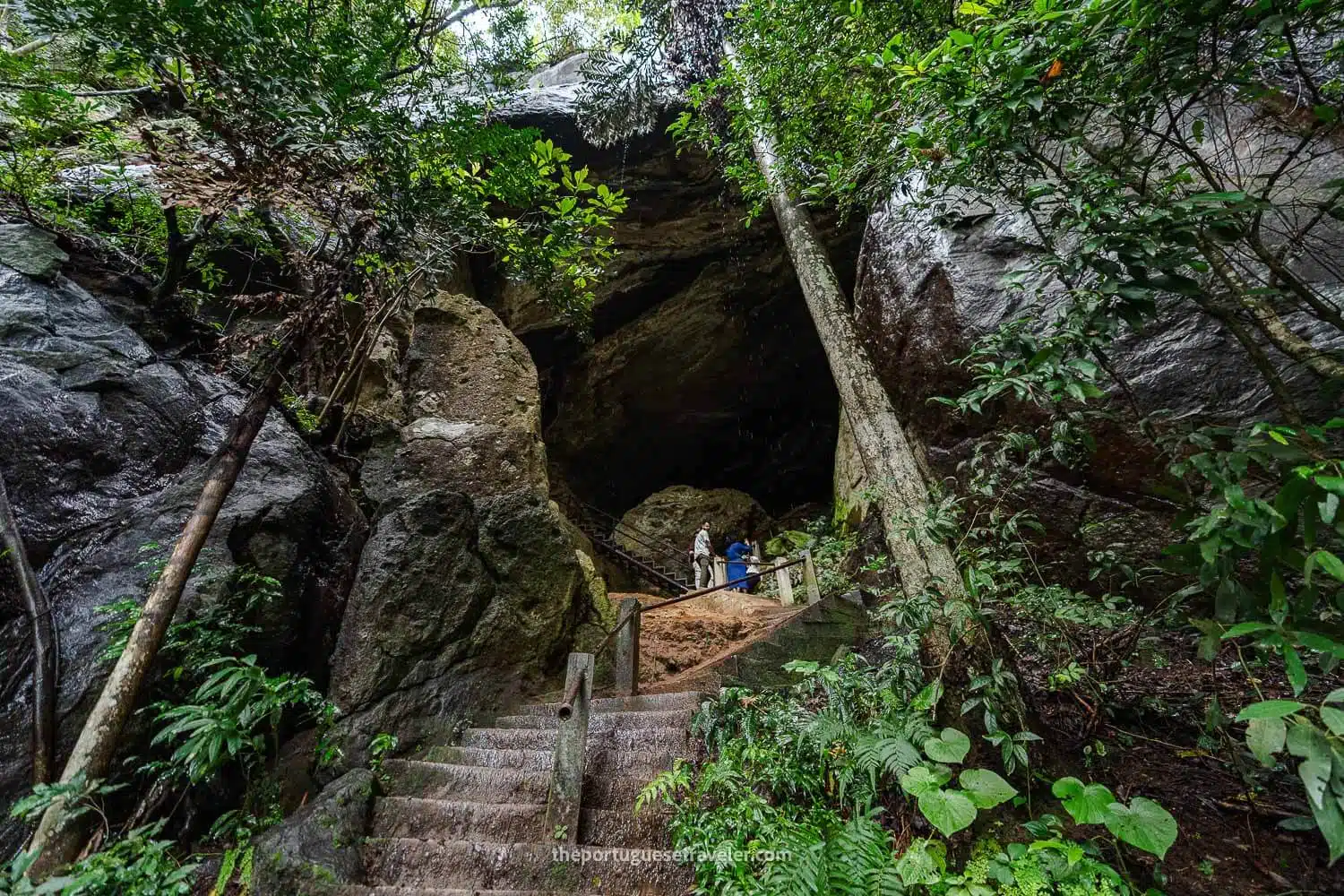
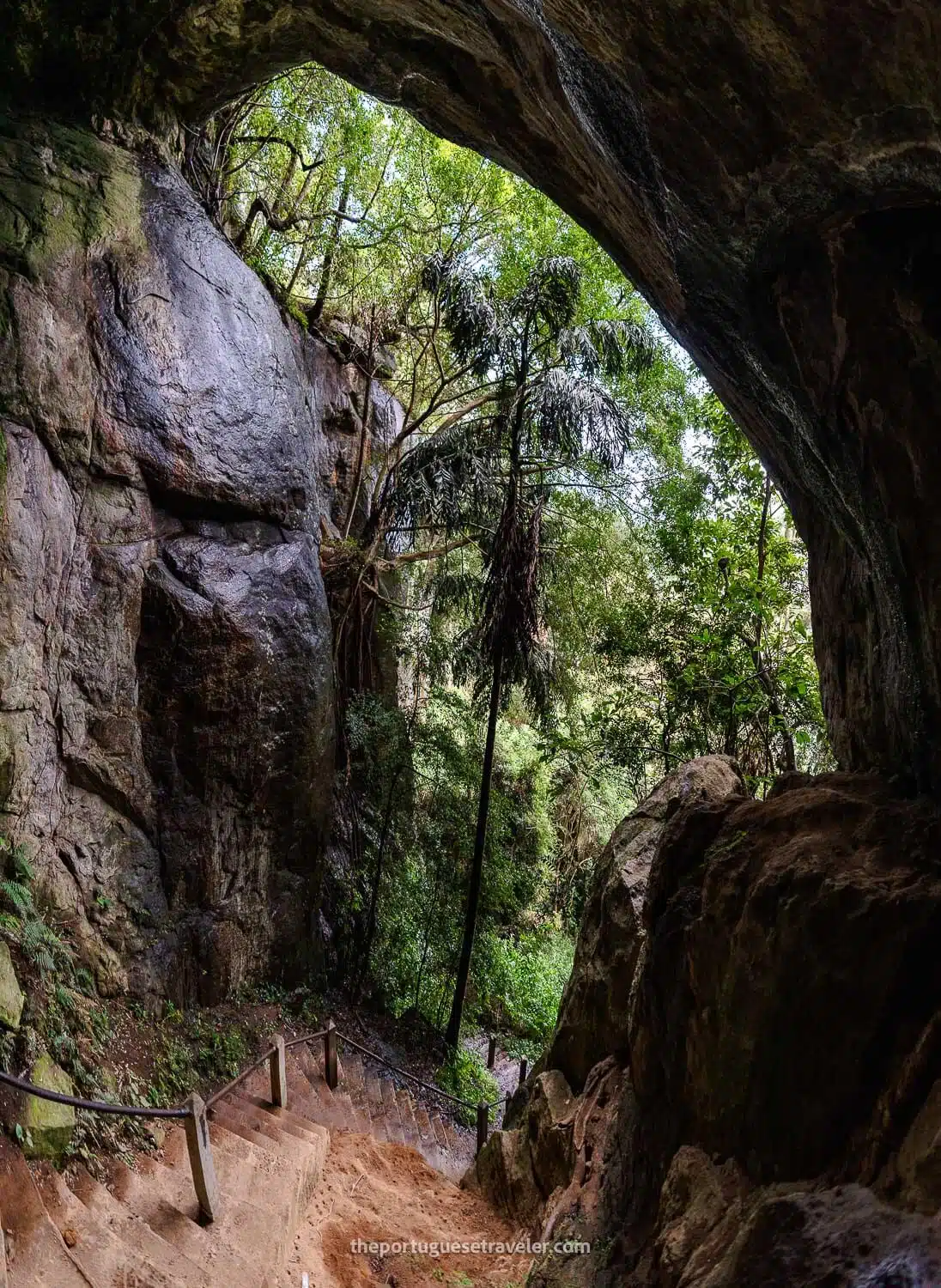
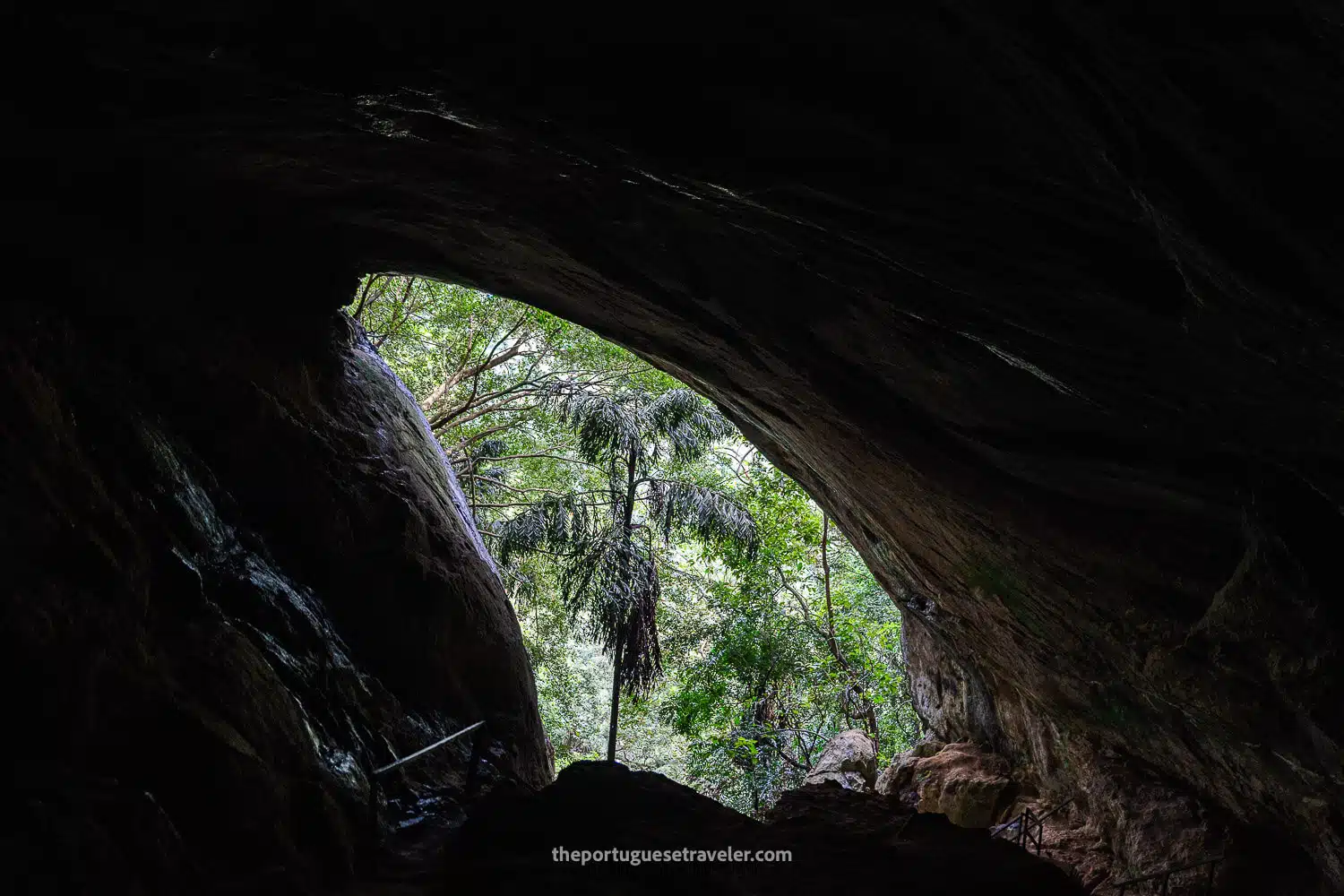
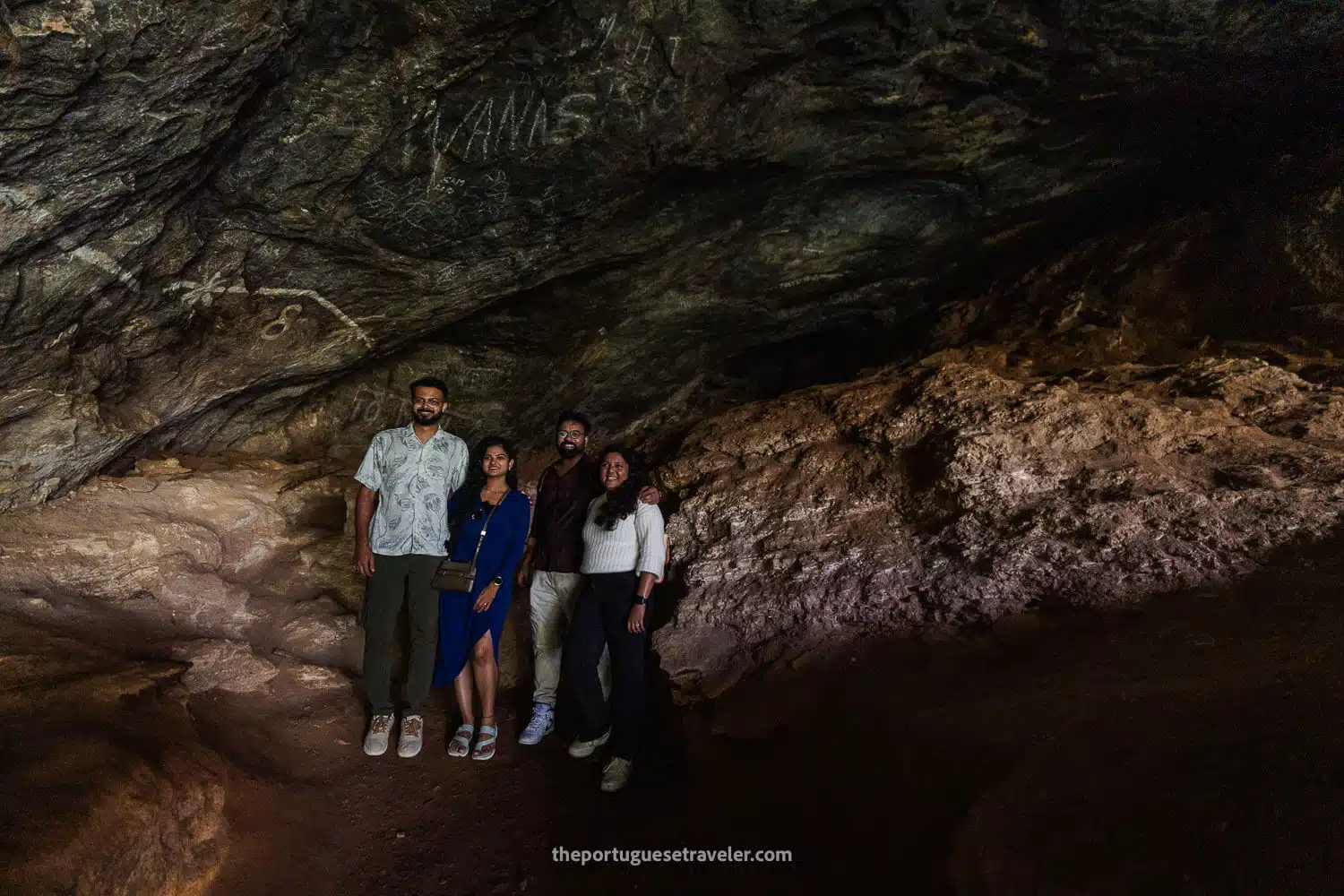
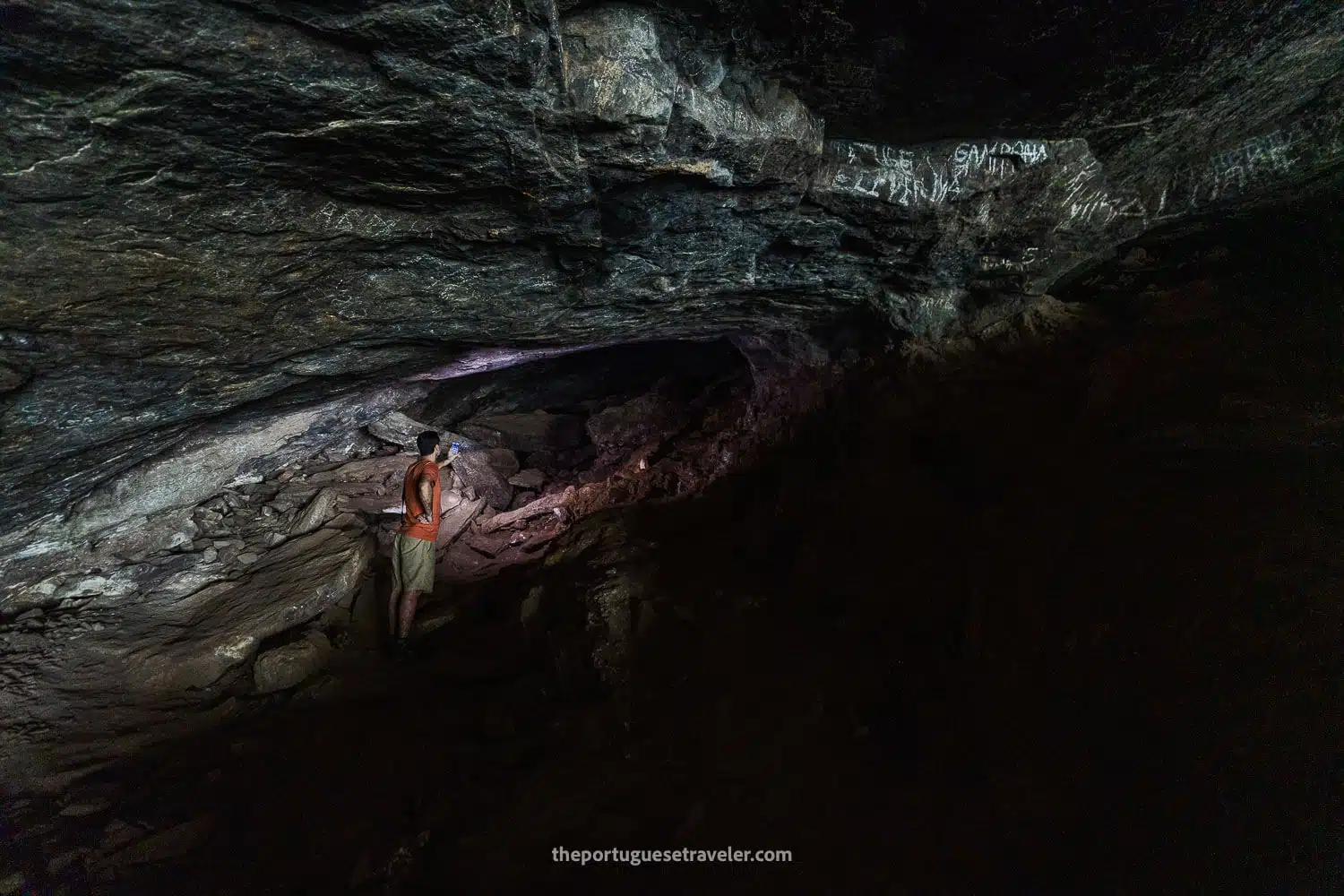
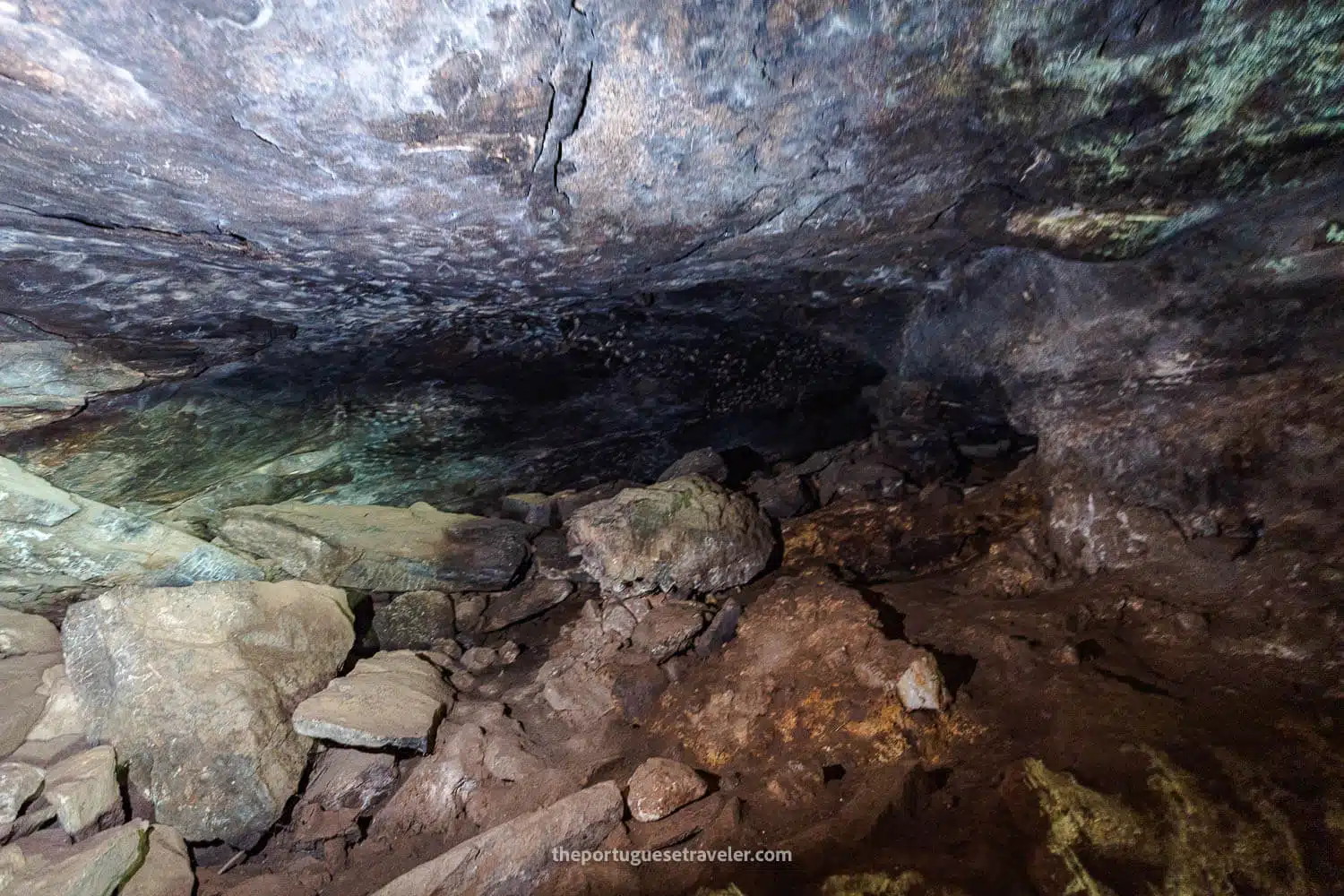
Once we were done at Ravana’s Cave, we headed to Halpe Tea Plantation for a tour, followed by a visit to the Mahamevnawa Buddhist Monastery. It was a packed day, but definitely worth it – so much culture and history in such a short time.
How about you? Would you take on that climb?
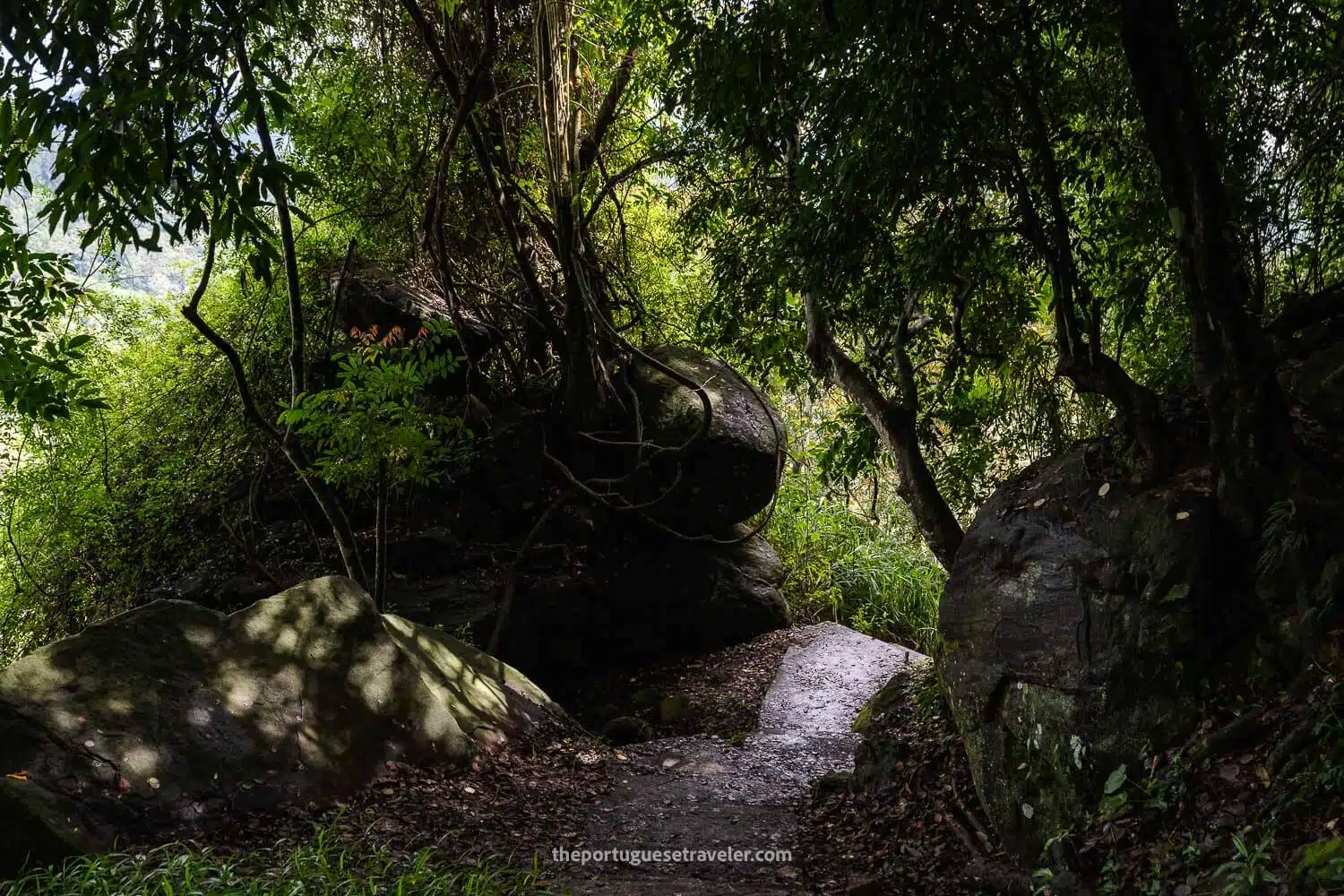
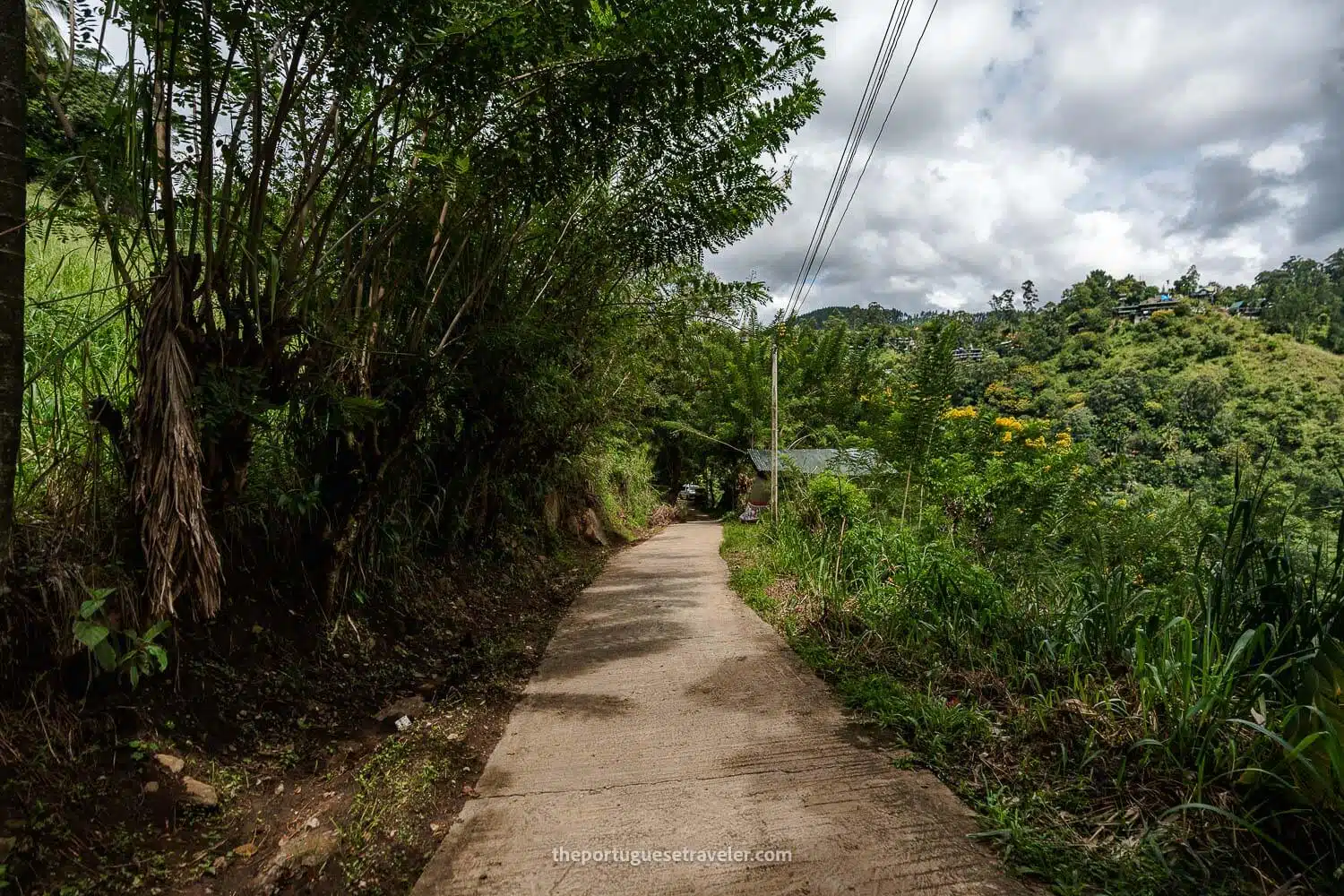
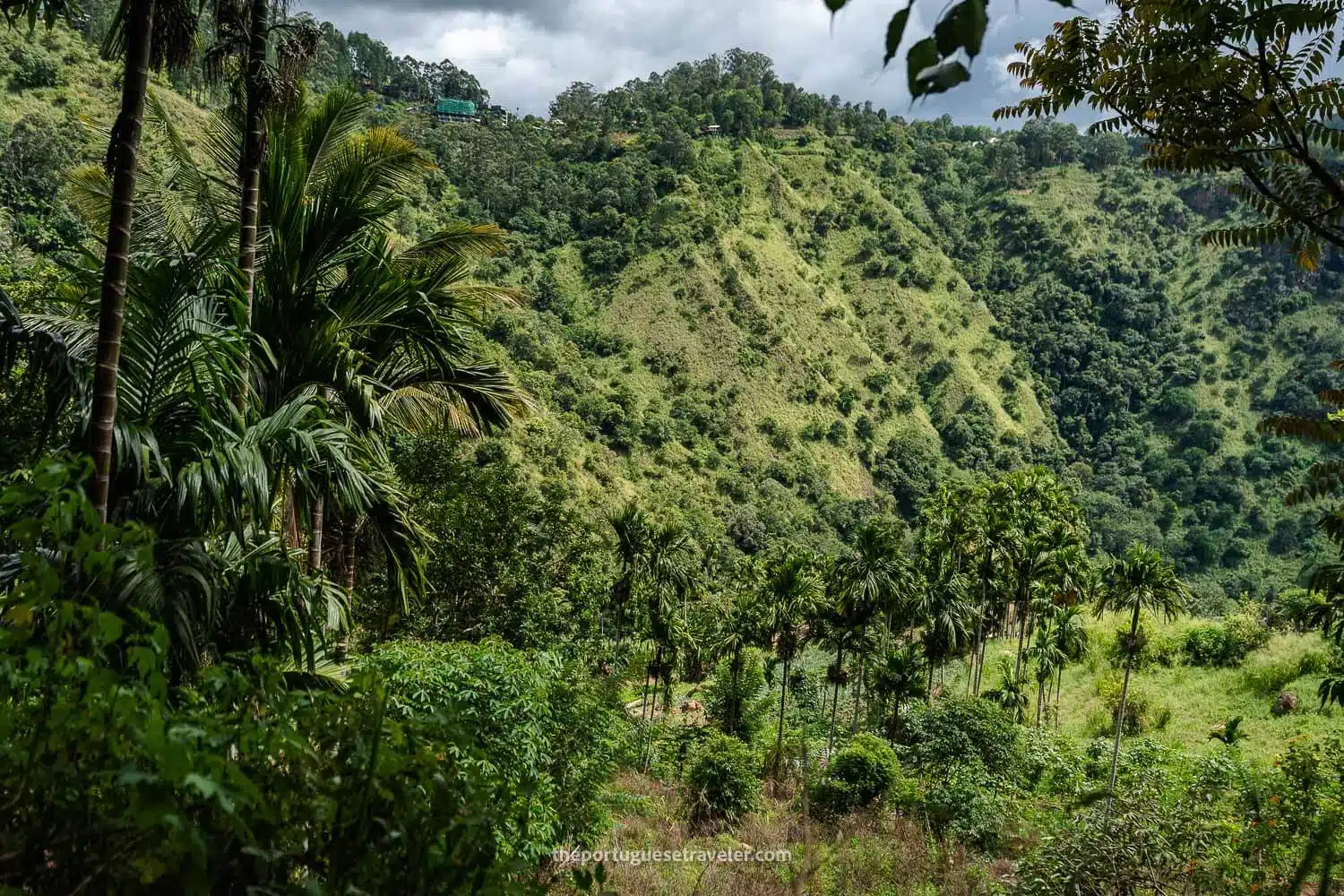
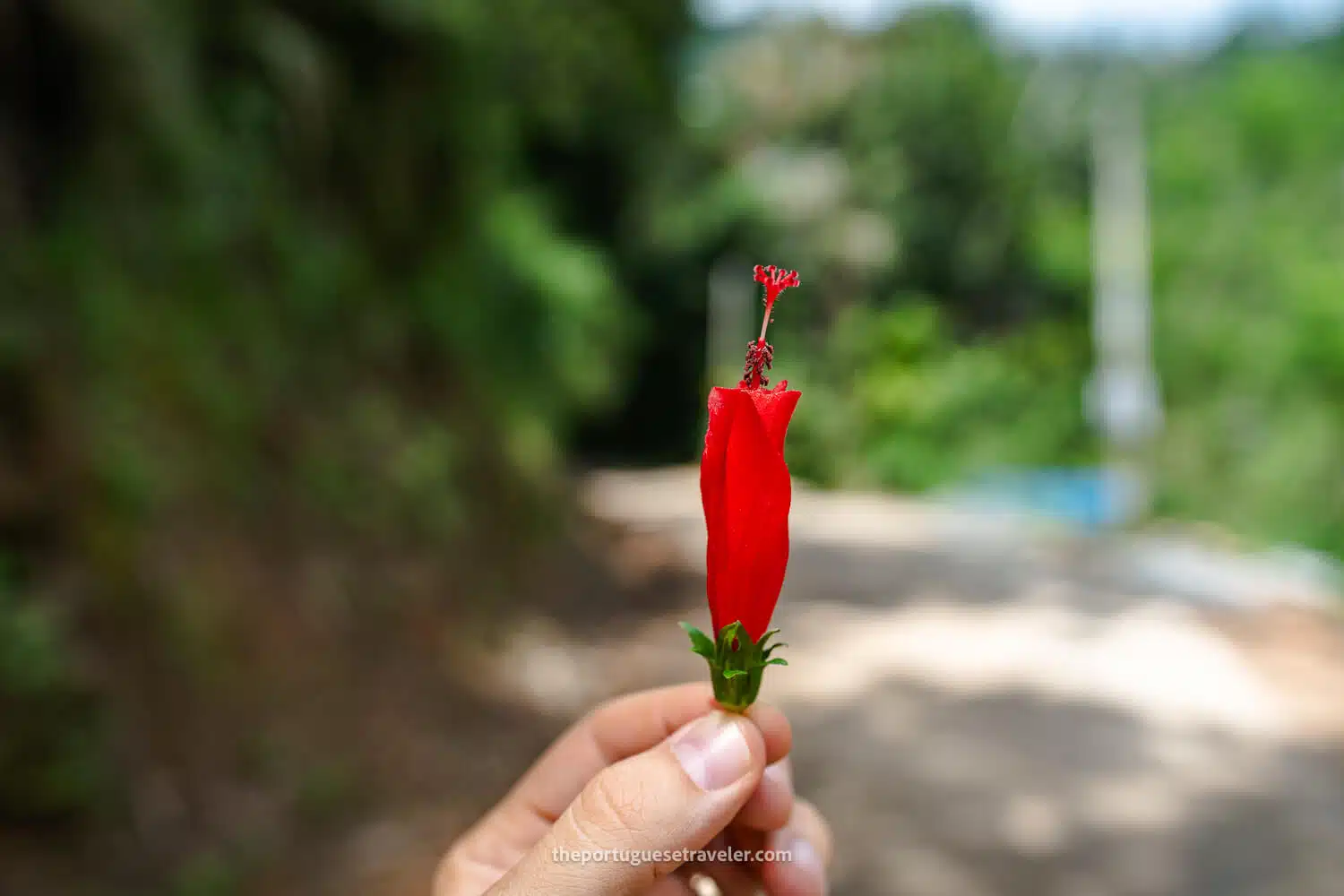
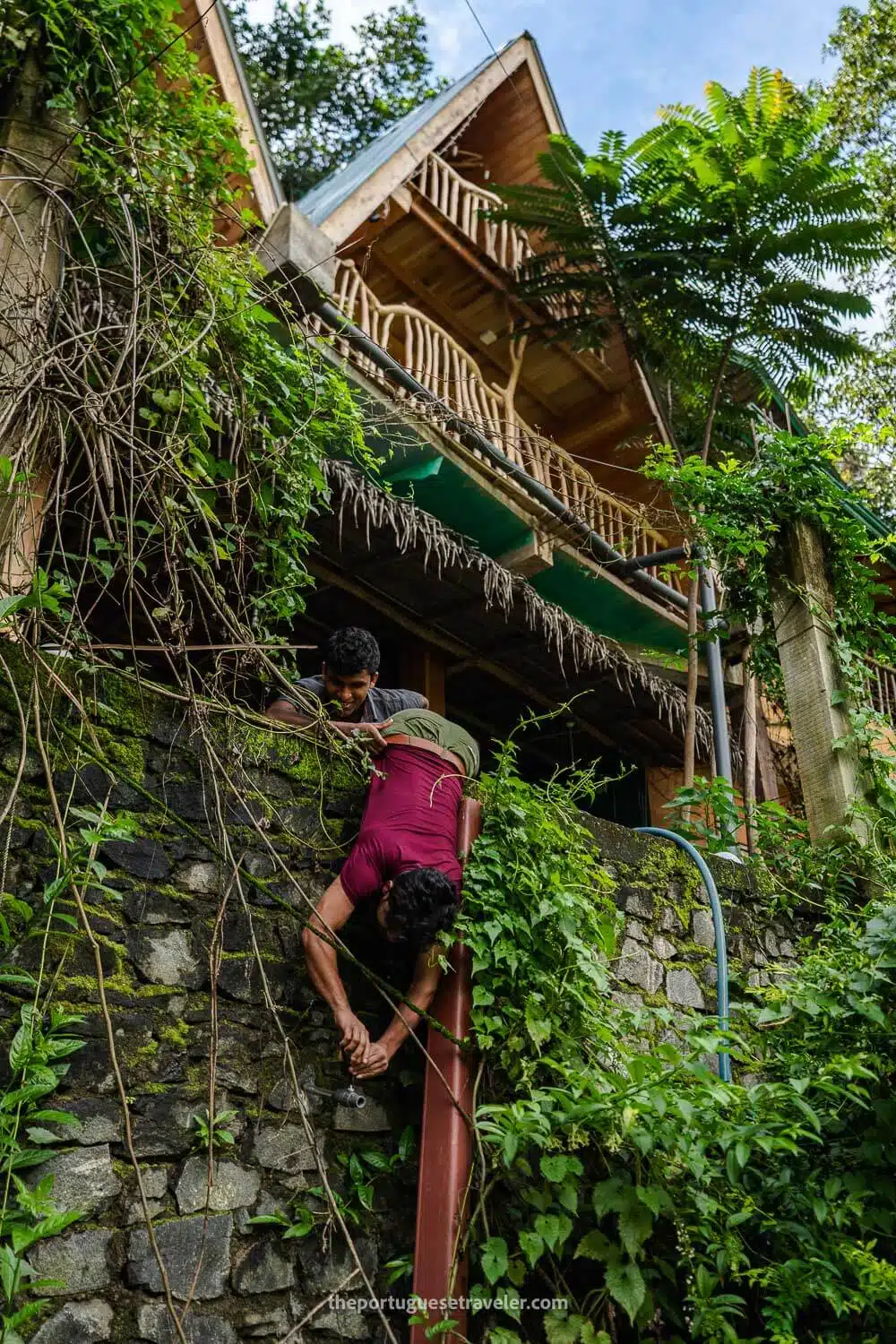
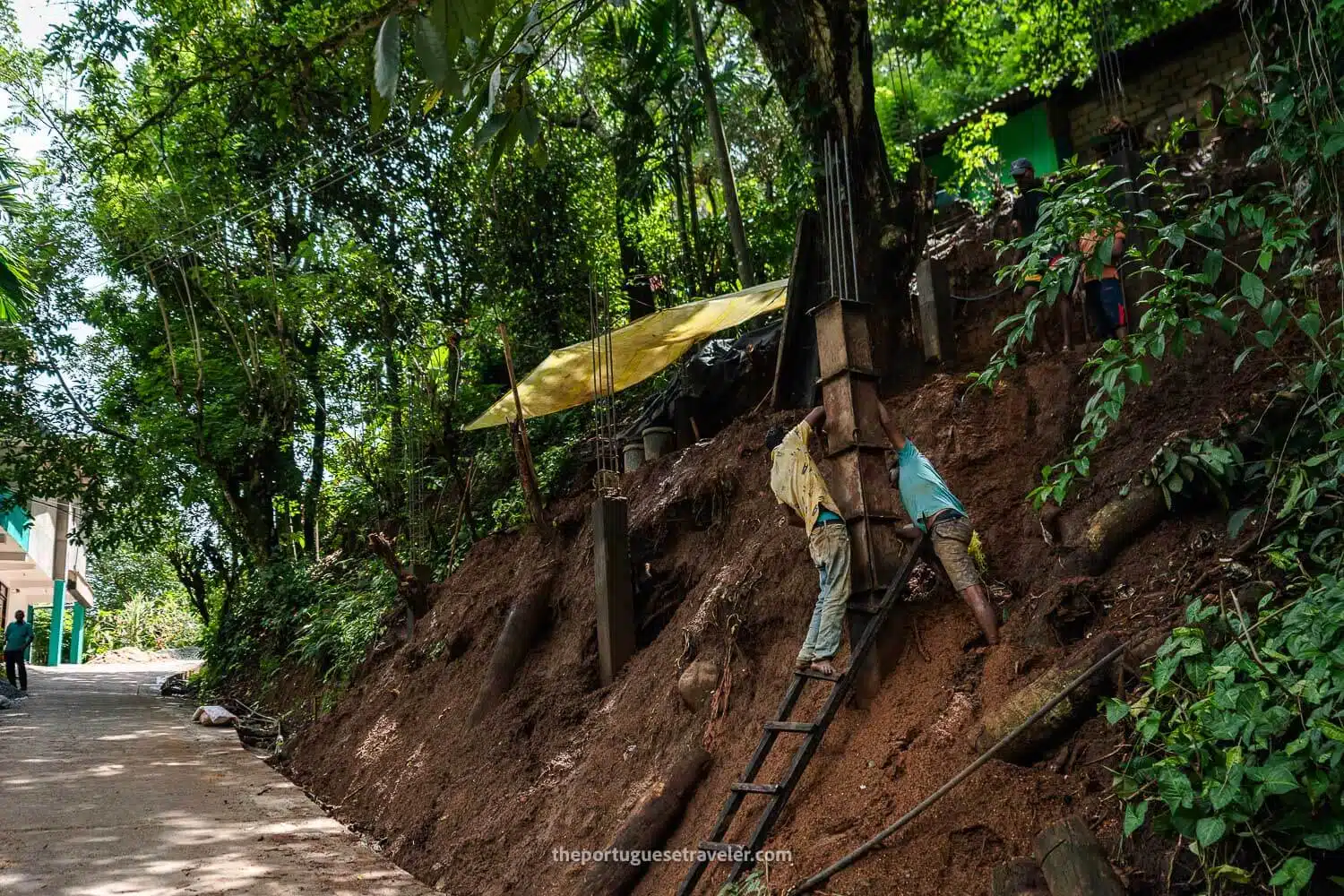
Plan your next adventure with us!
Here are the links we use and recommend to plan your trip easily and safely. You won’t pay more, and you’ll help keep the blog running!
Adventures in Sri Lanka - The Ancient Ceylon
Explore The Galapagos Islands
Hiking in Switzerland & Italy
The Hidden Worlds of Ecuador
ABOUT ME
I’m João Petersen, an explorer at heart, travel leader, and the creator of The Portuguese Traveler. Adventure tourism has always been my passion, and my goal is to turn my blog into a go-to resource for outdoor enthusiasts. Over the past few years, I’ve dedicated myself to exploring remote destinations, breathtaking landscapes, and fascinating cultures, sharing my experiences through a mix of storytelling and photography.
SUBSCRIBE
Don’t Miss Out! Be the first to know when I share new adventures—sign up for The Portuguese Traveler newsletter!
MEMBER OF
RECENT POSTS
COMMUNITY
TRAVEL INSURANCE
Lost luggage, missed flights, or medical emergencies – can you afford the risk? For peace of mind, I always trust Heymondo Travel Insurance.
Get 5% off your insurance with my link!
